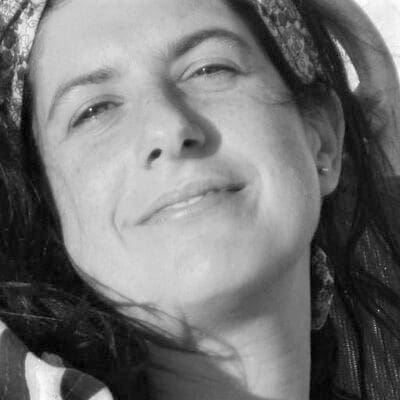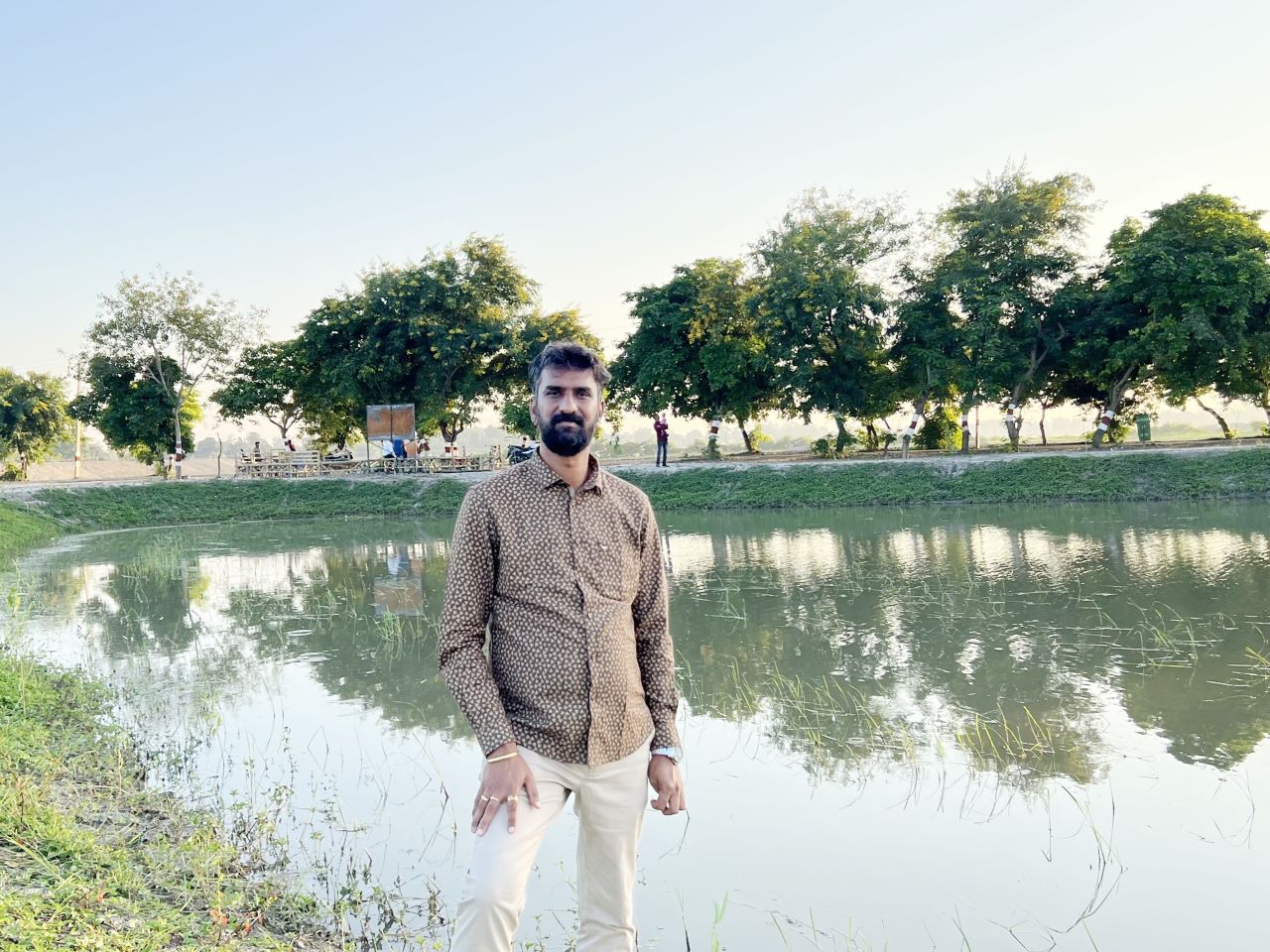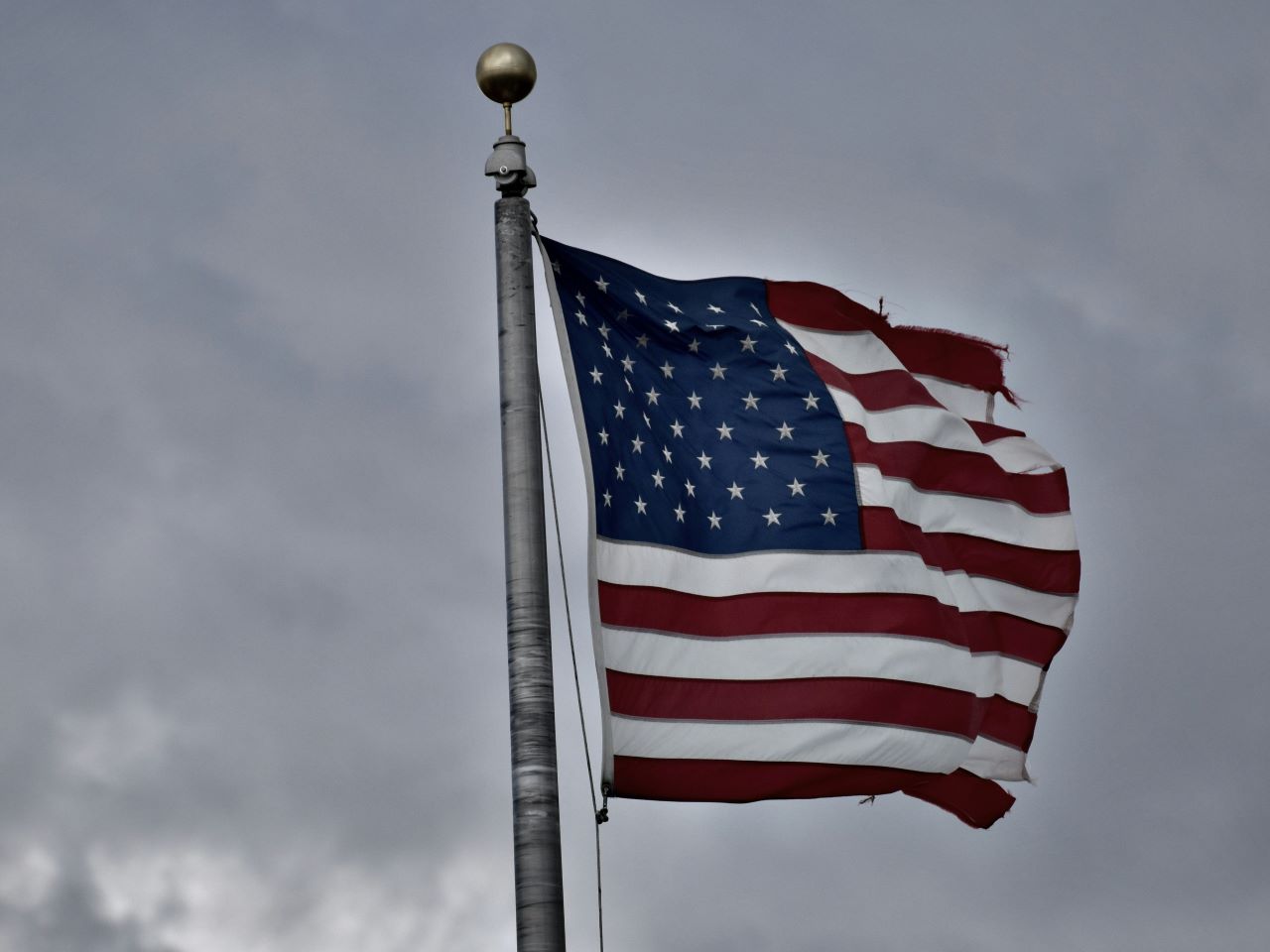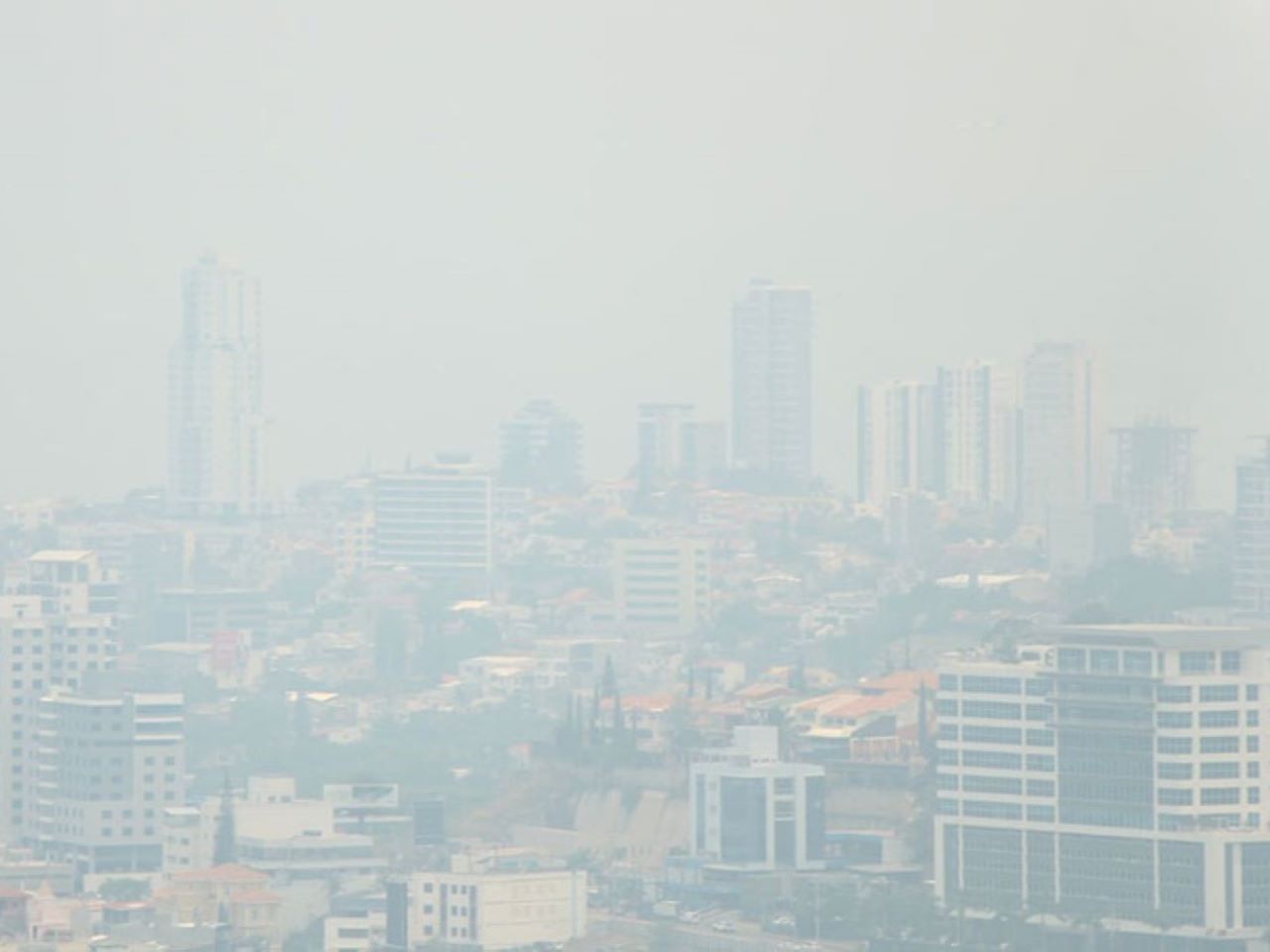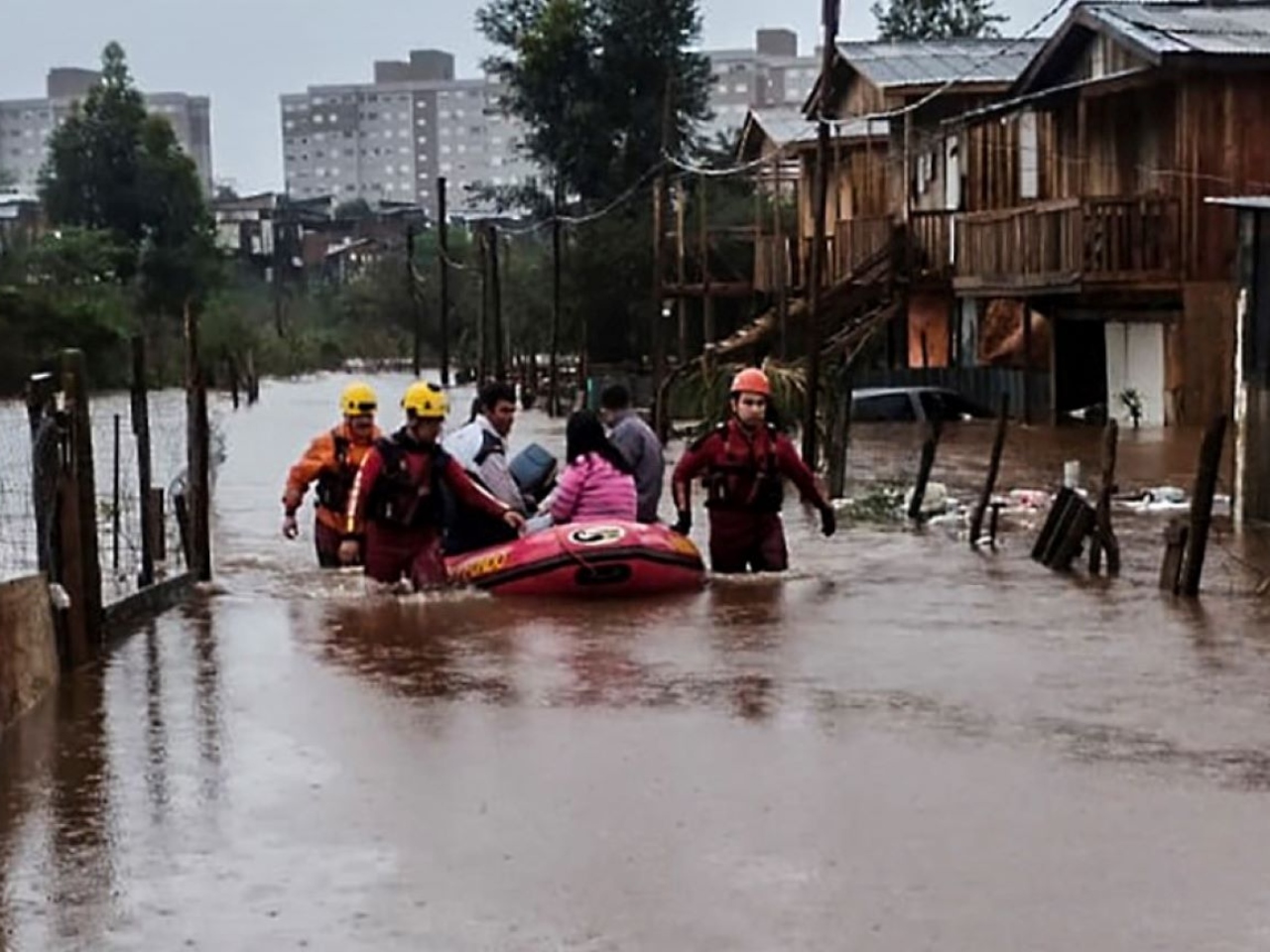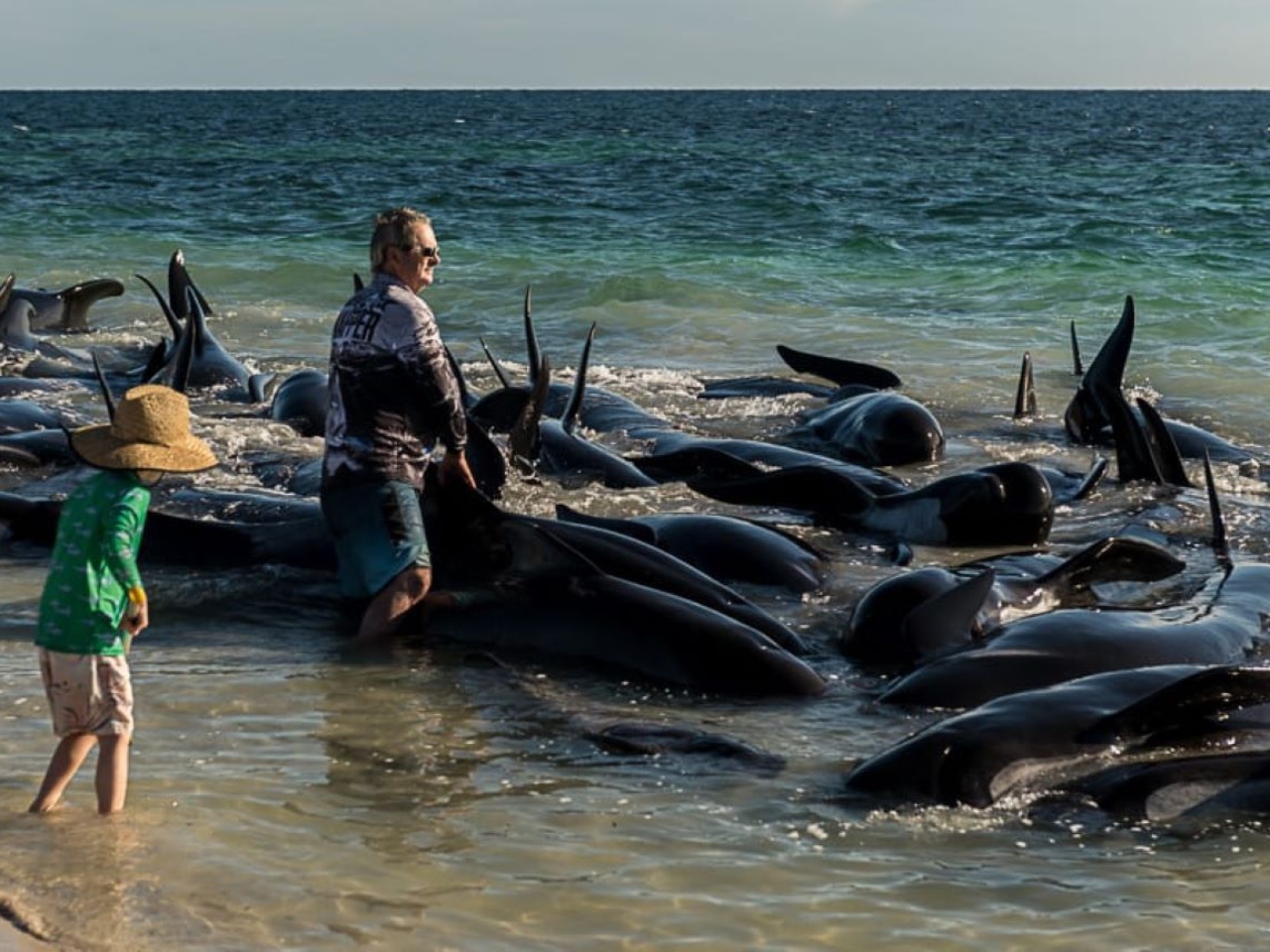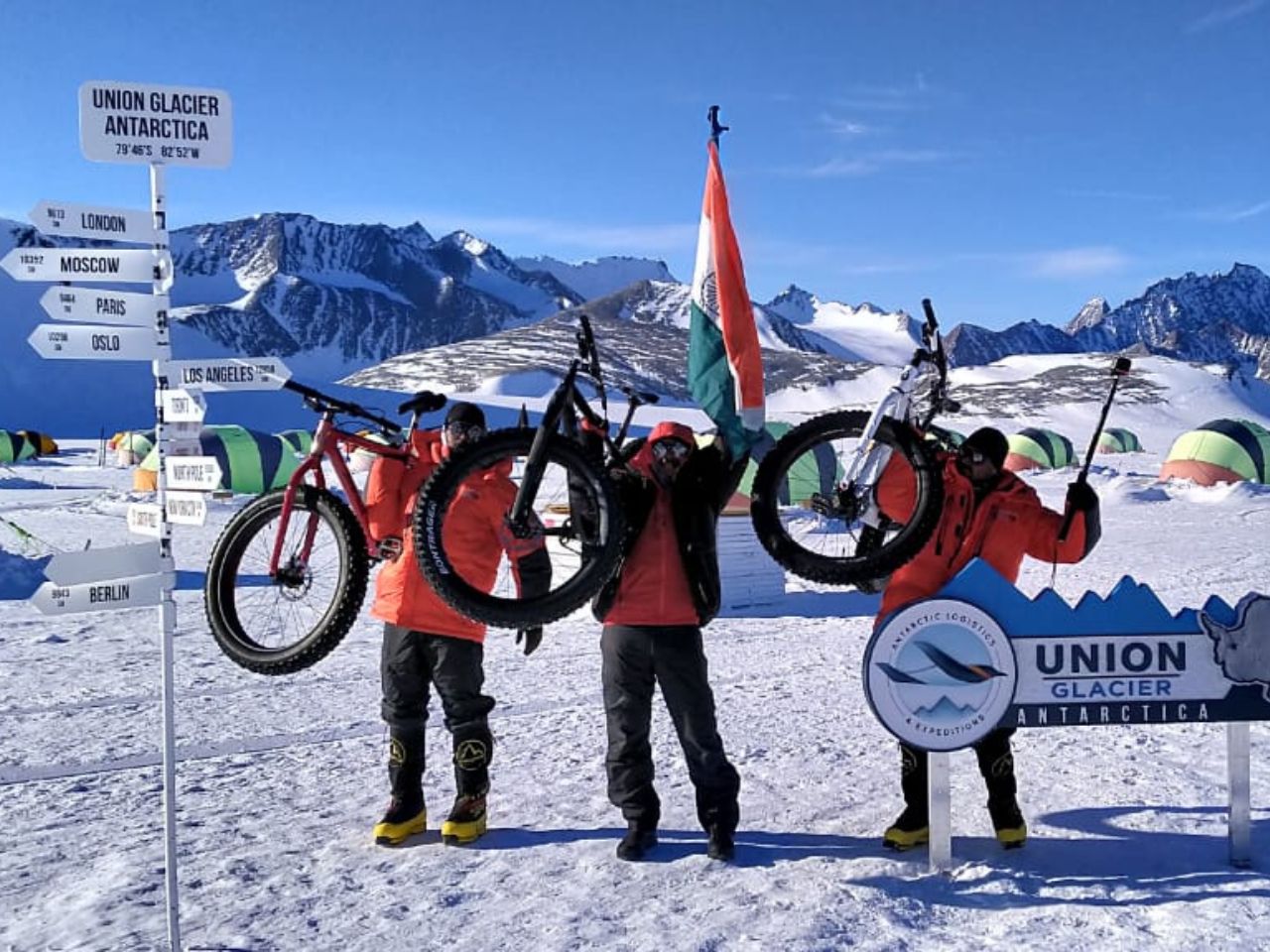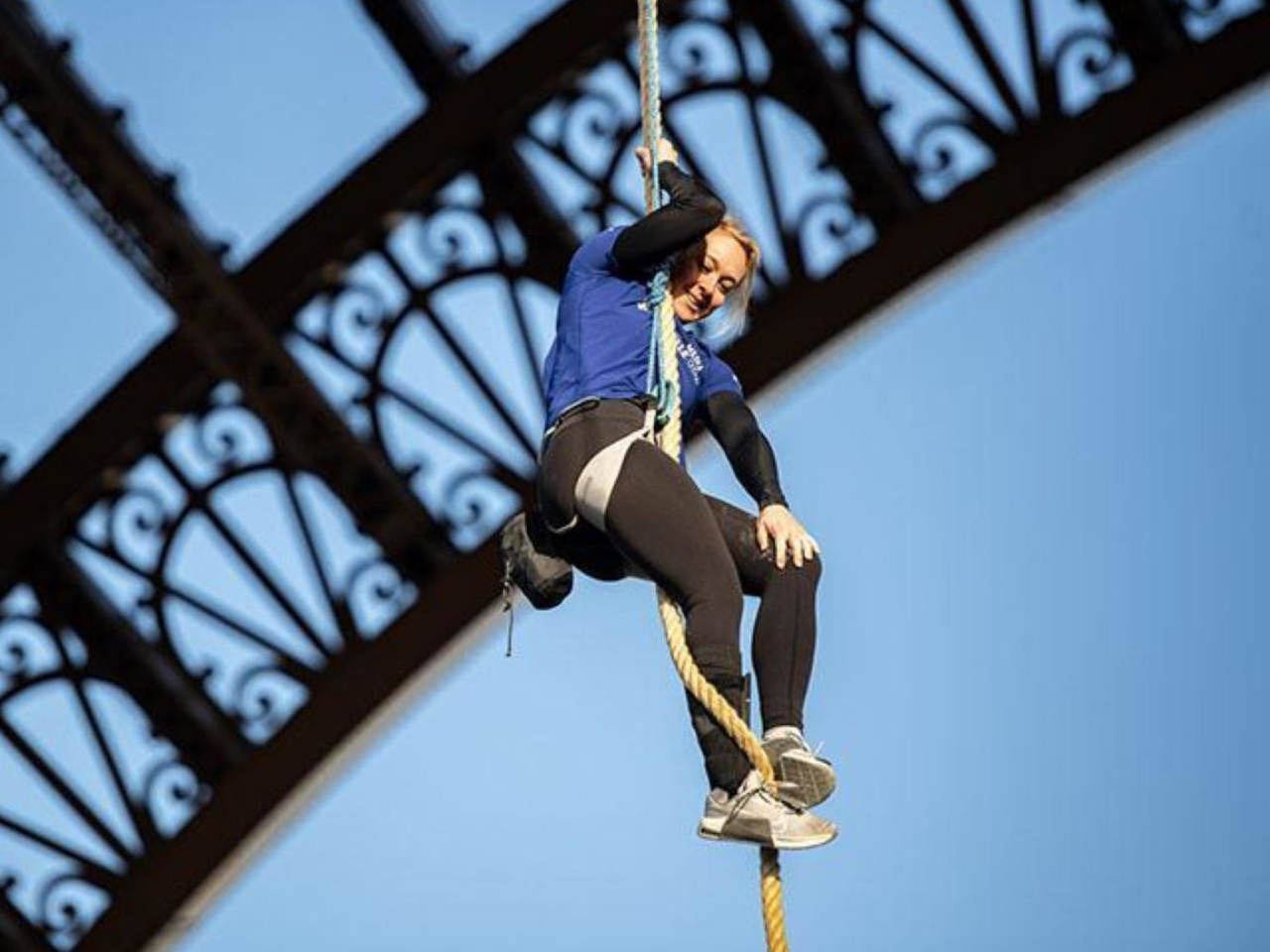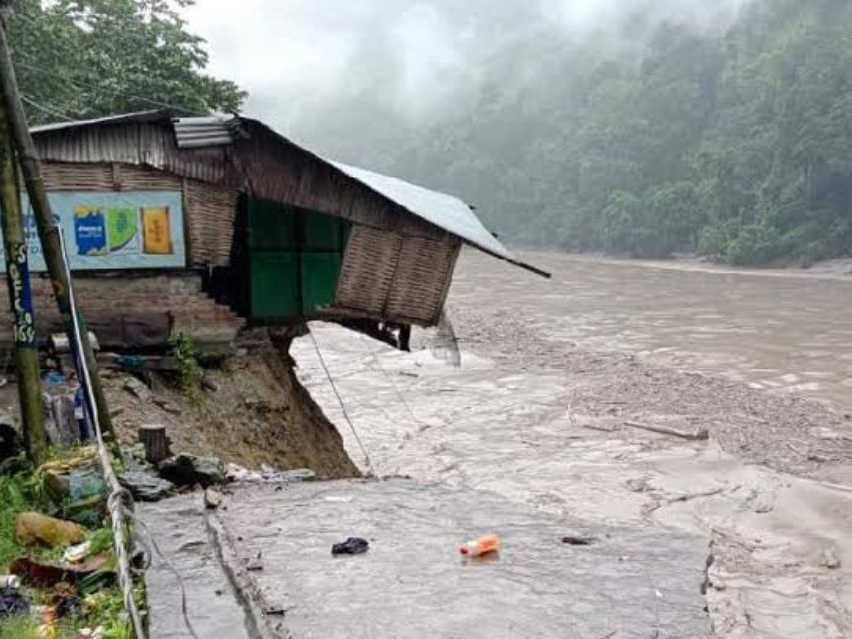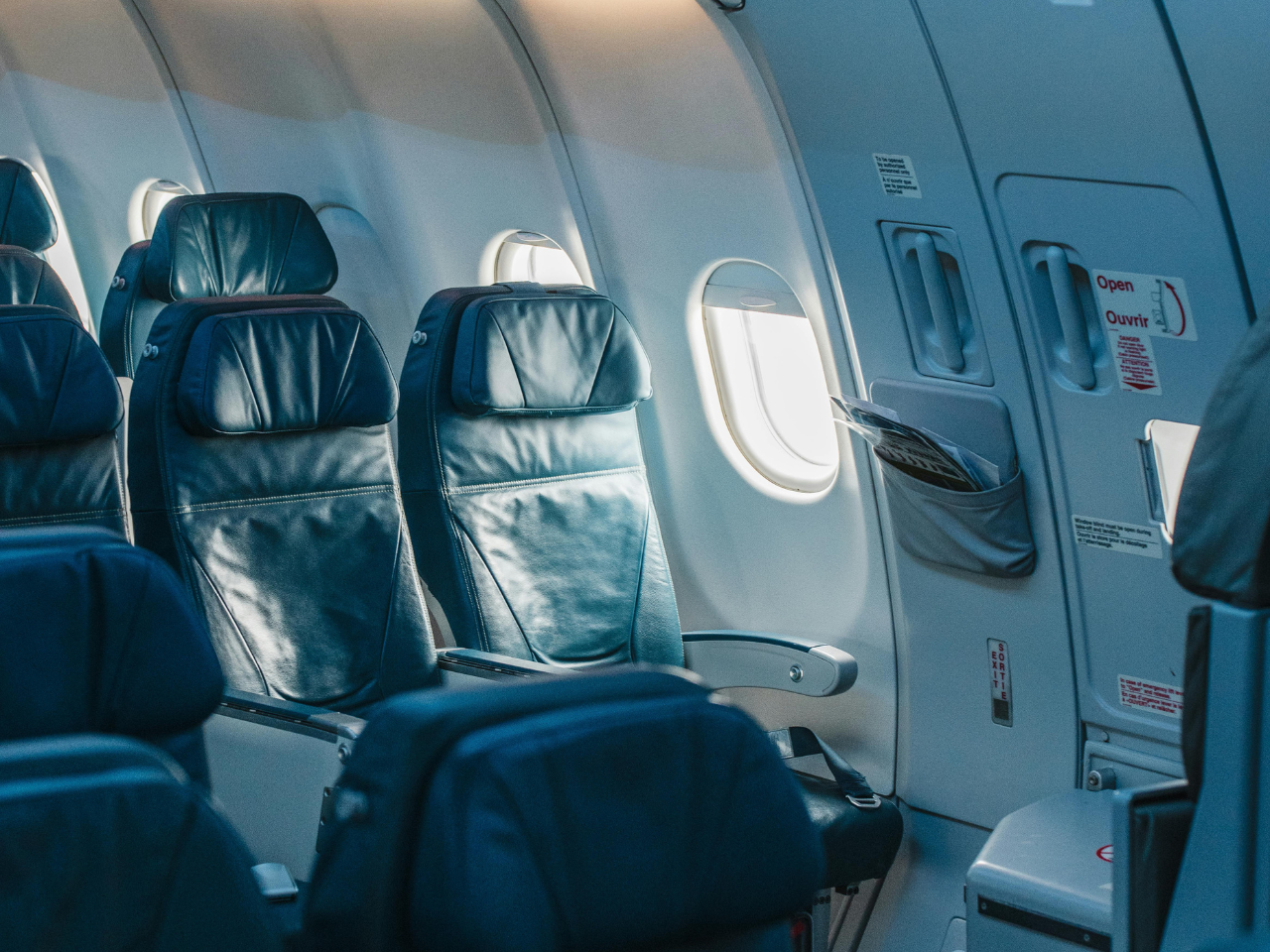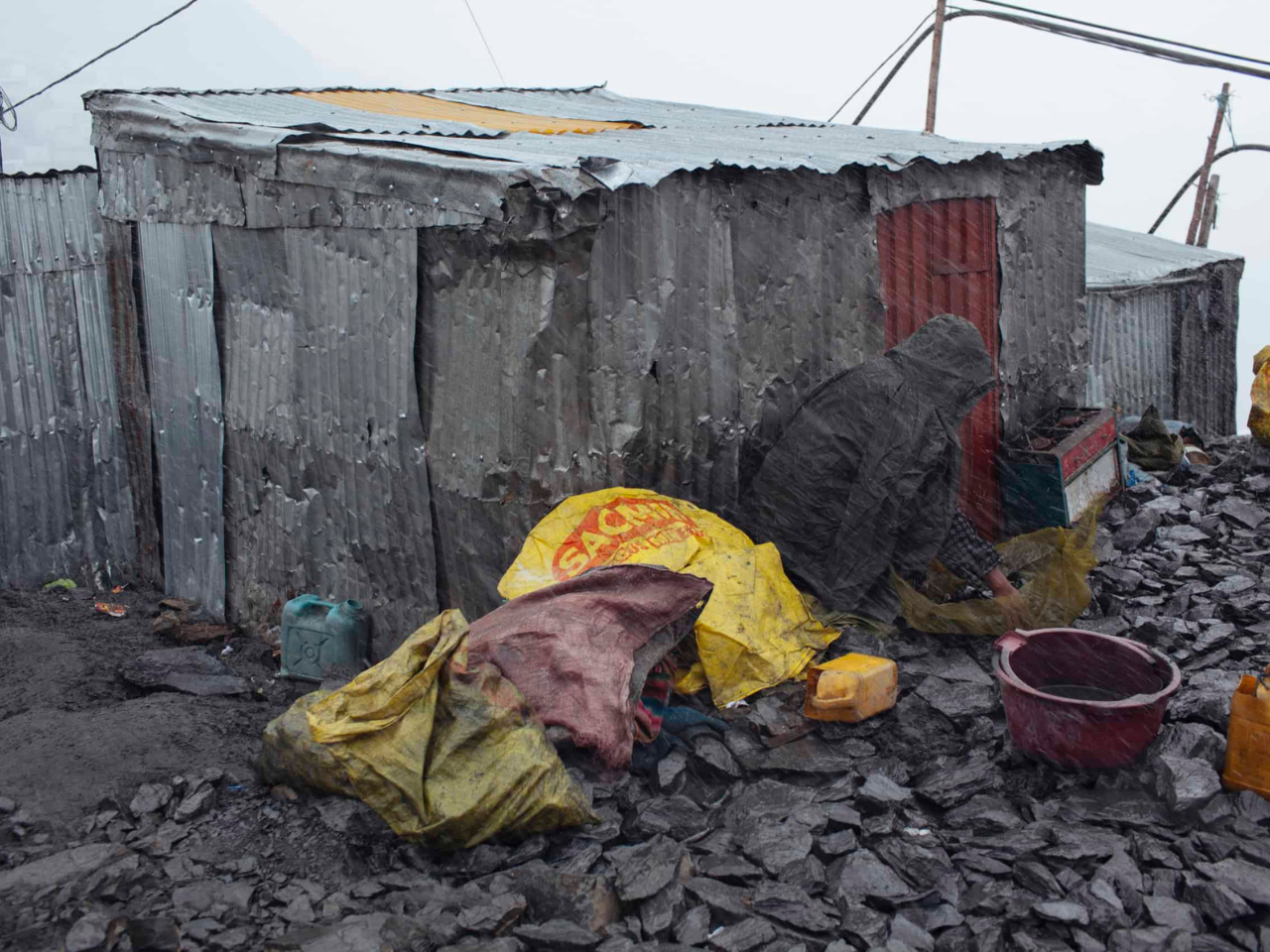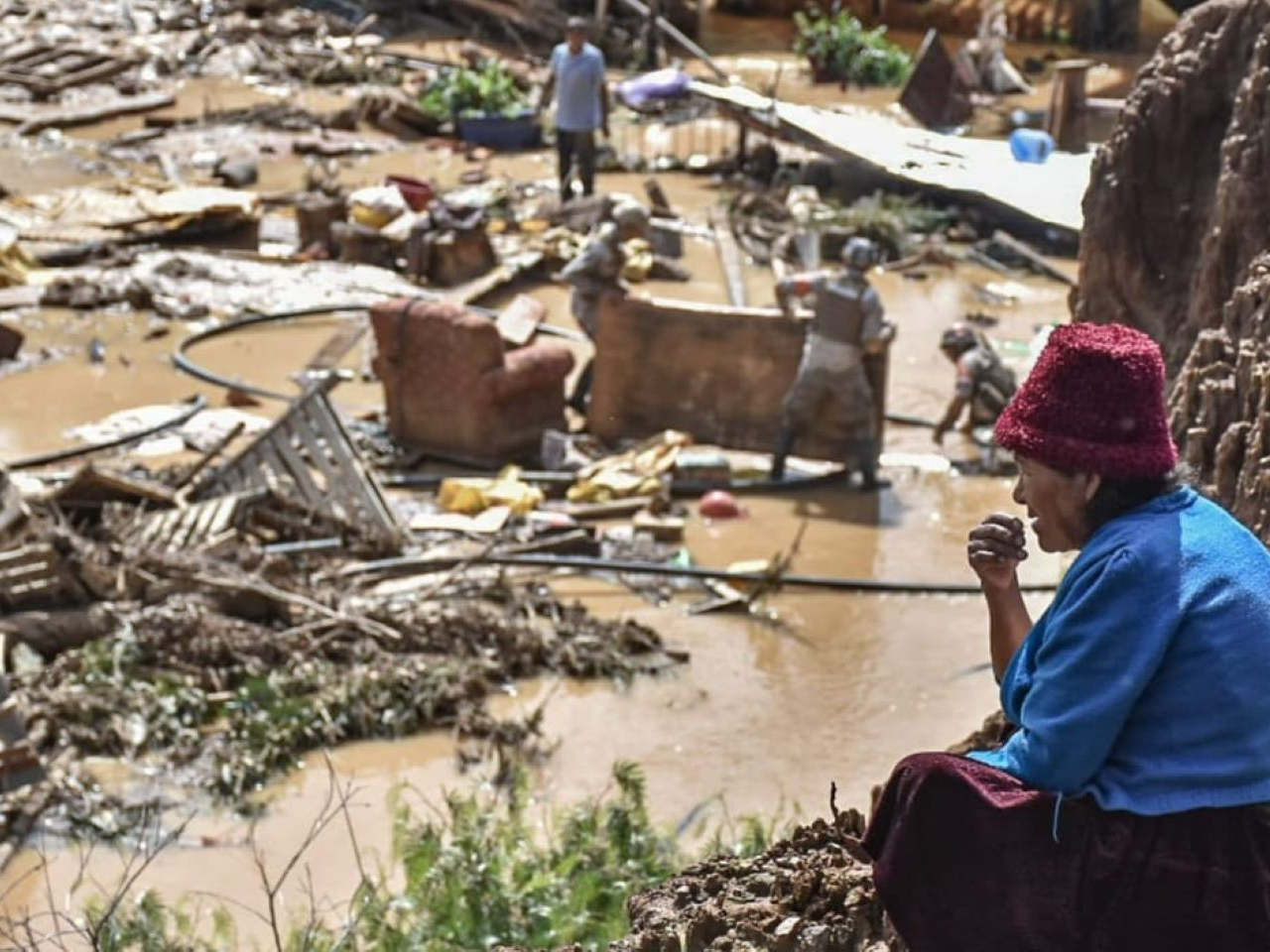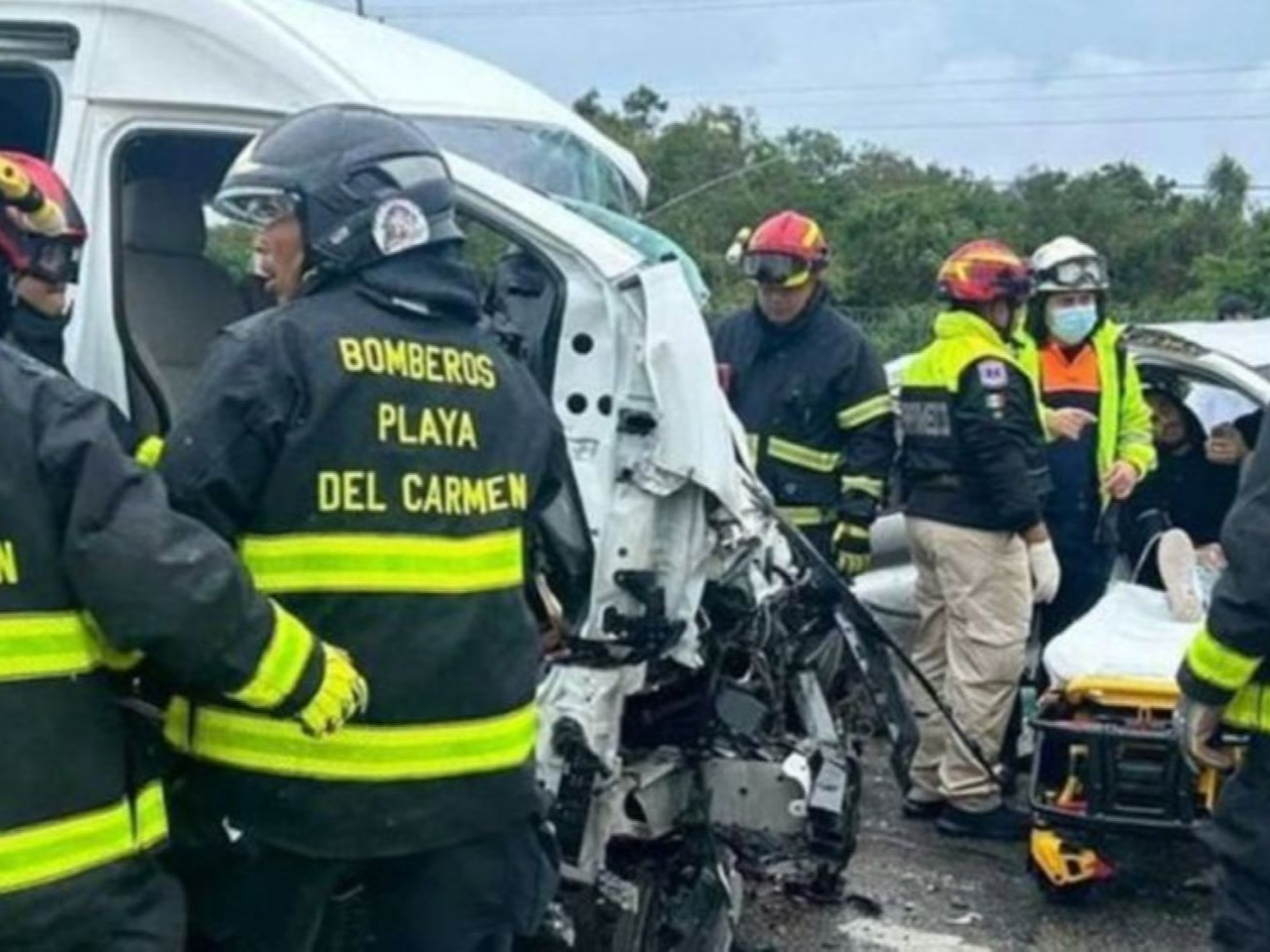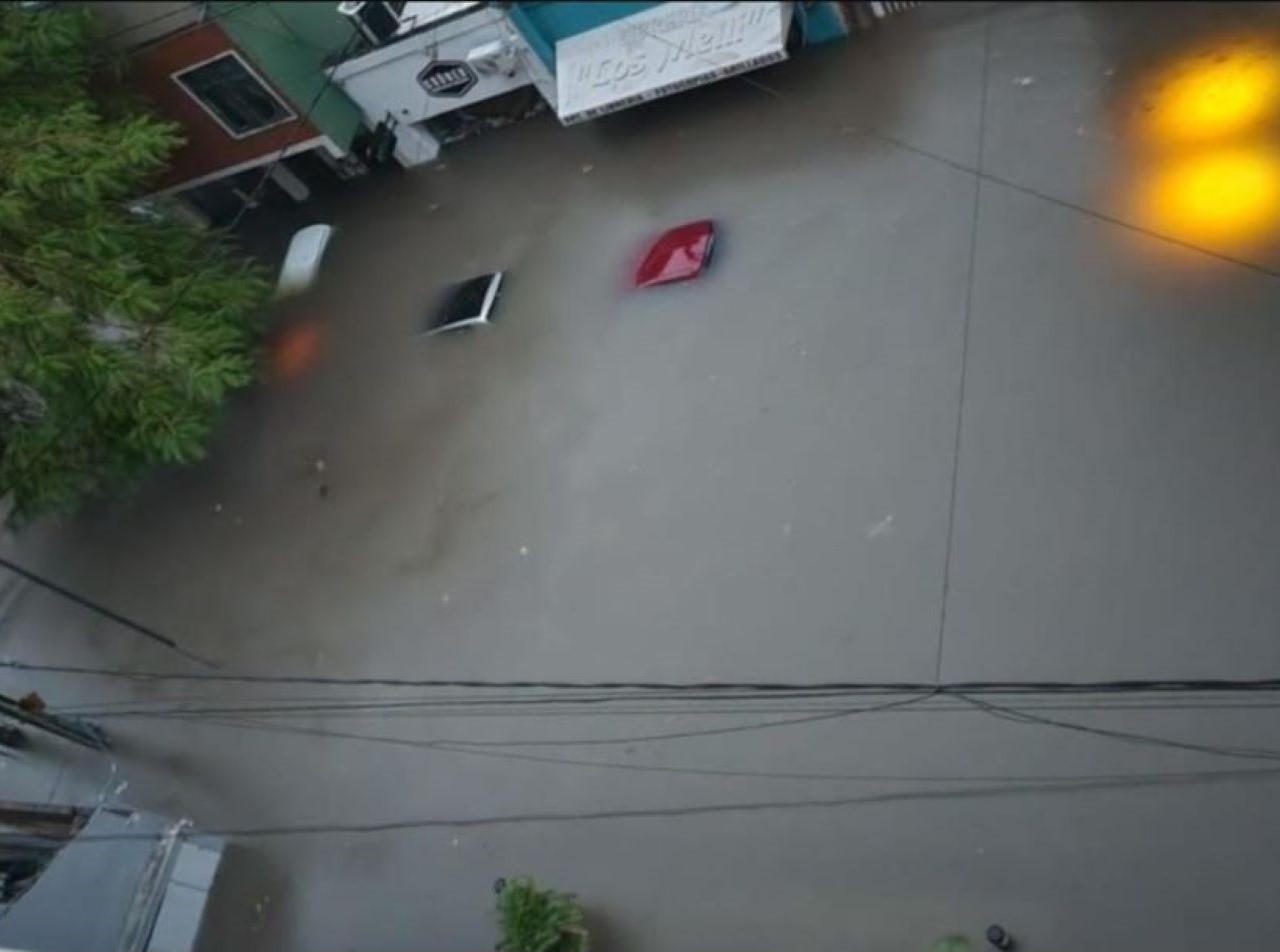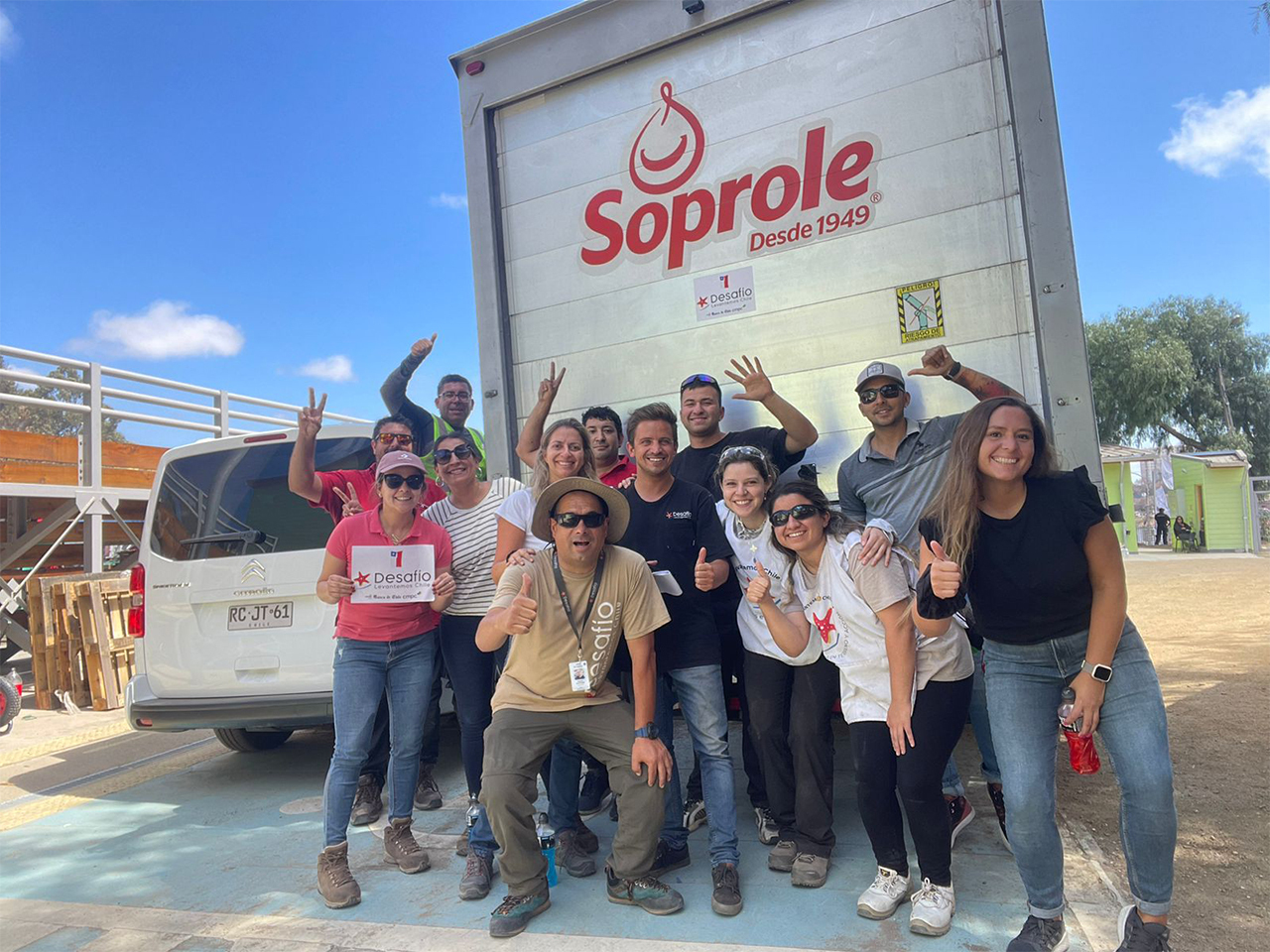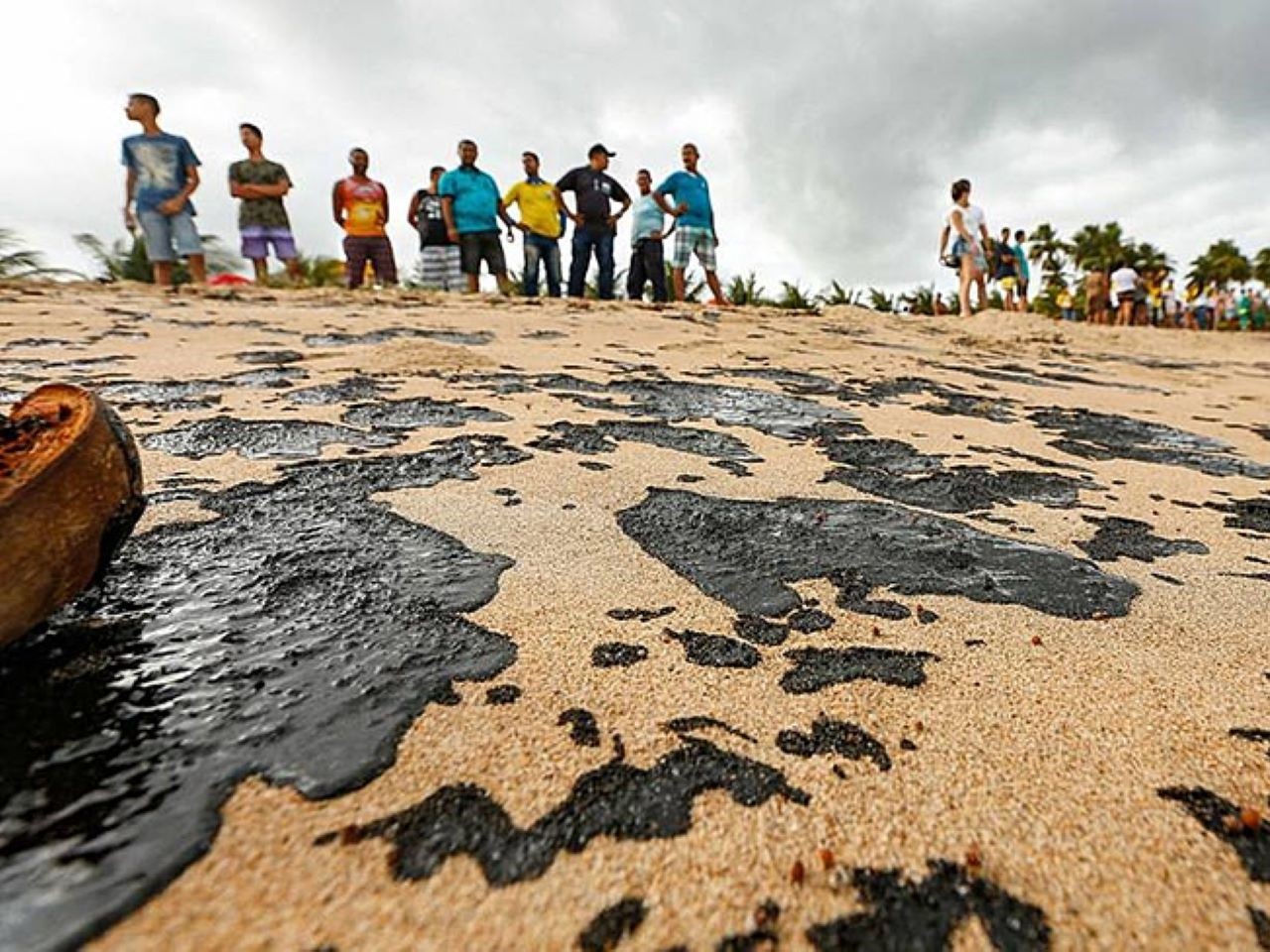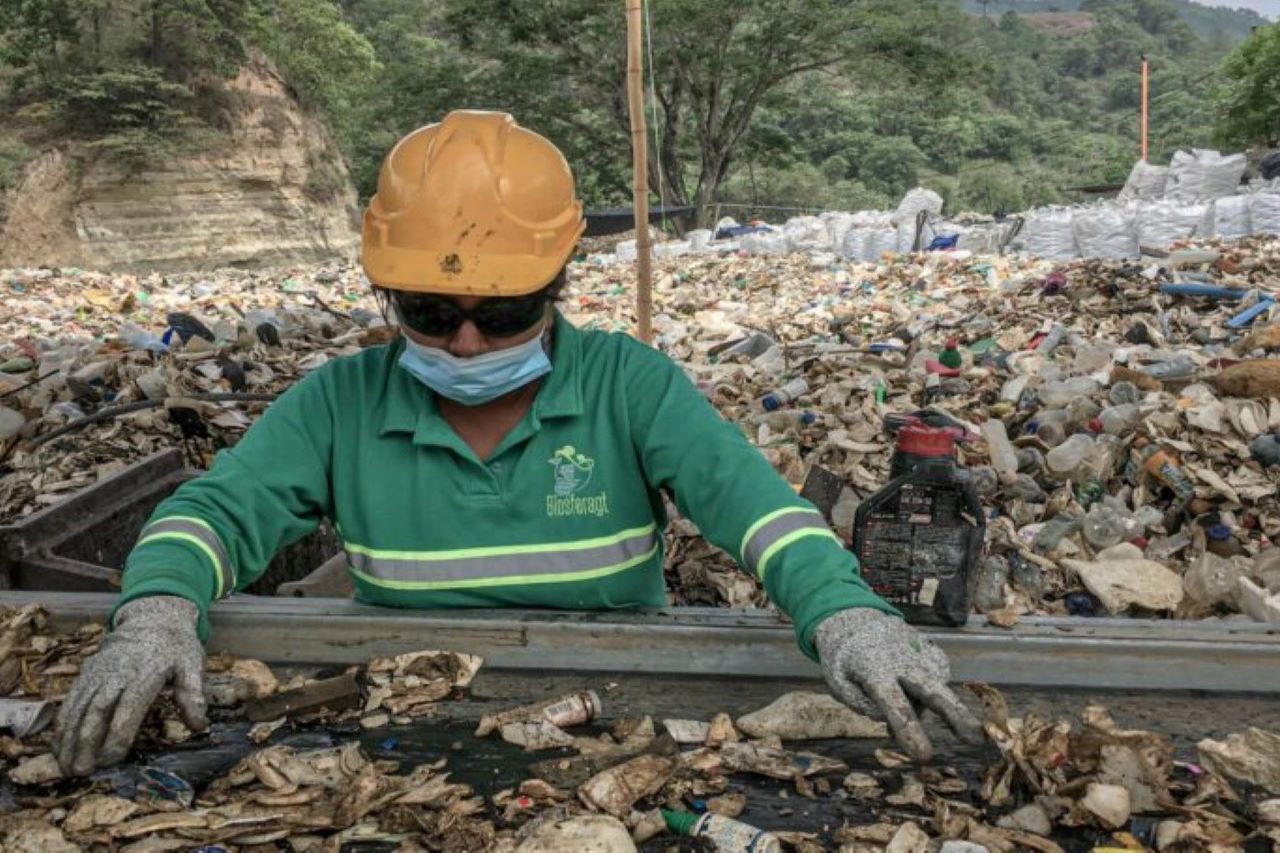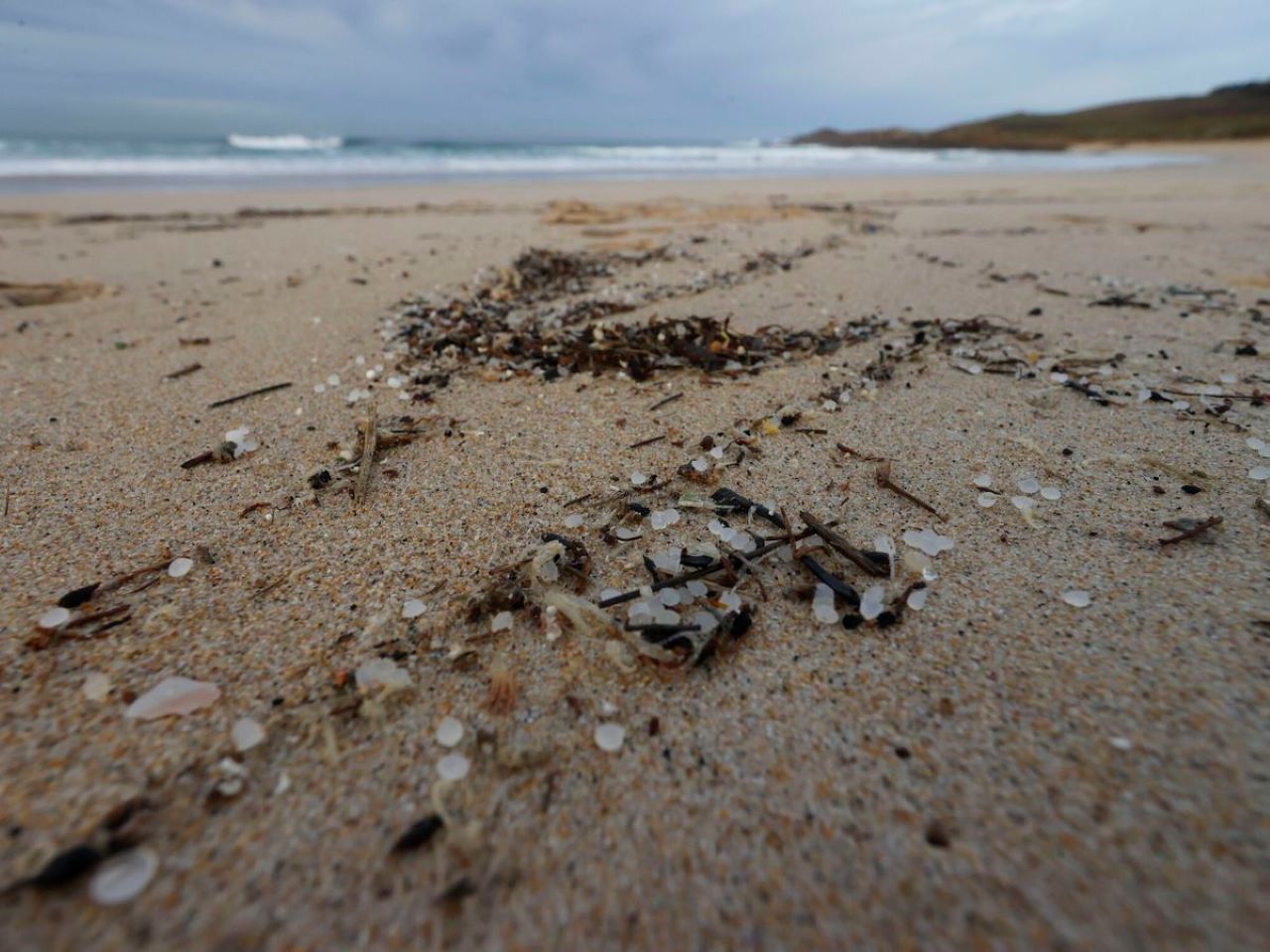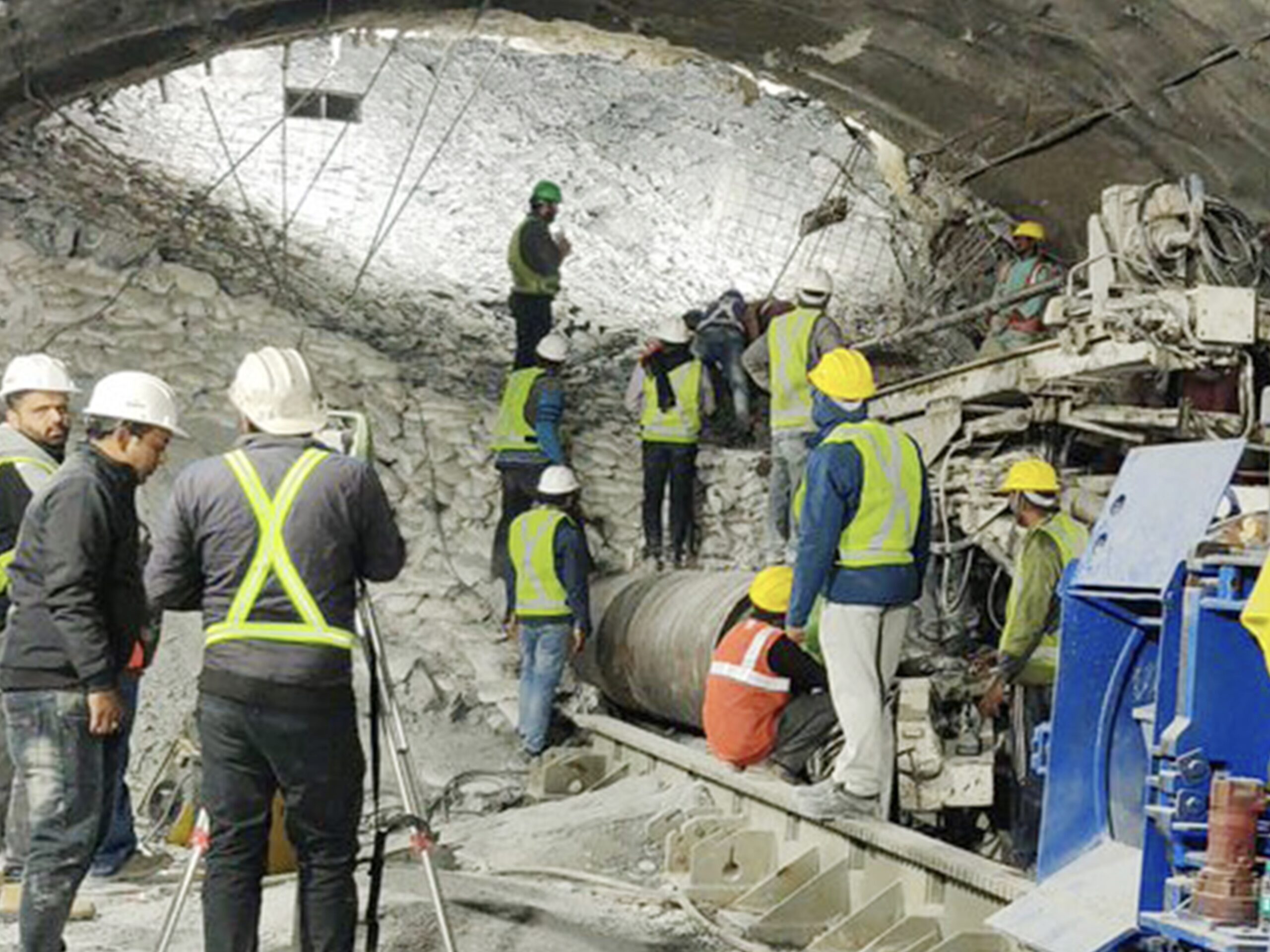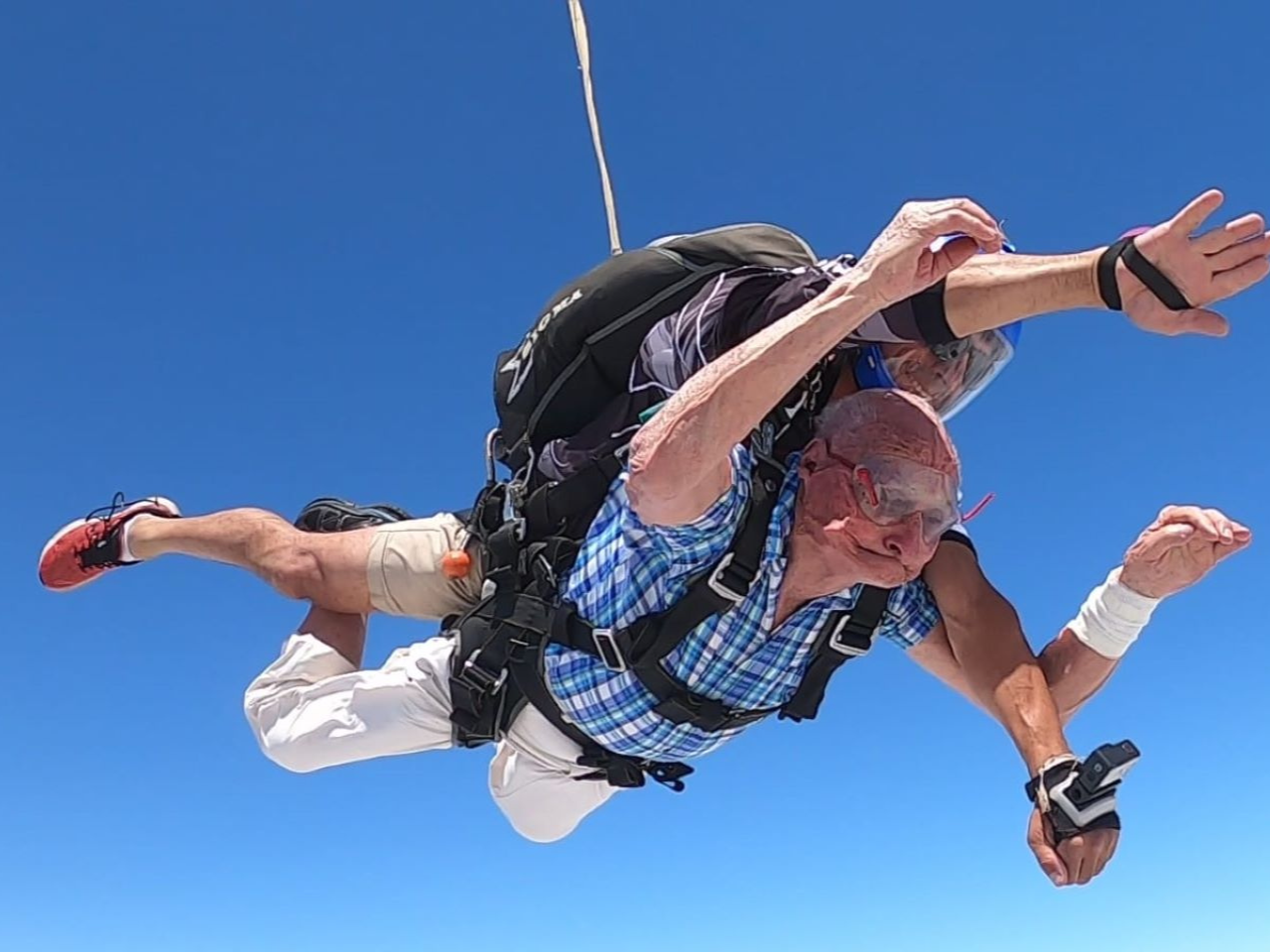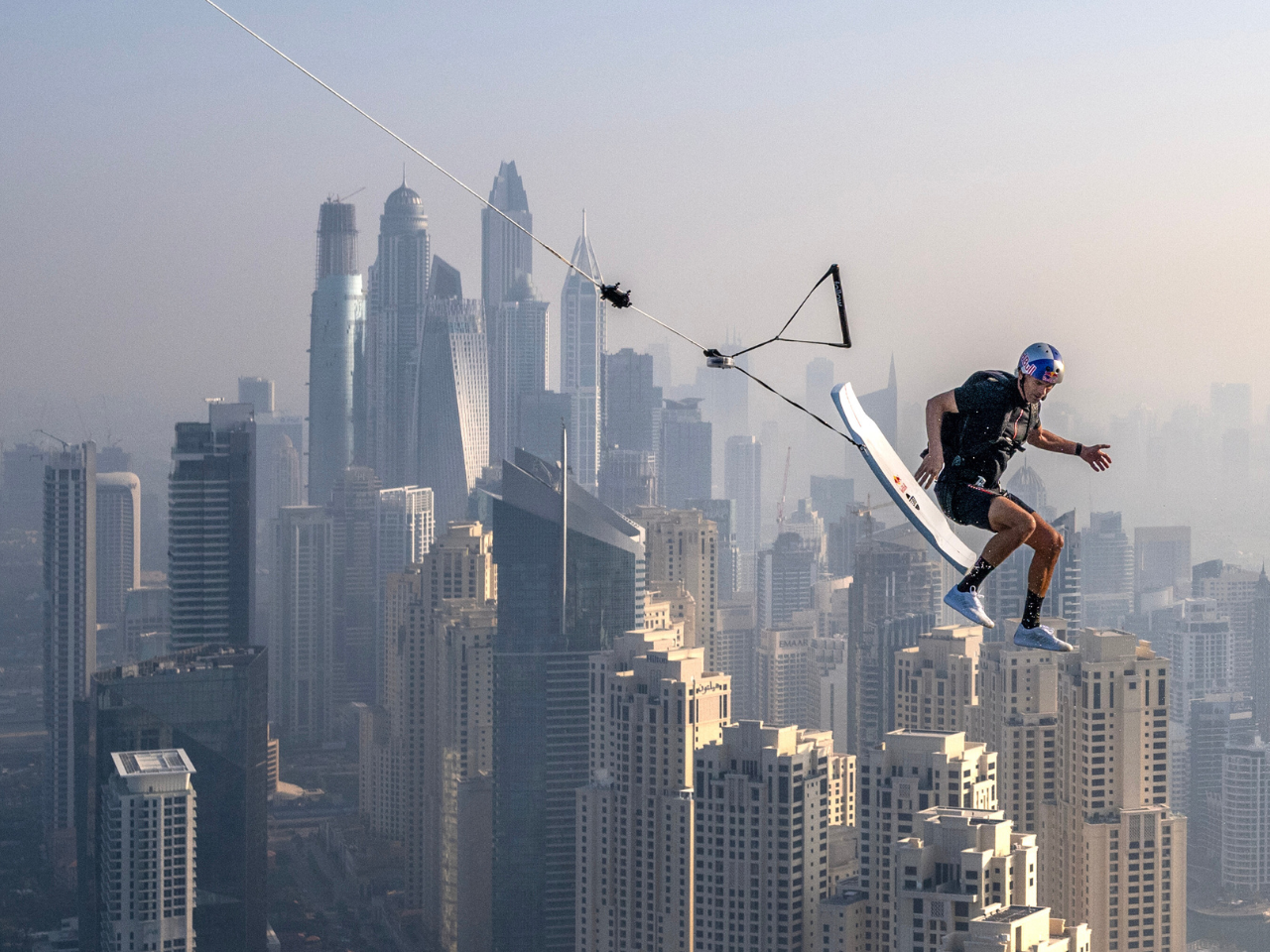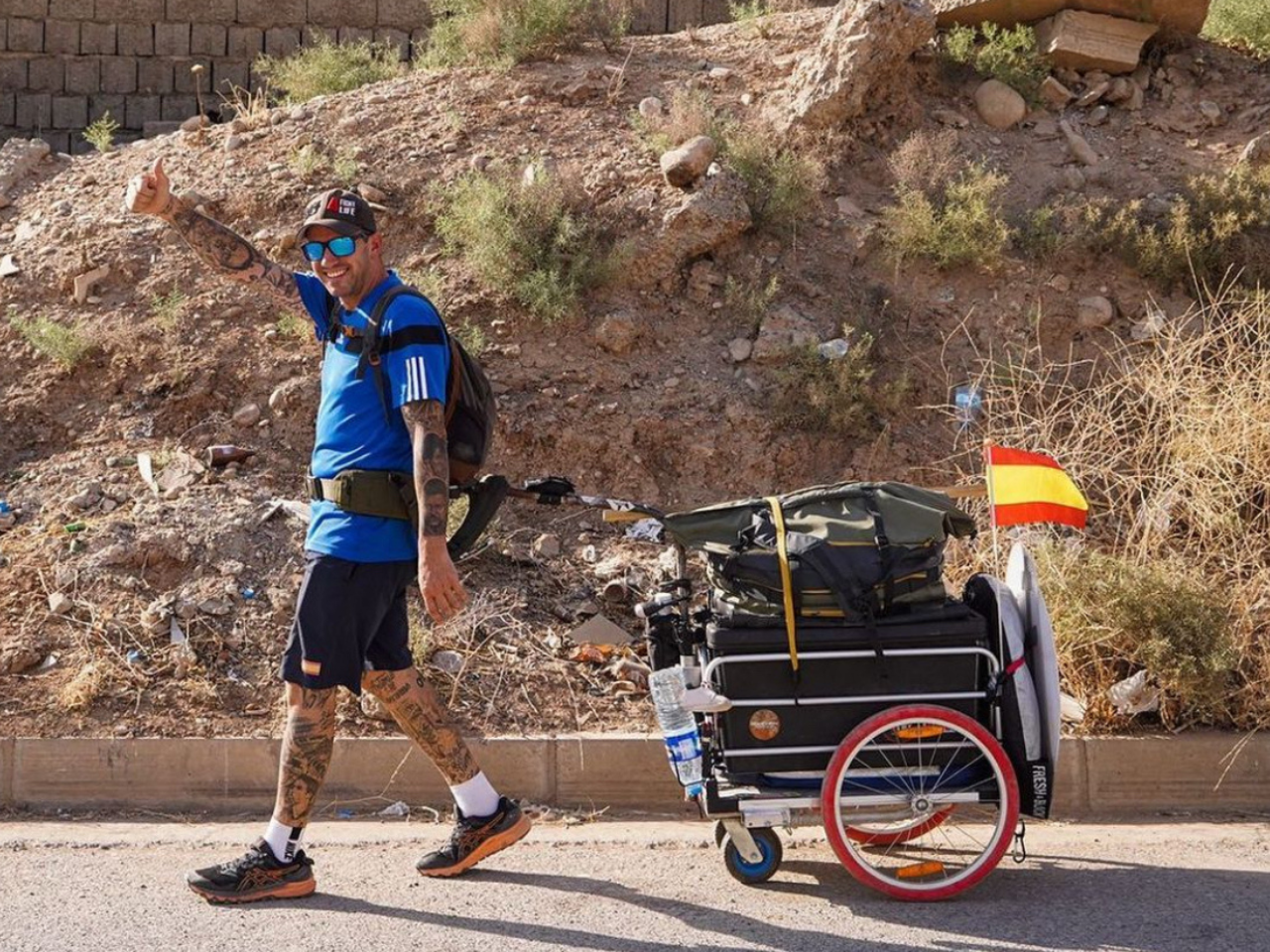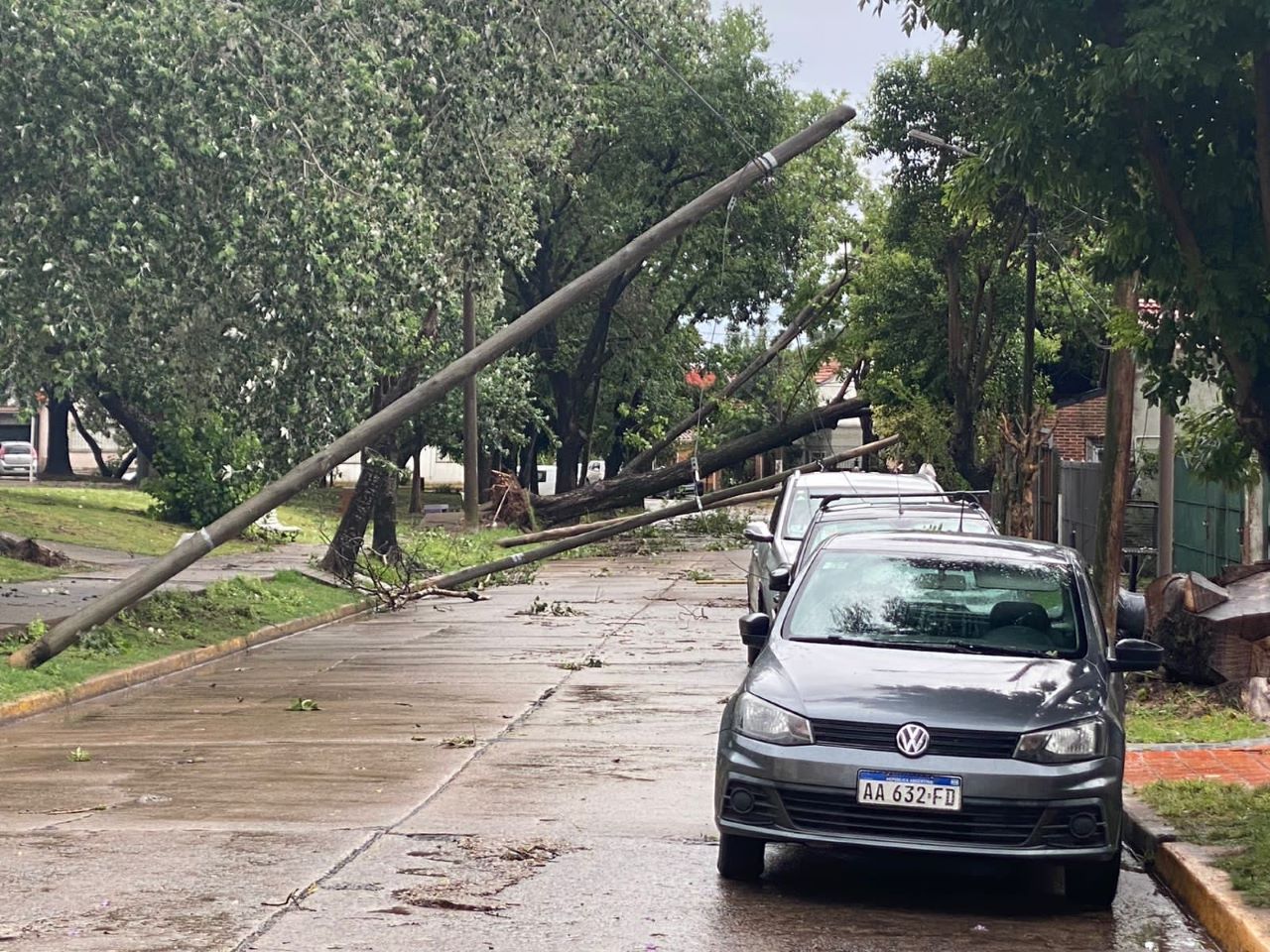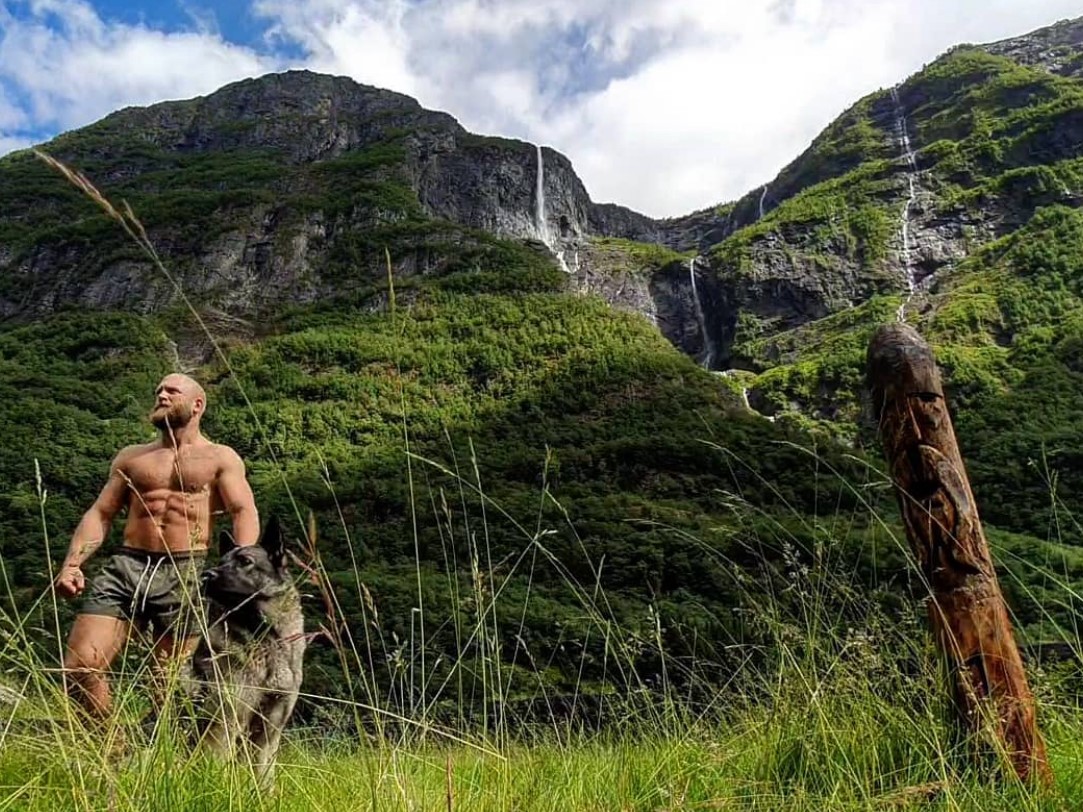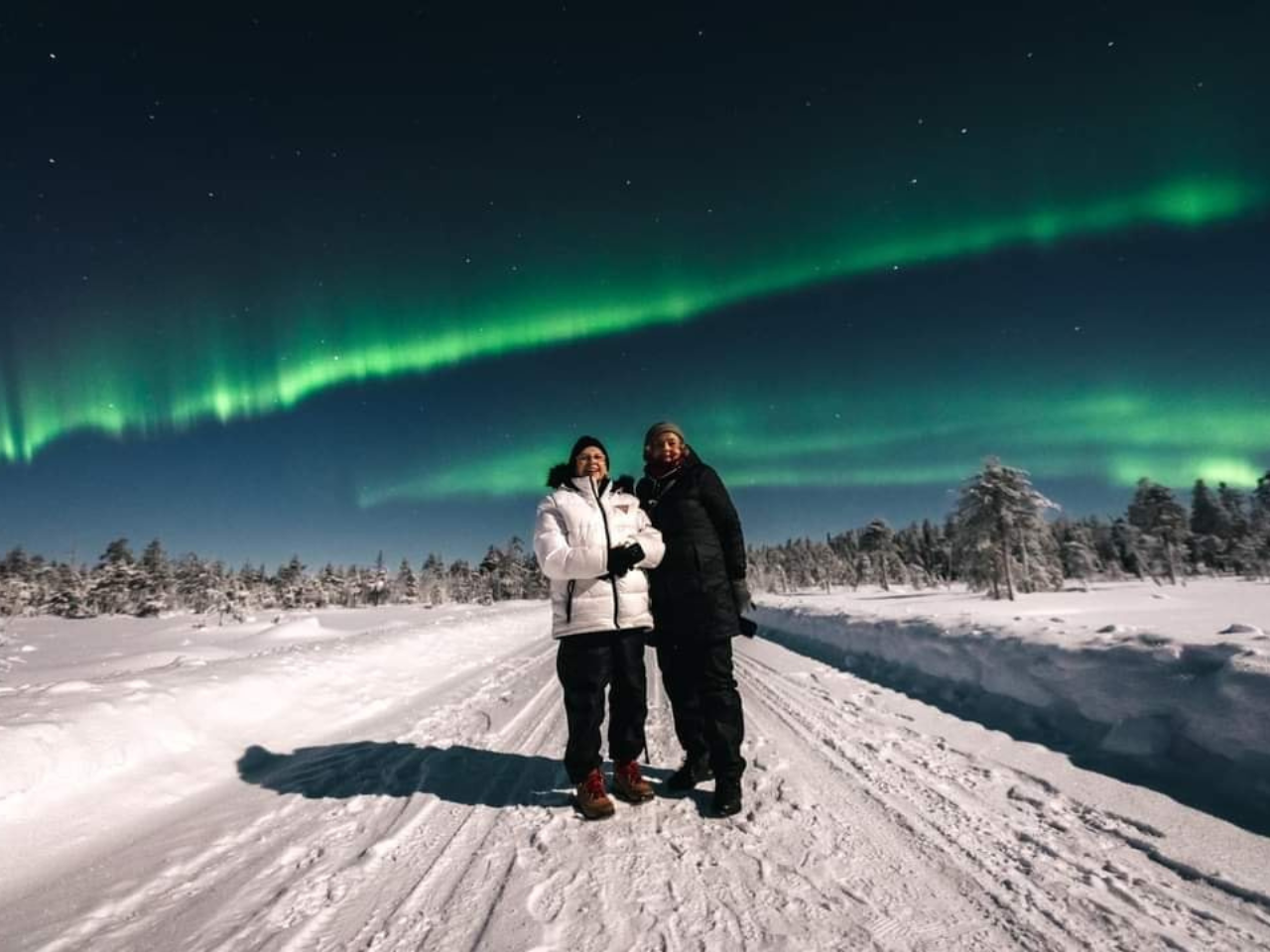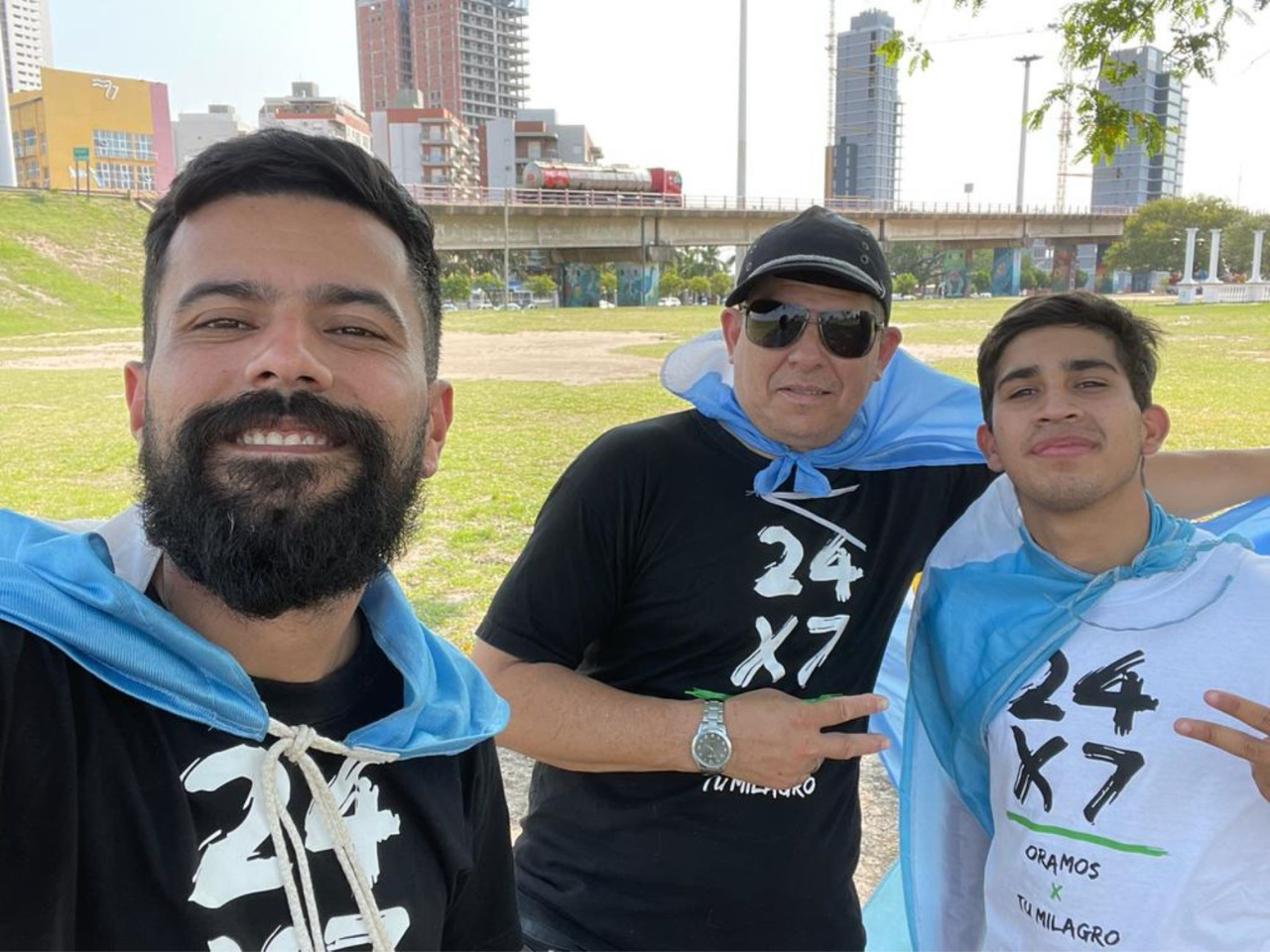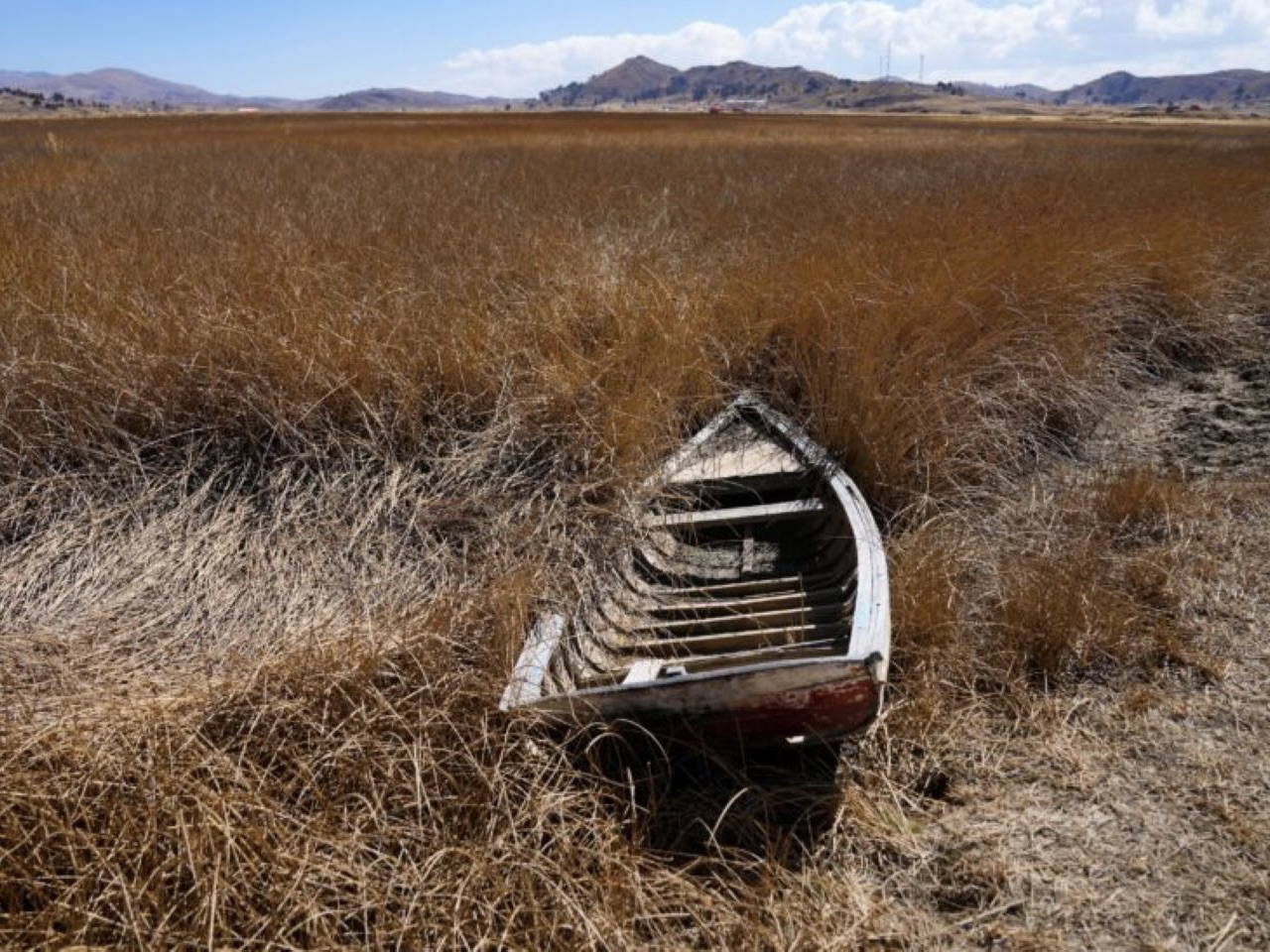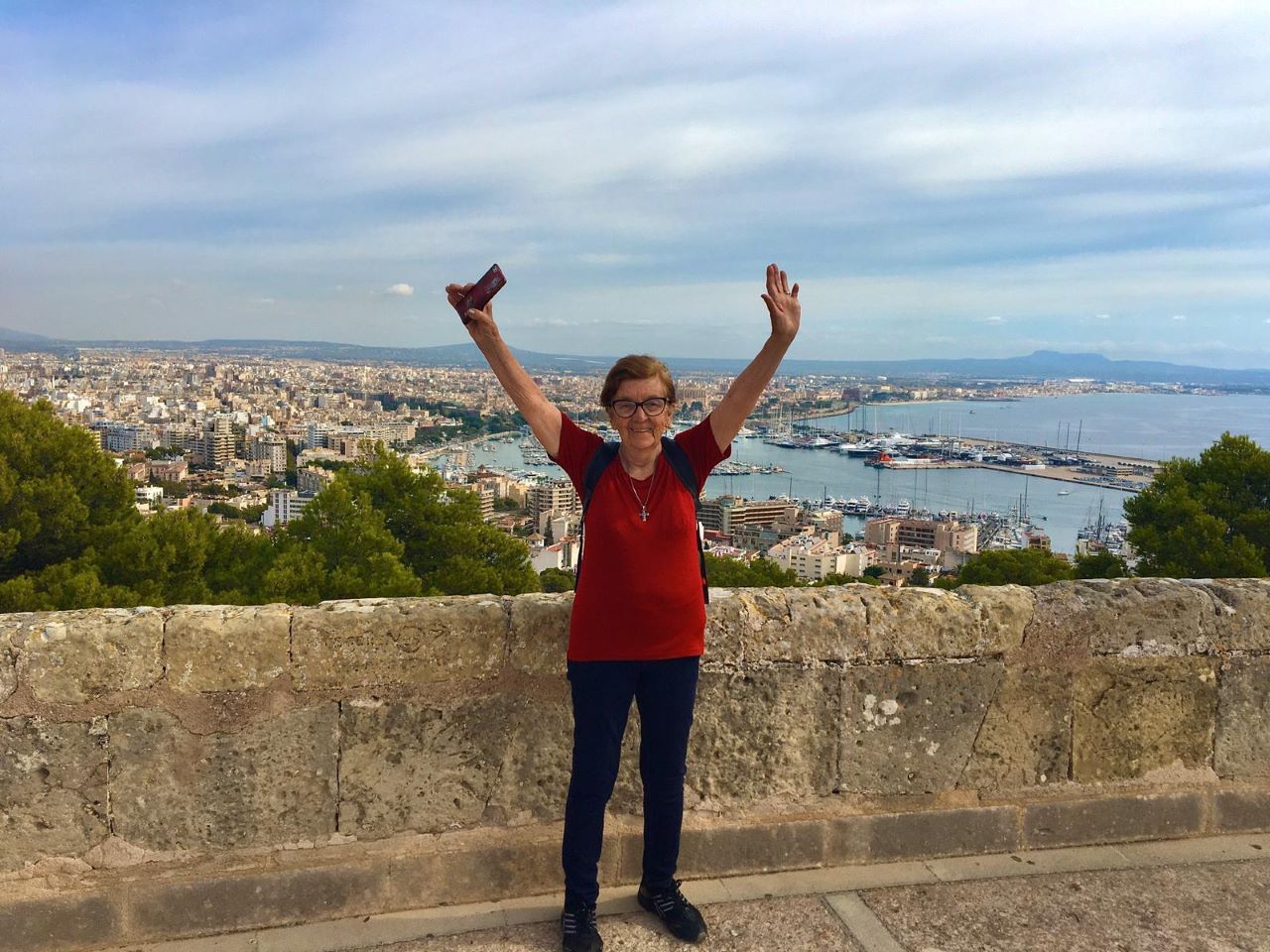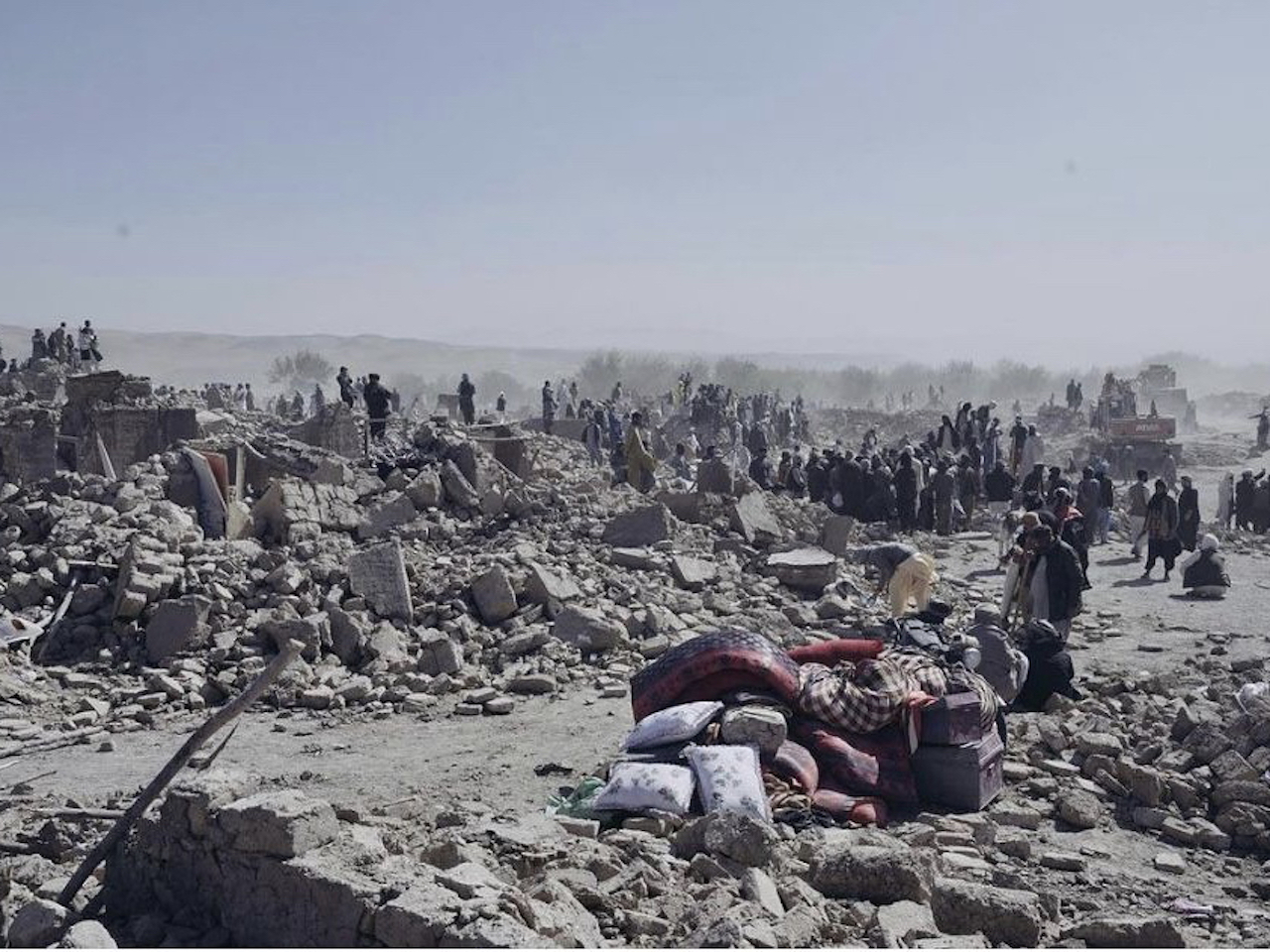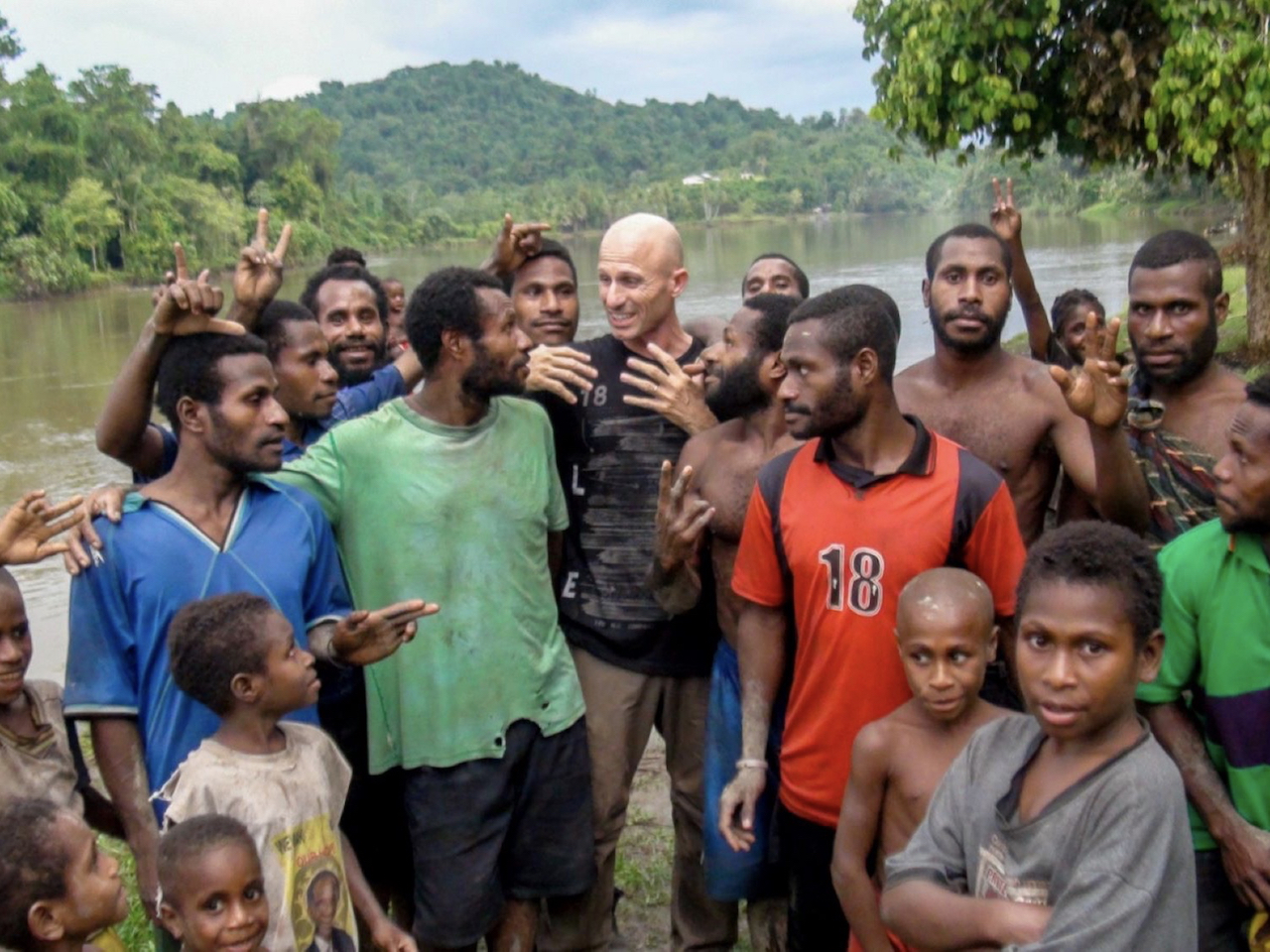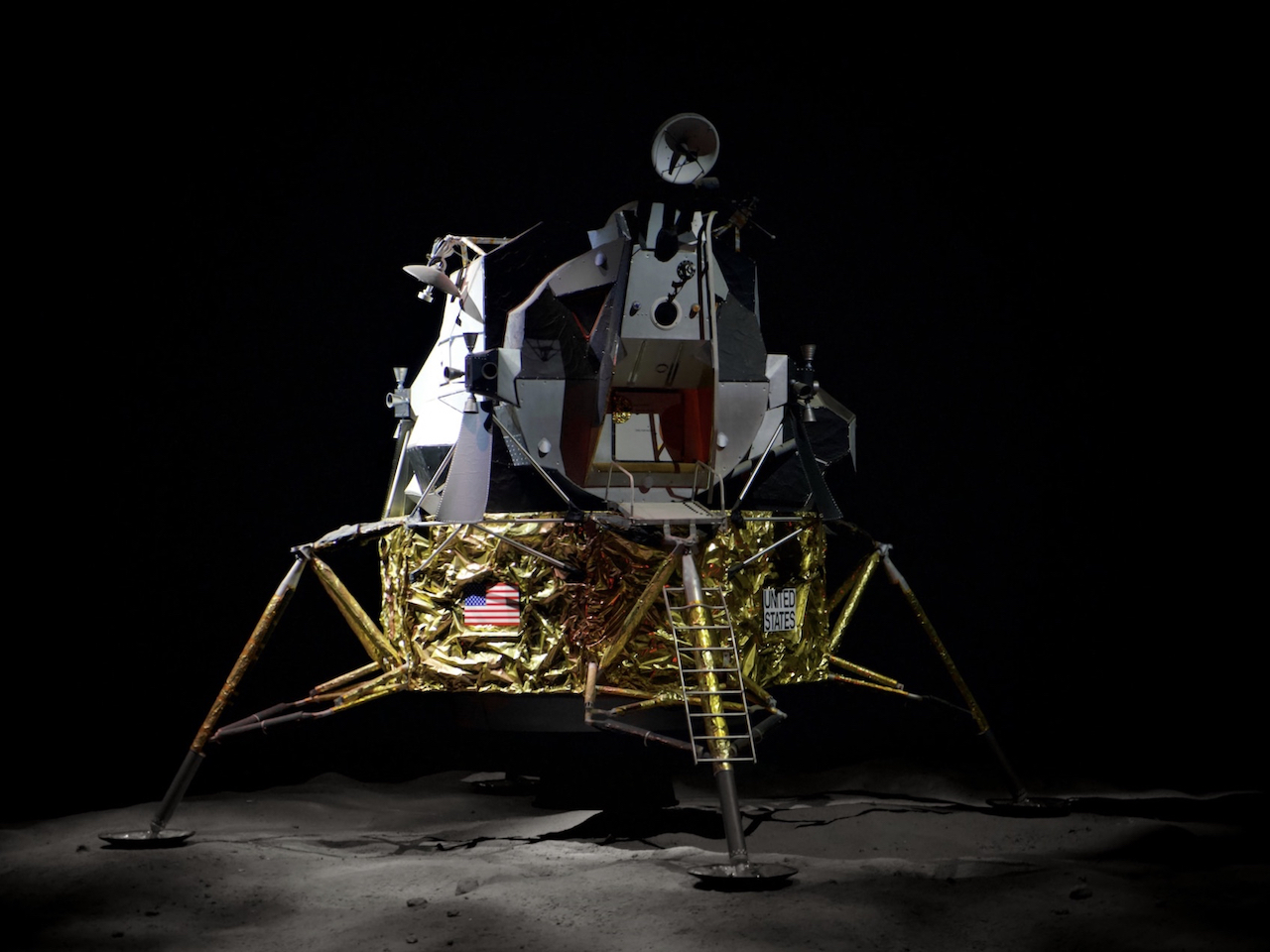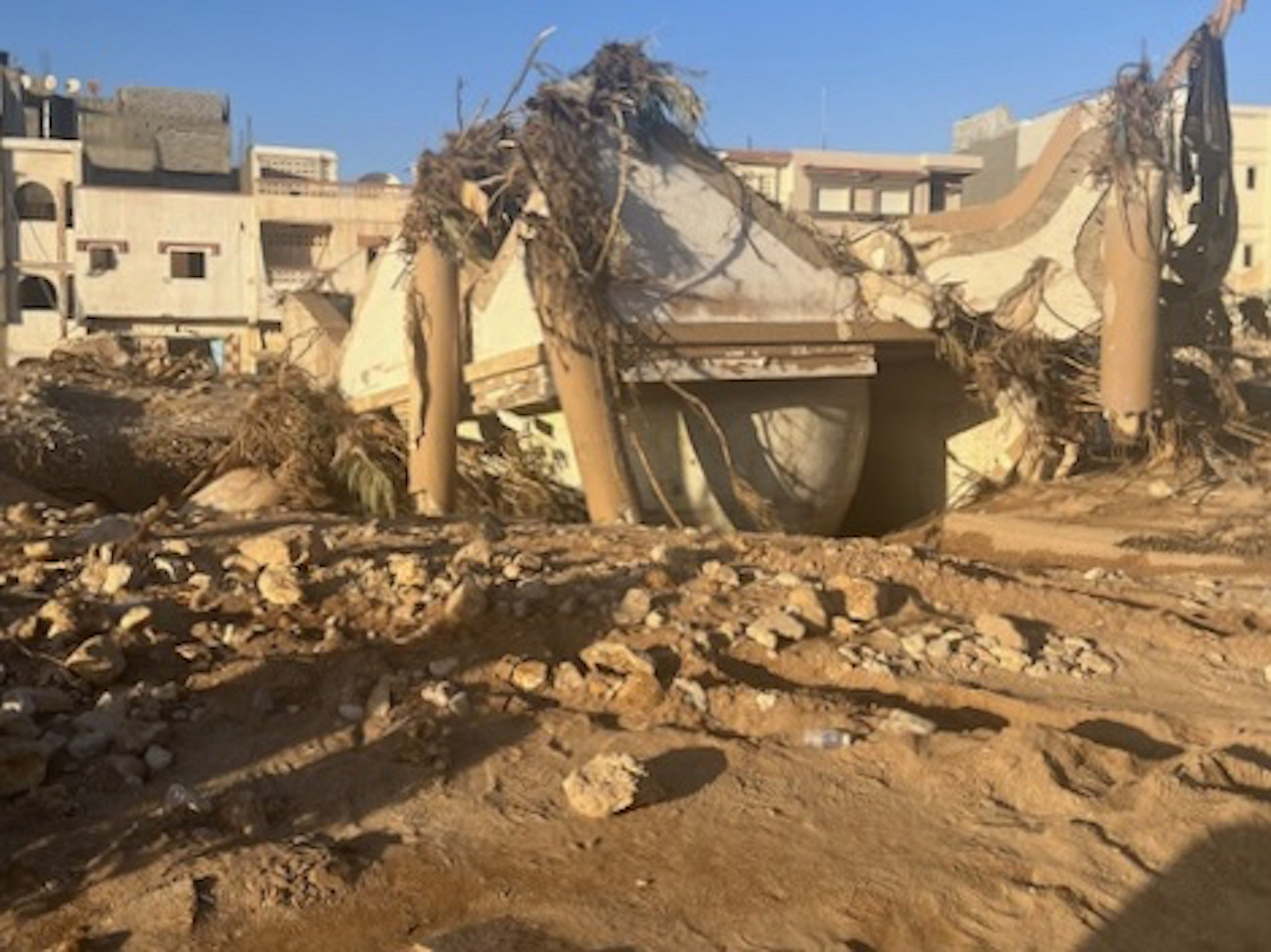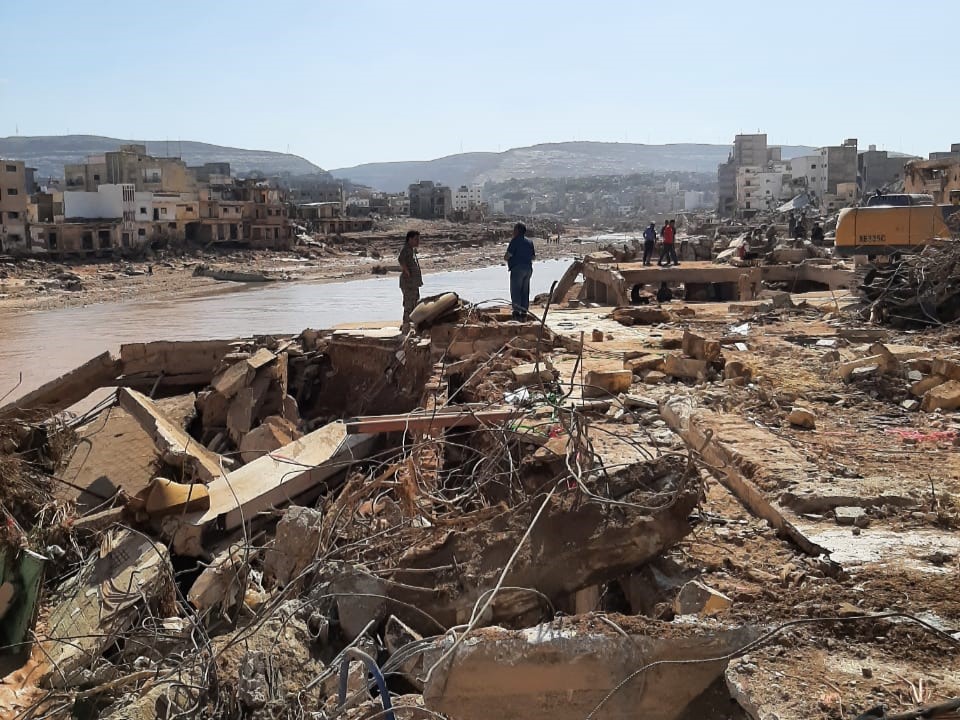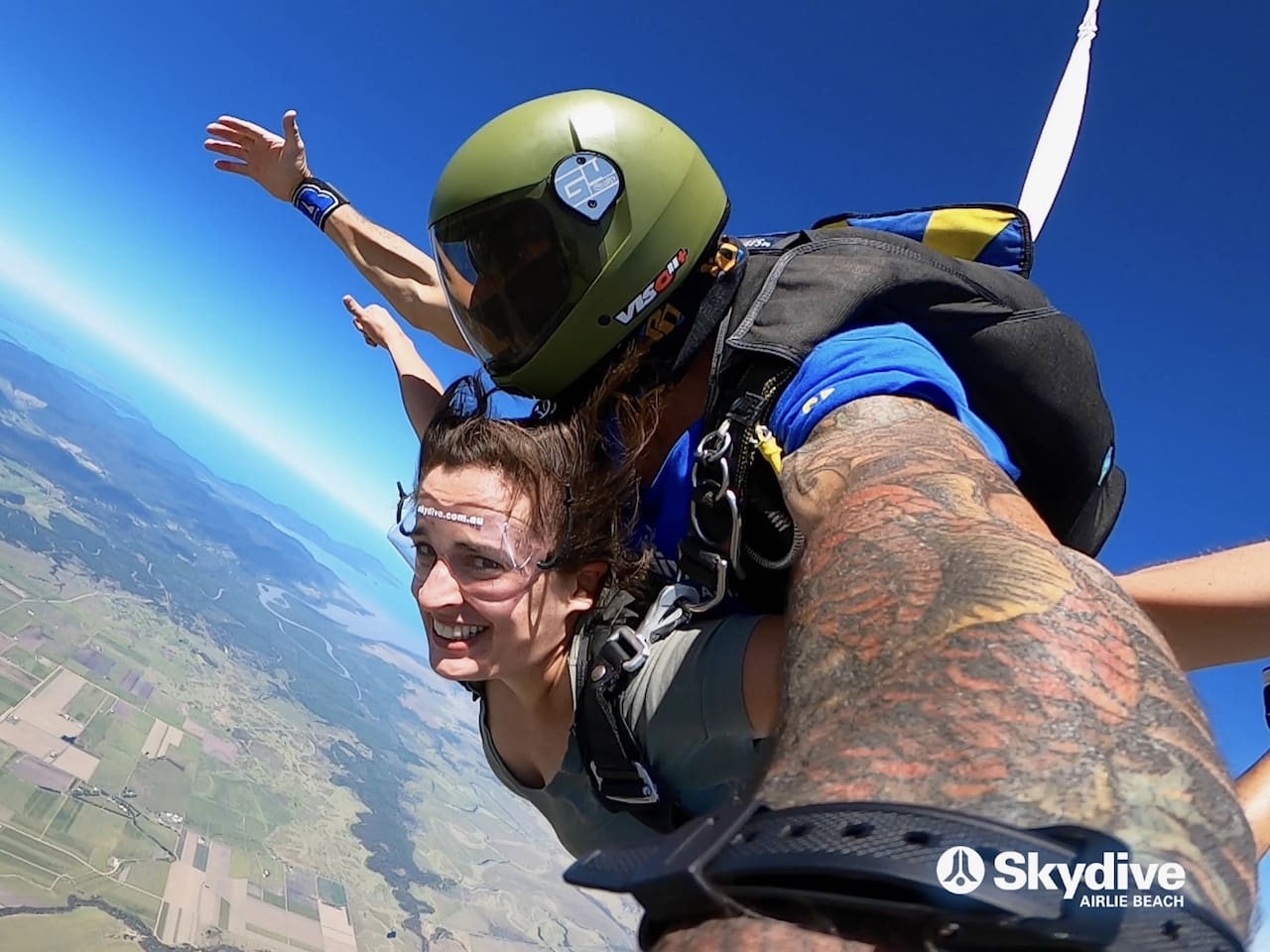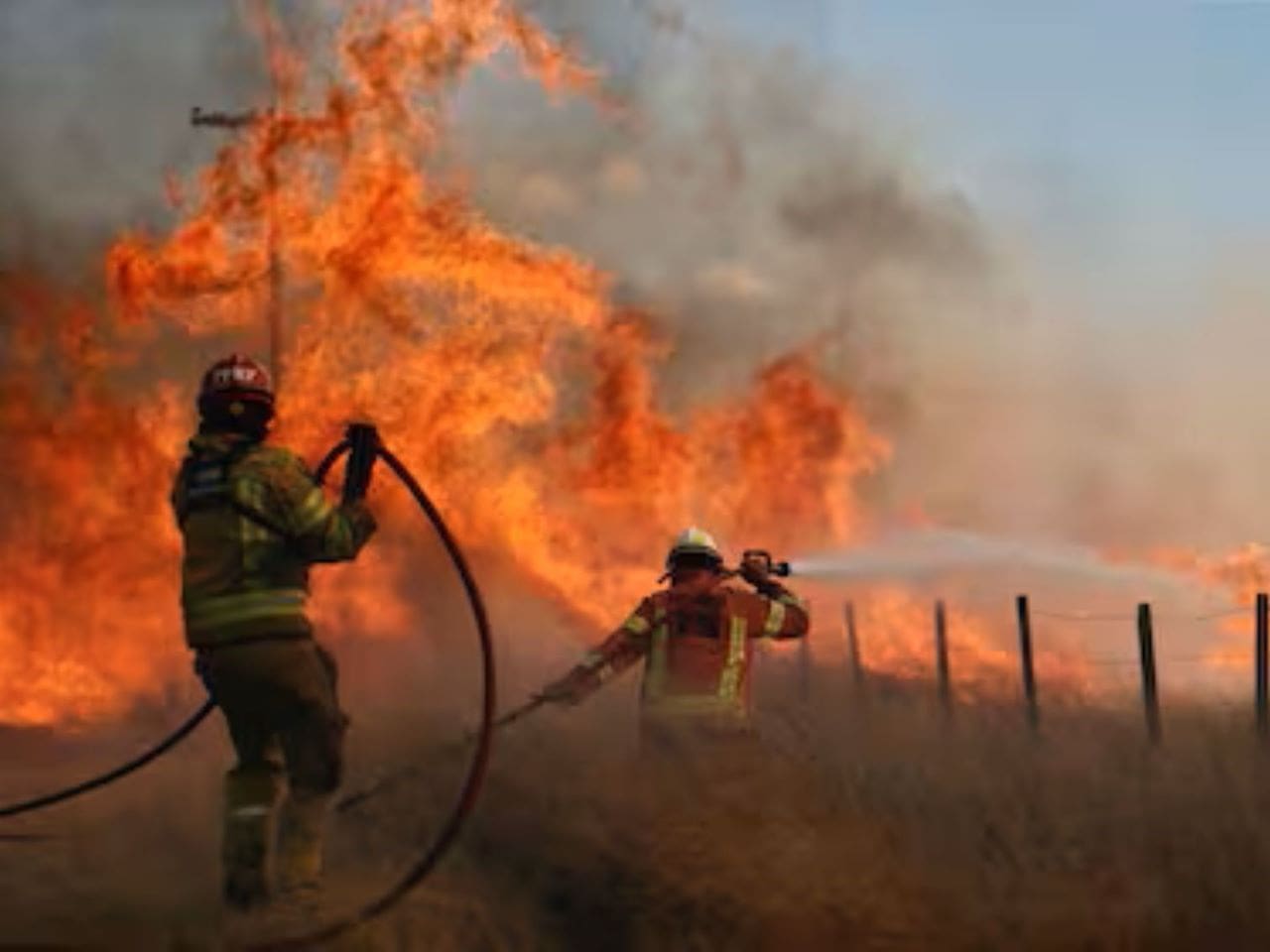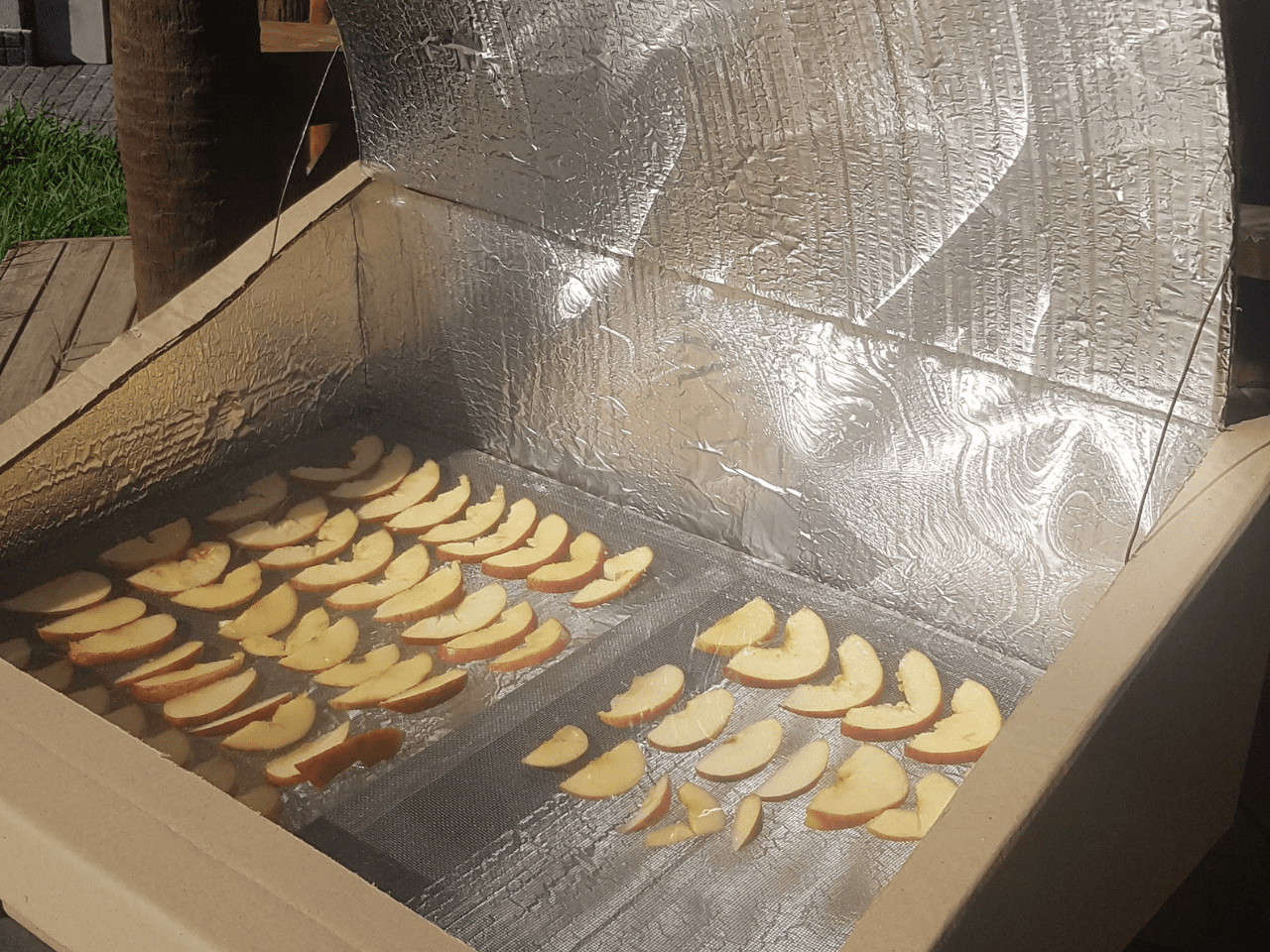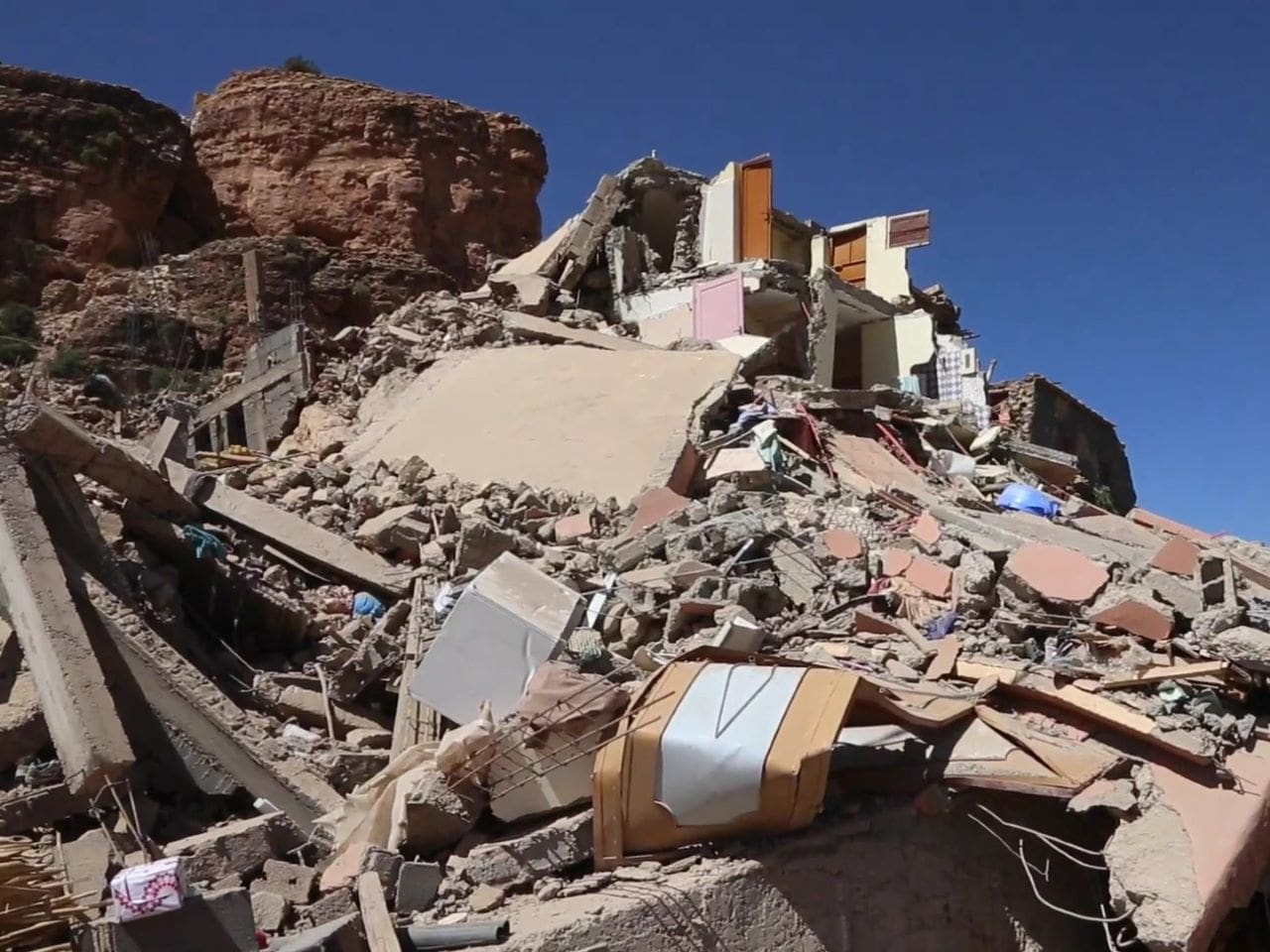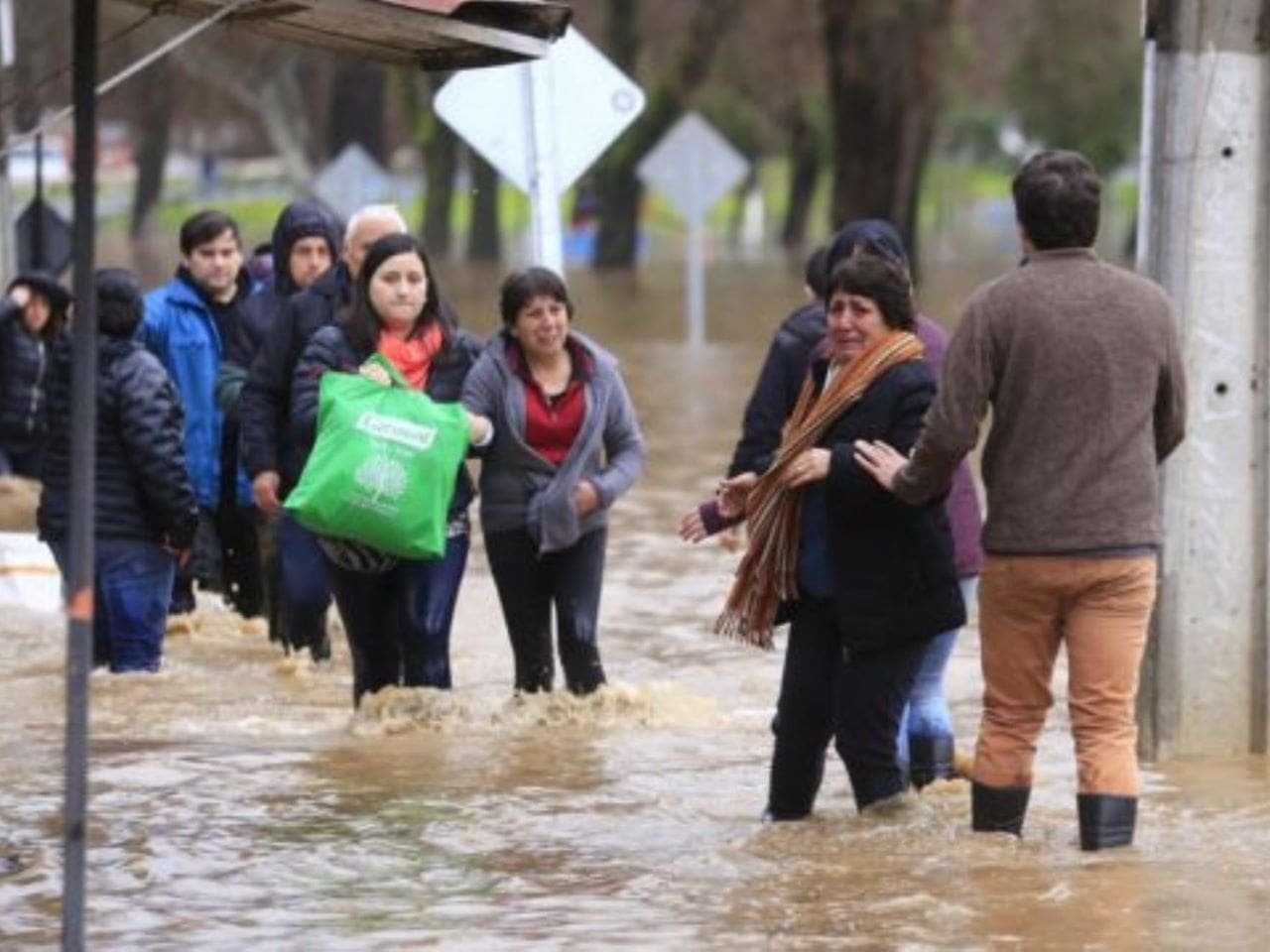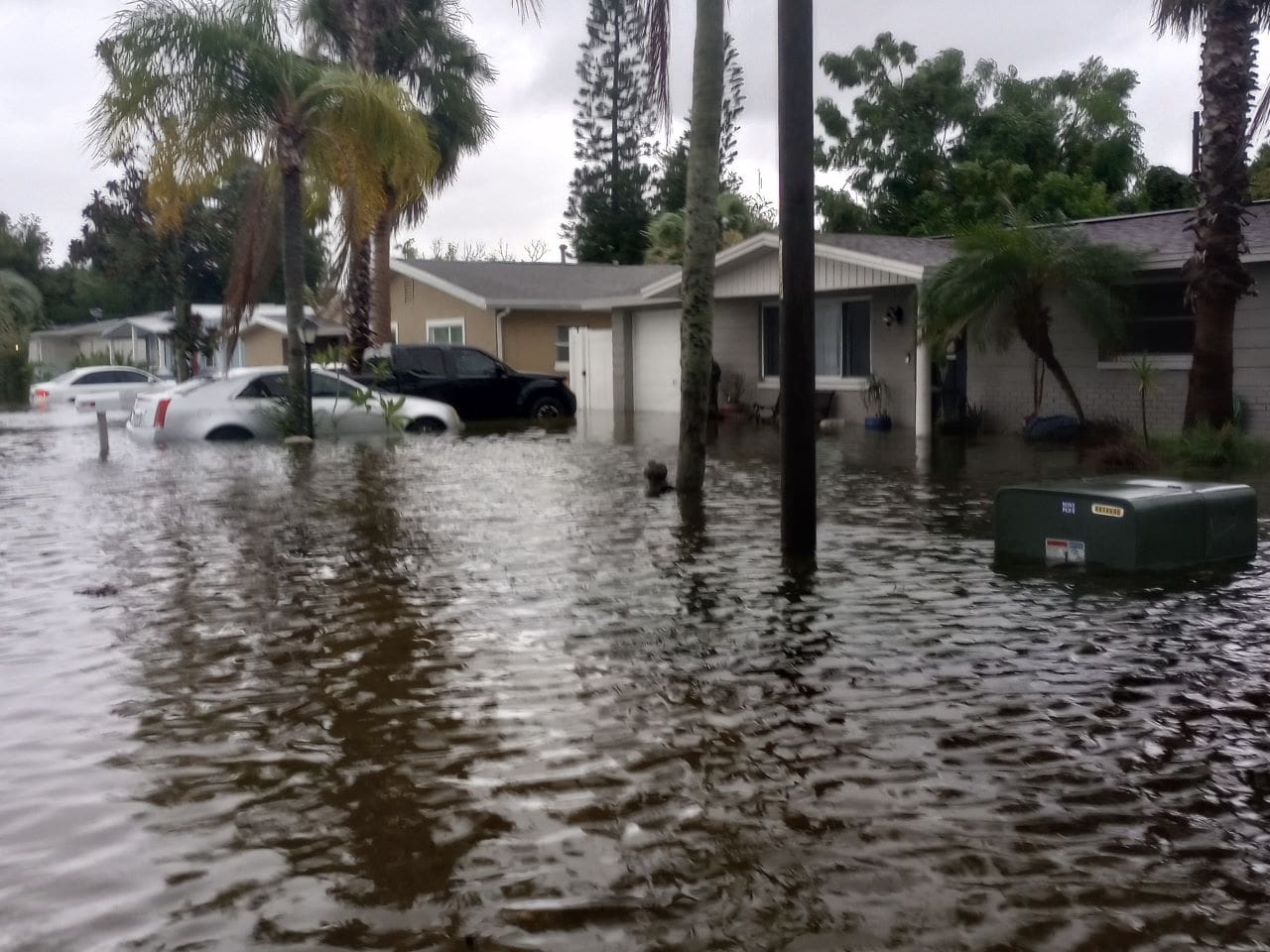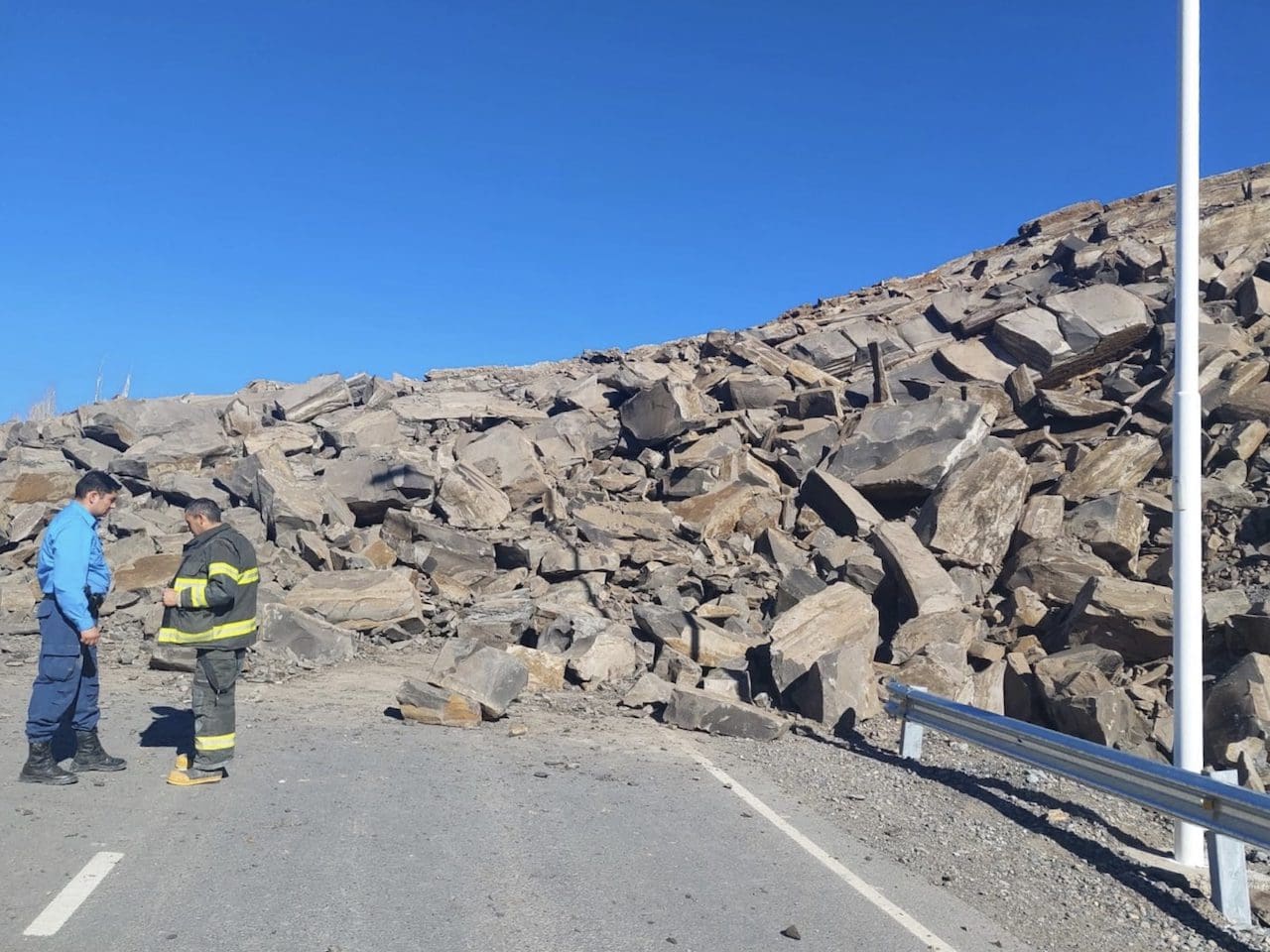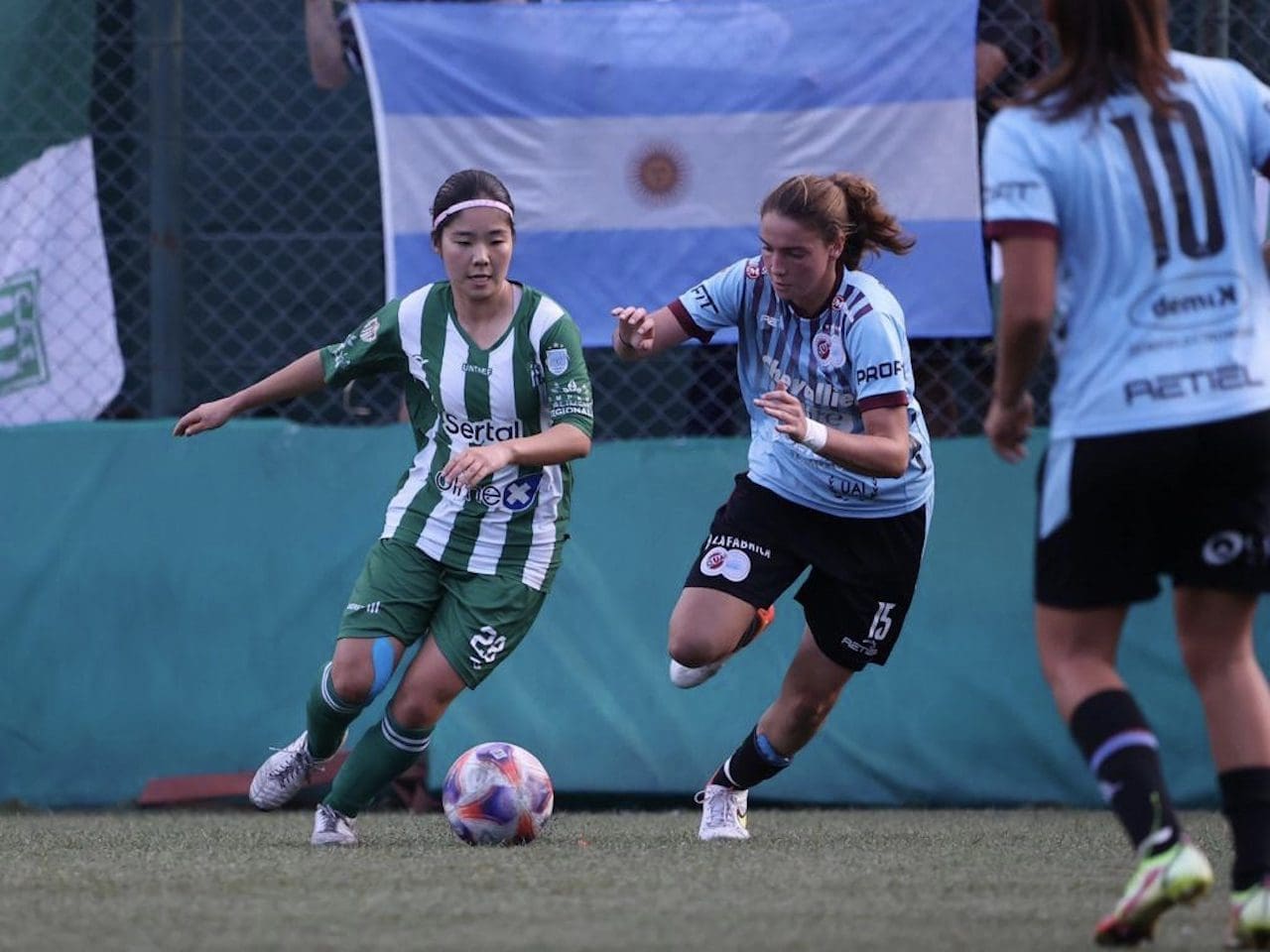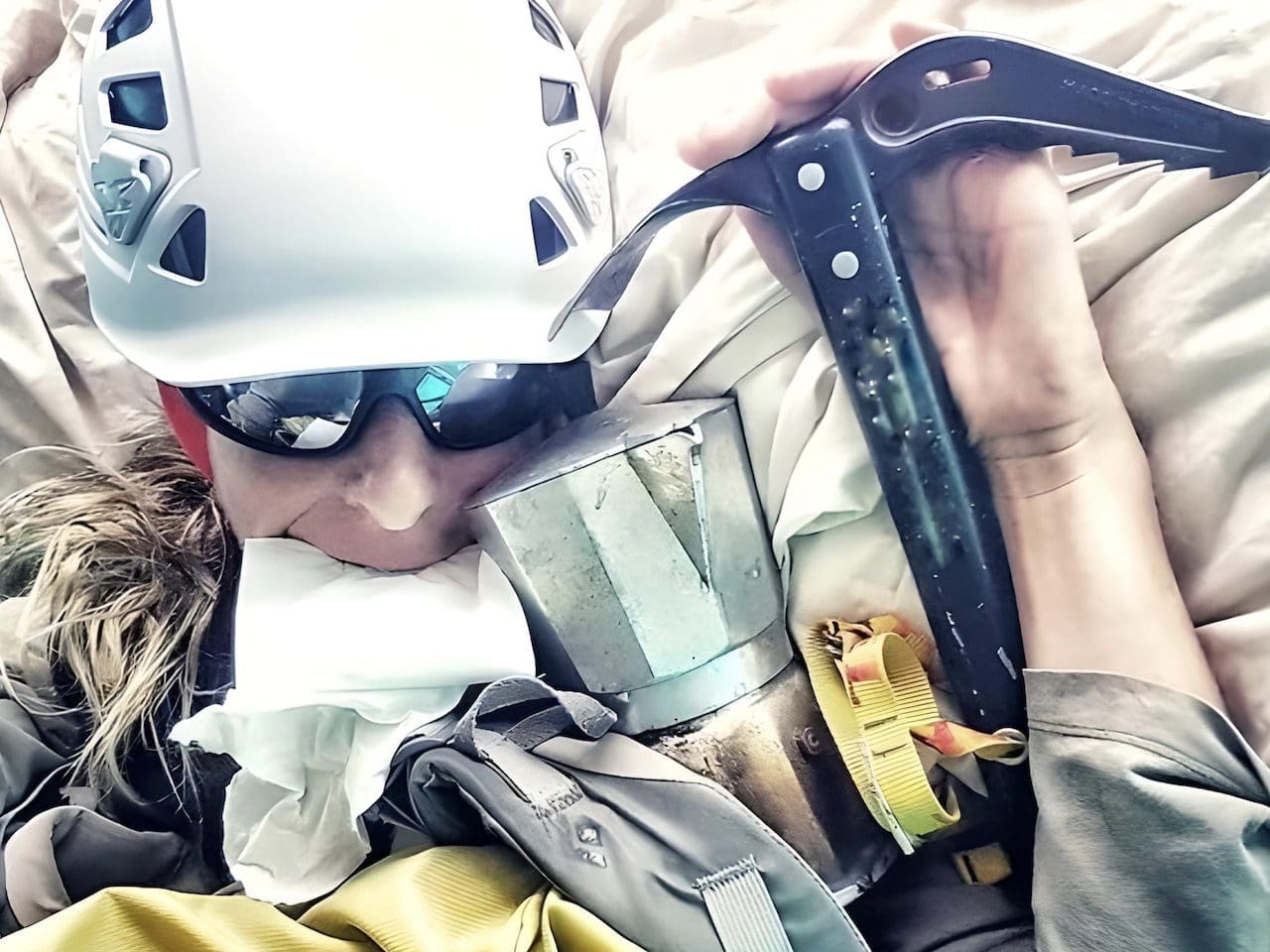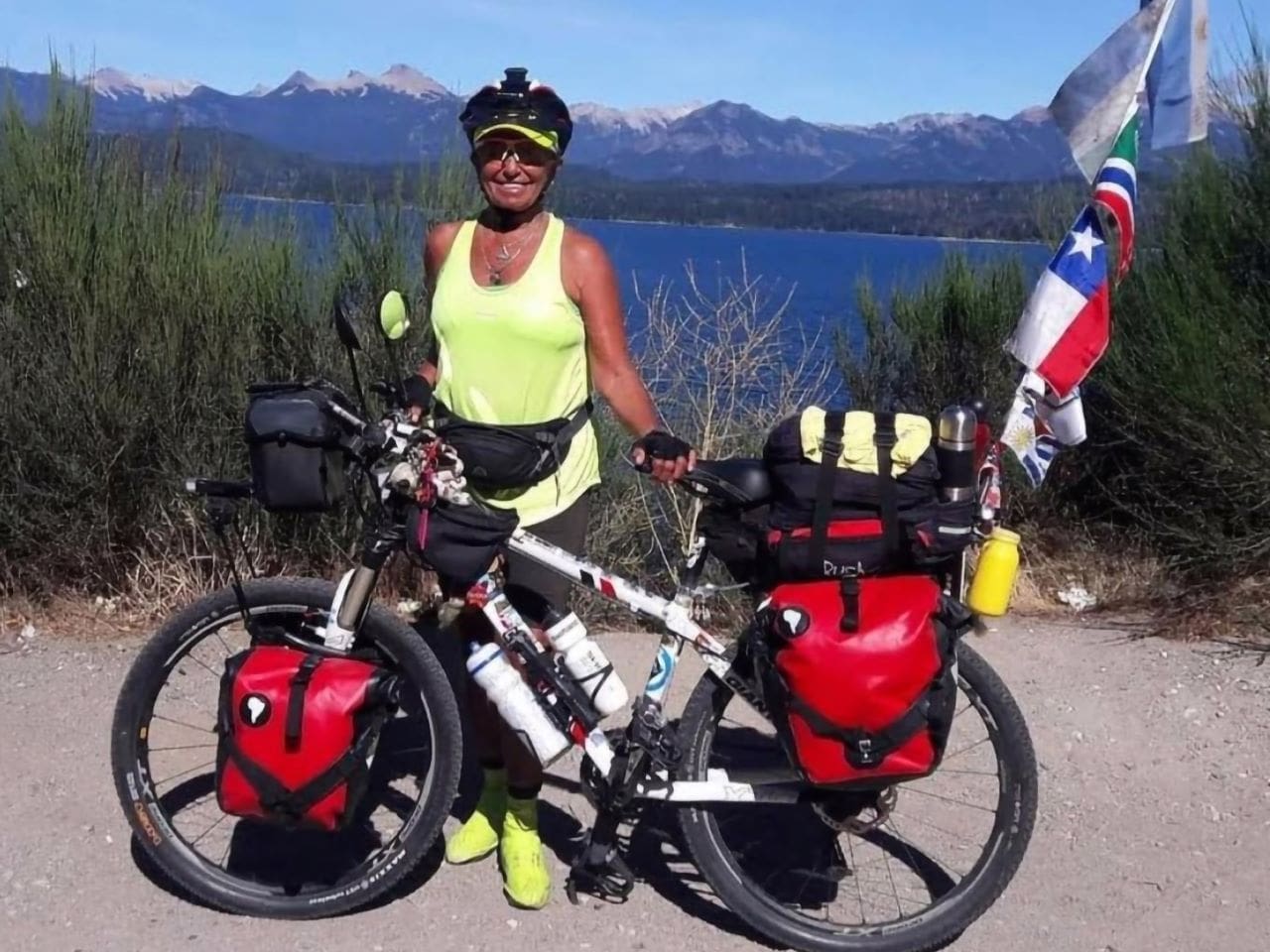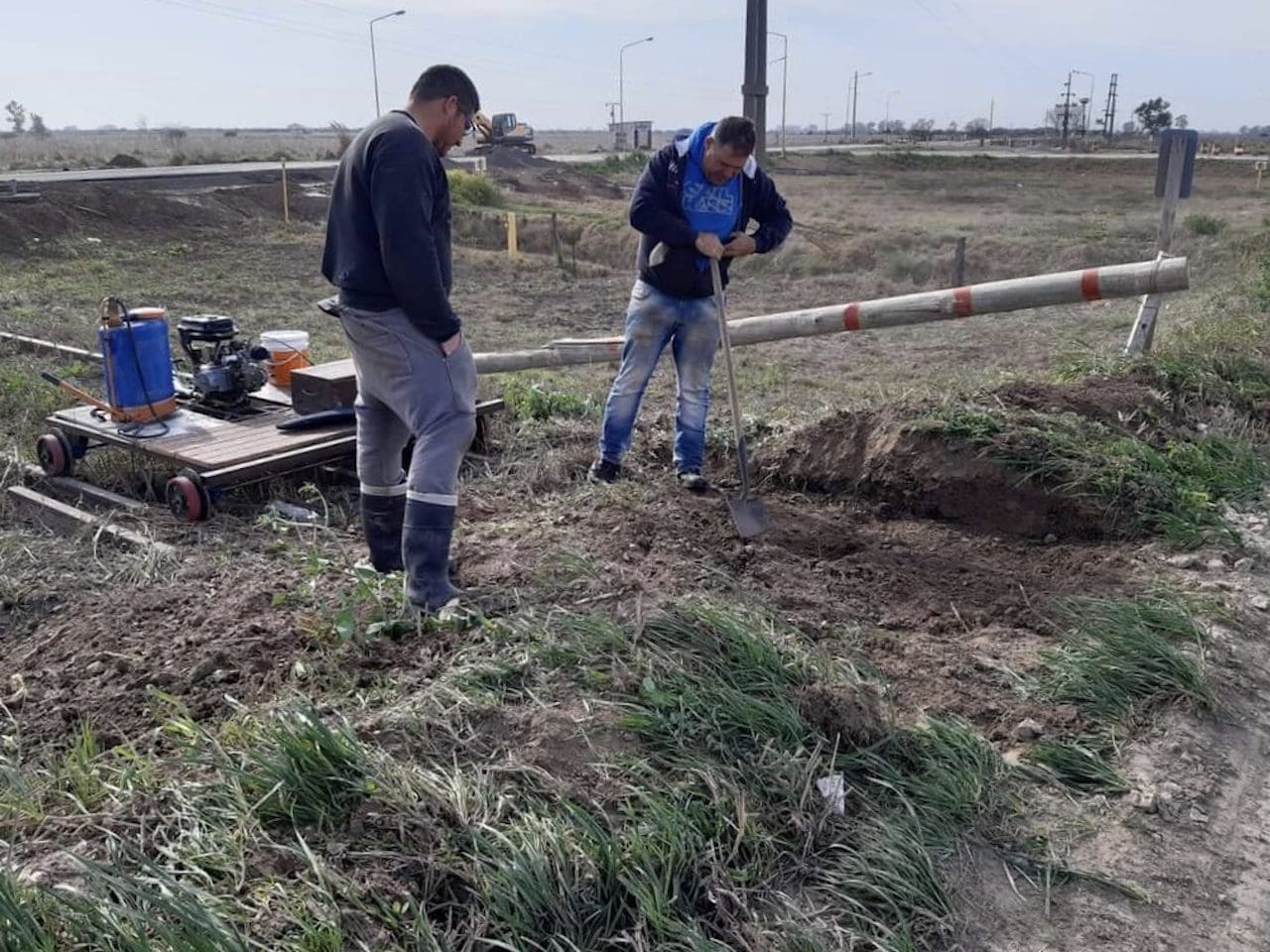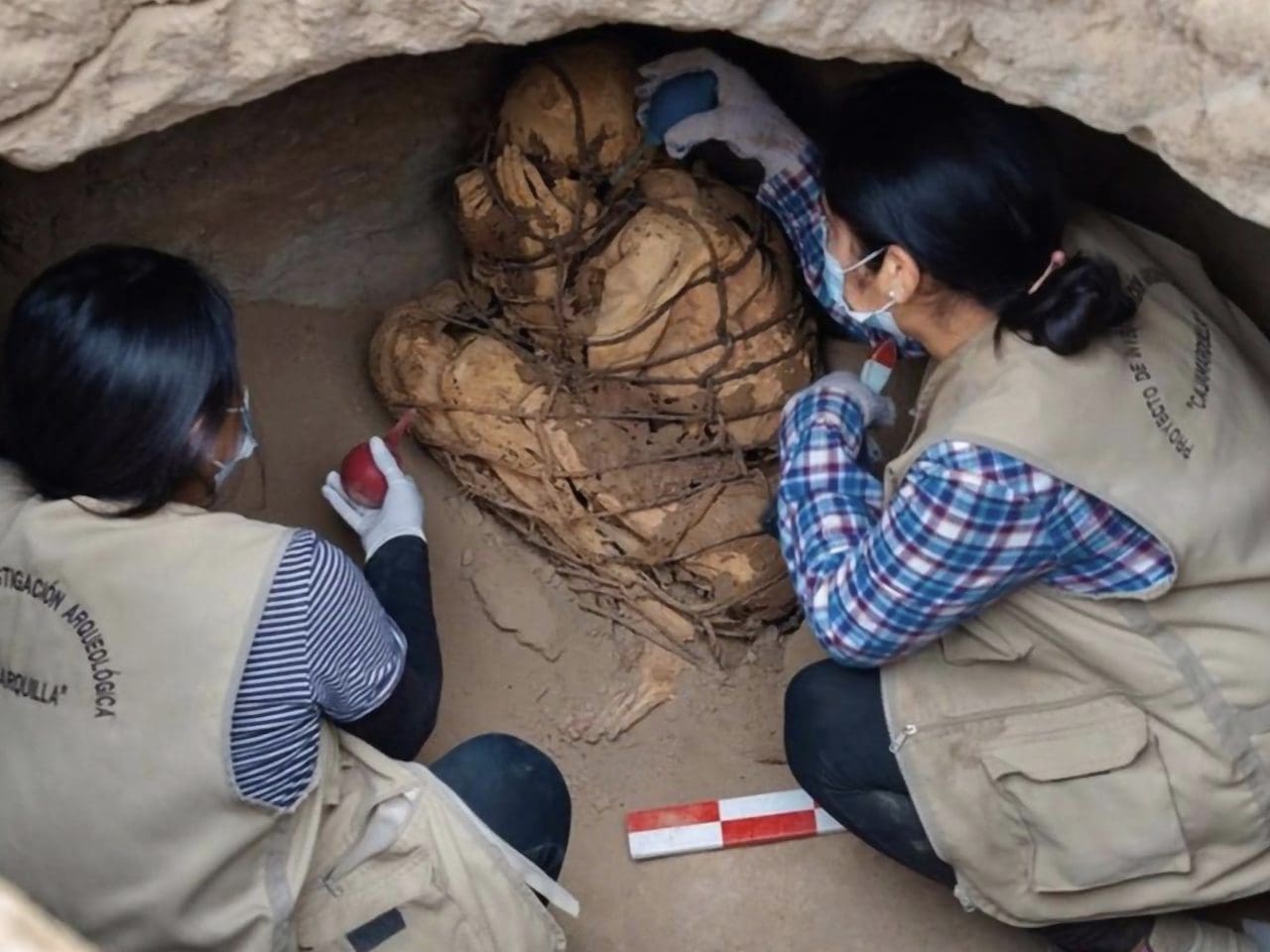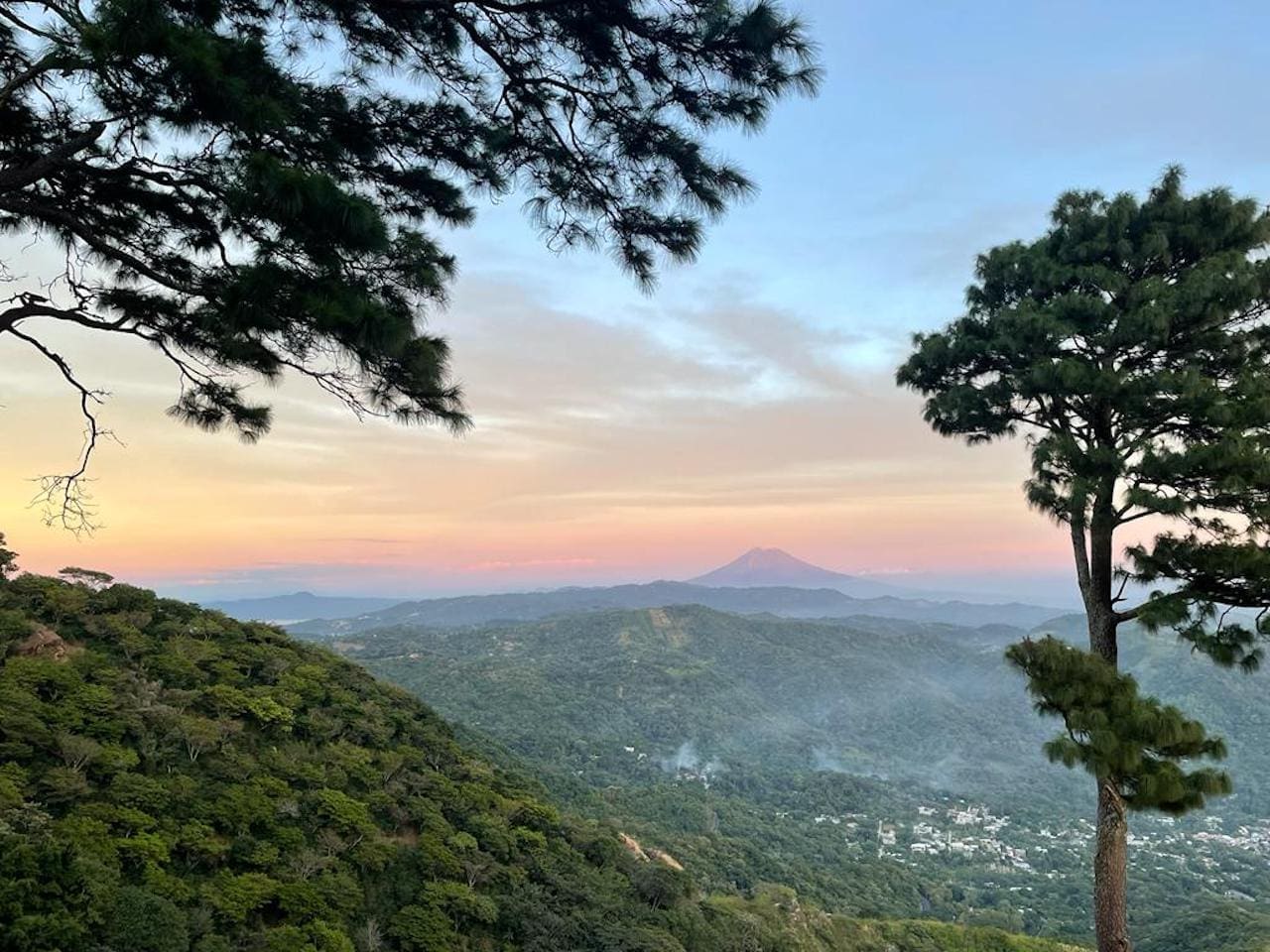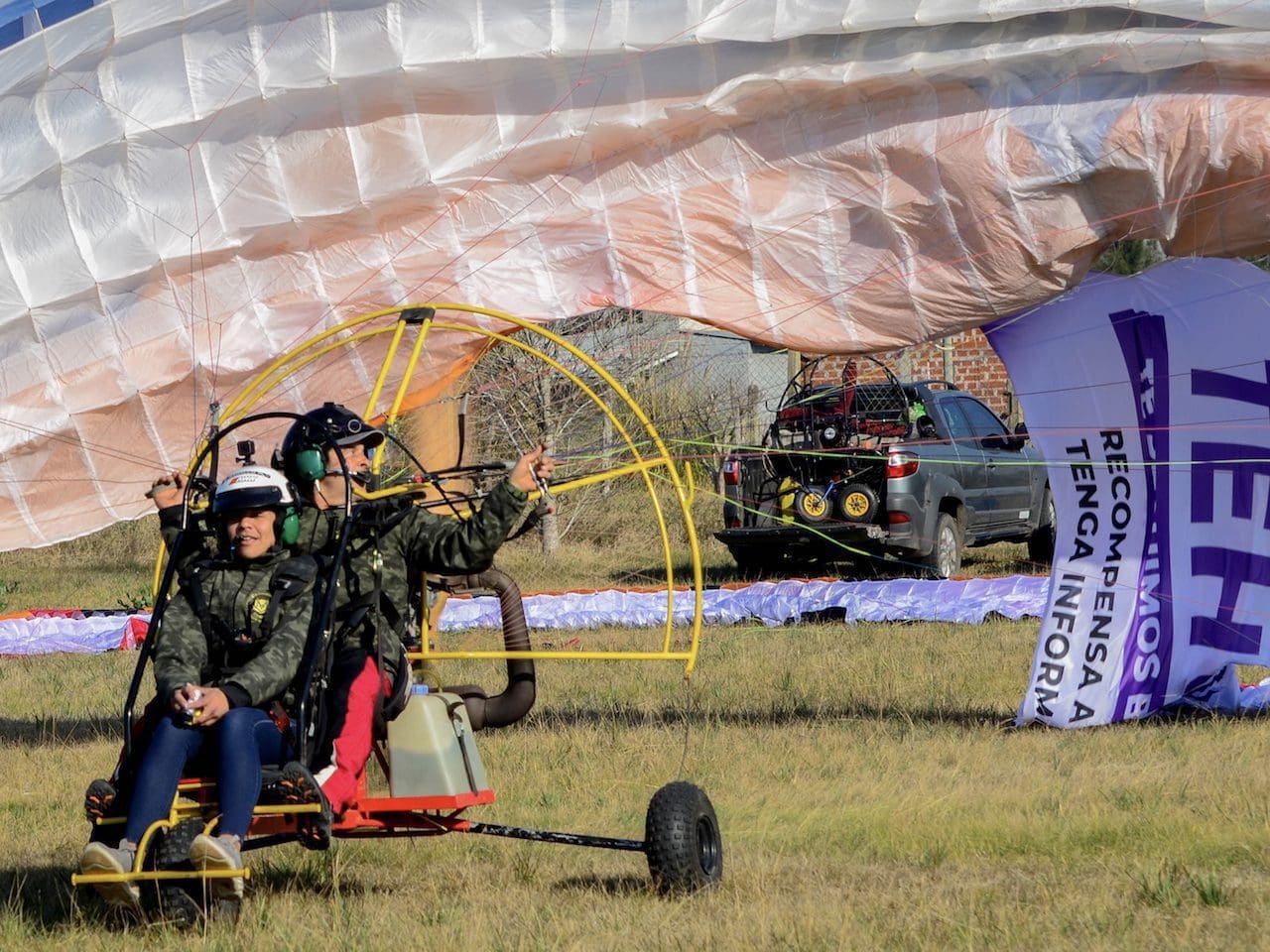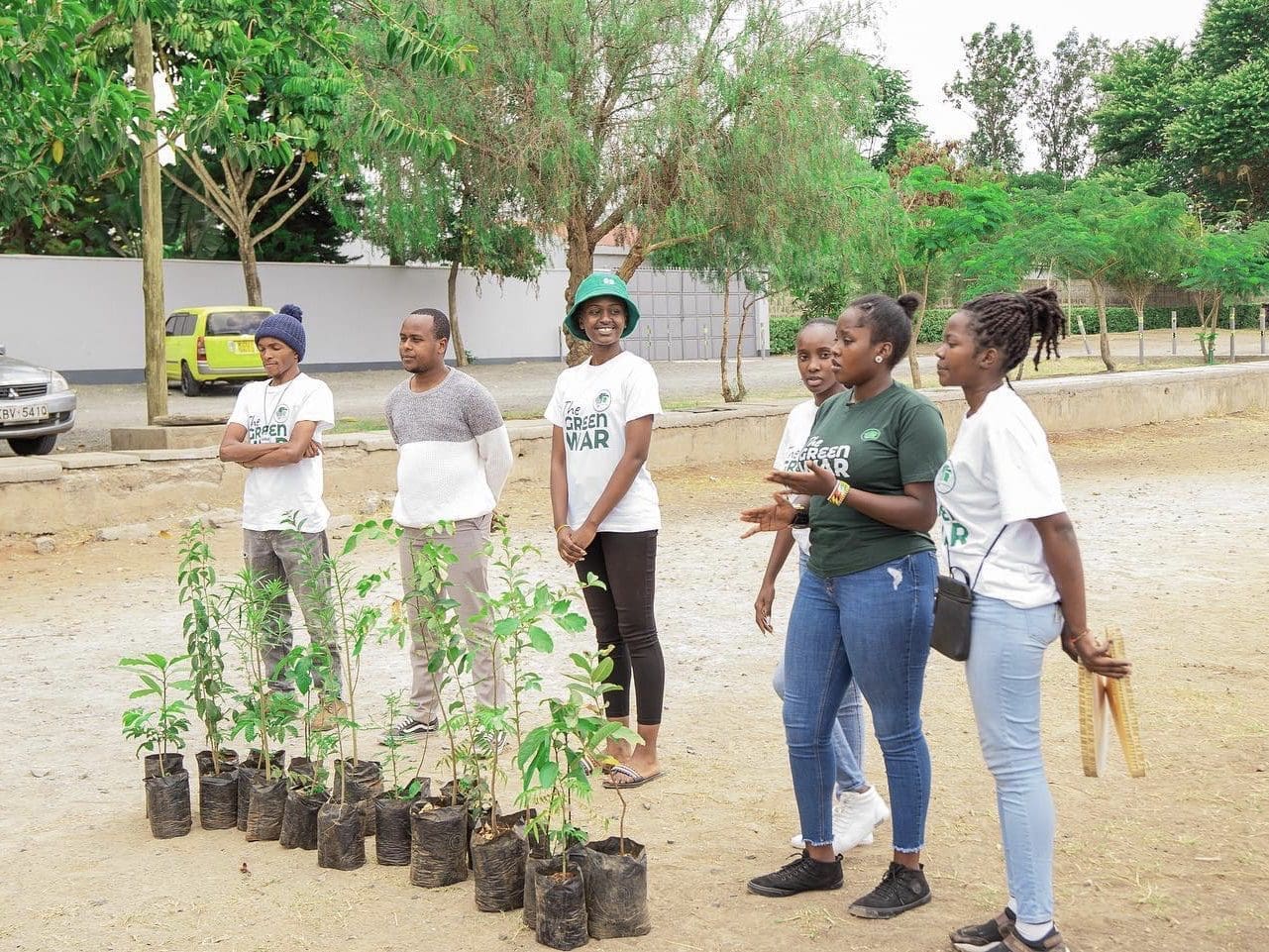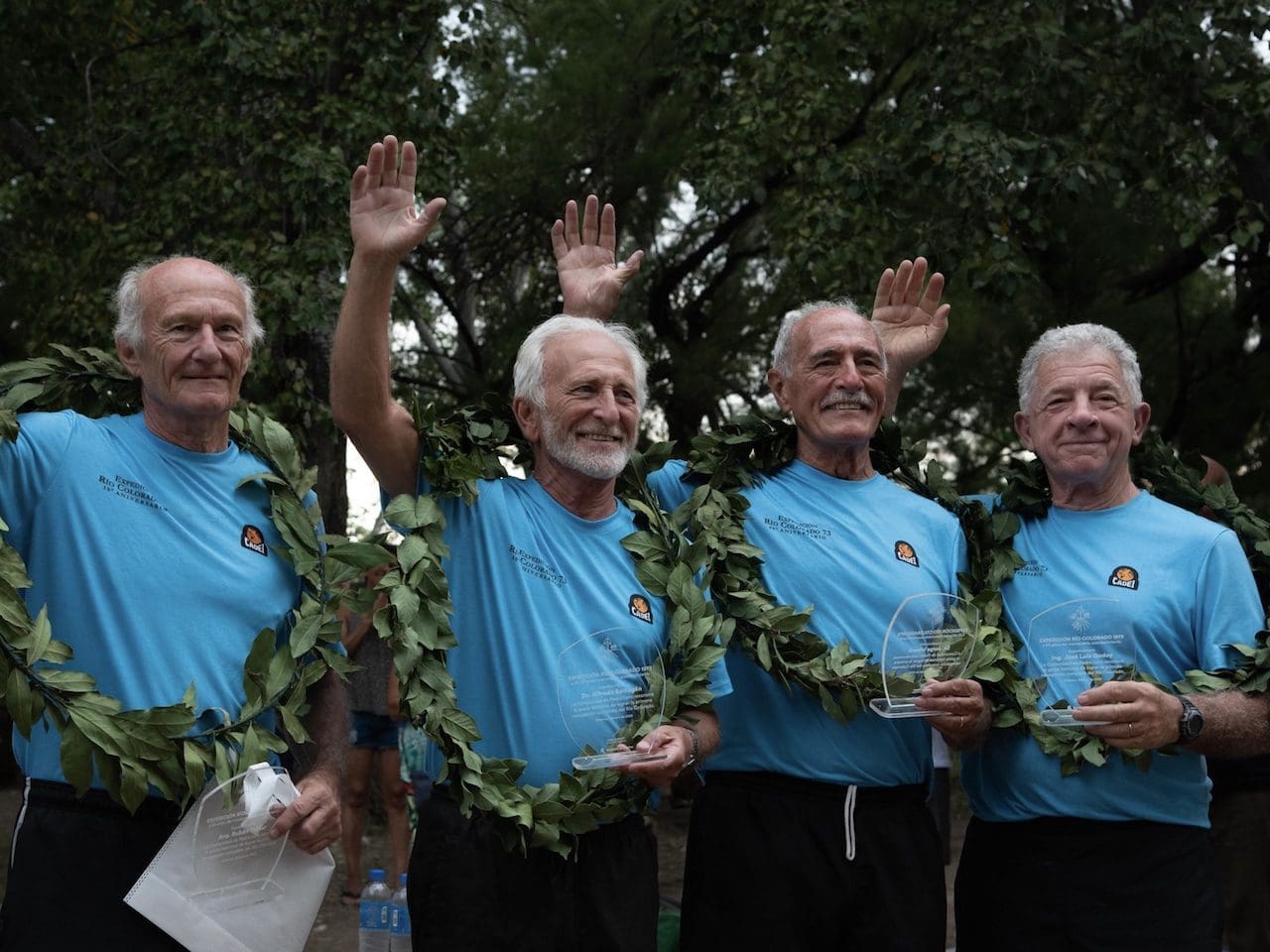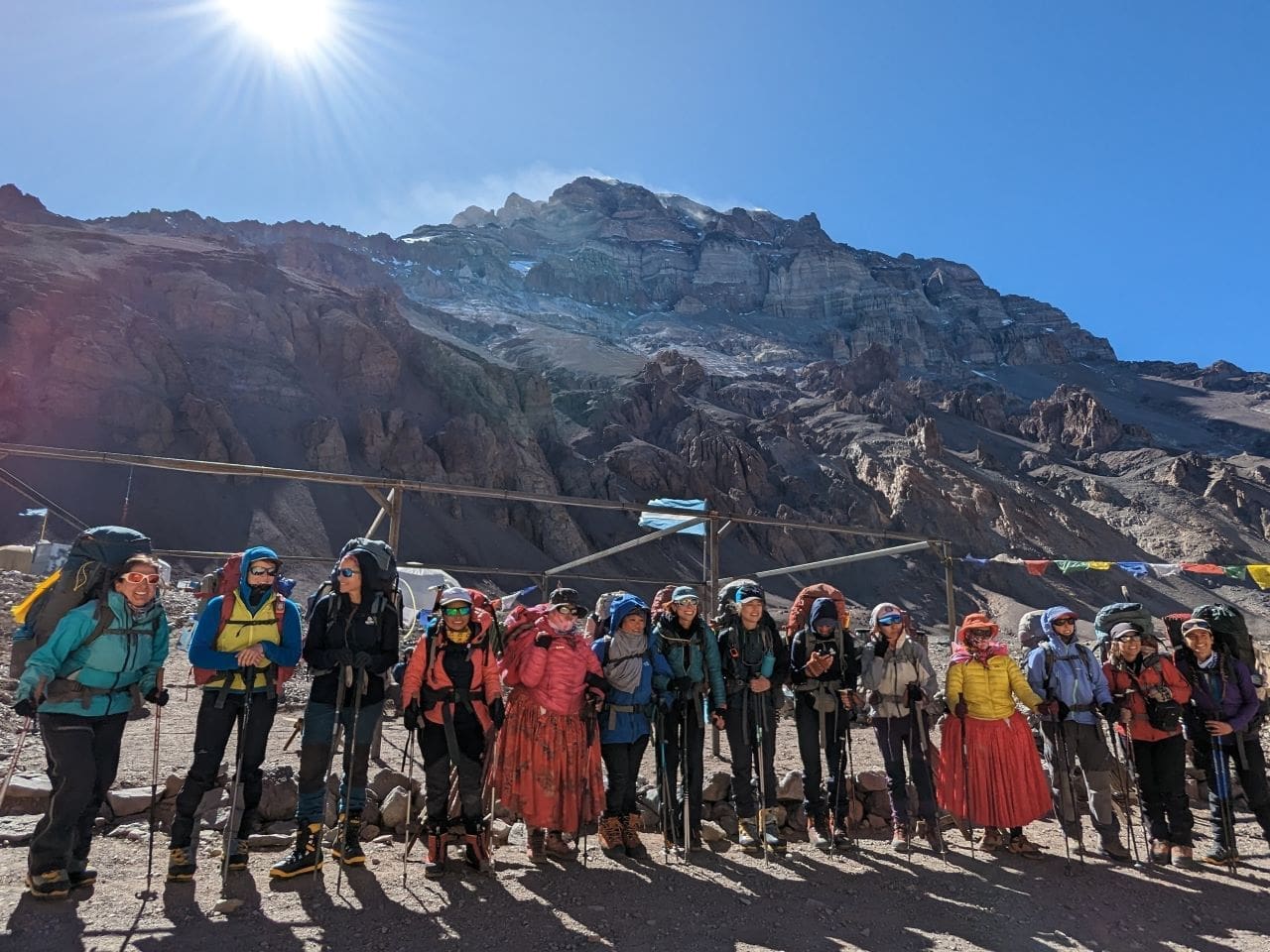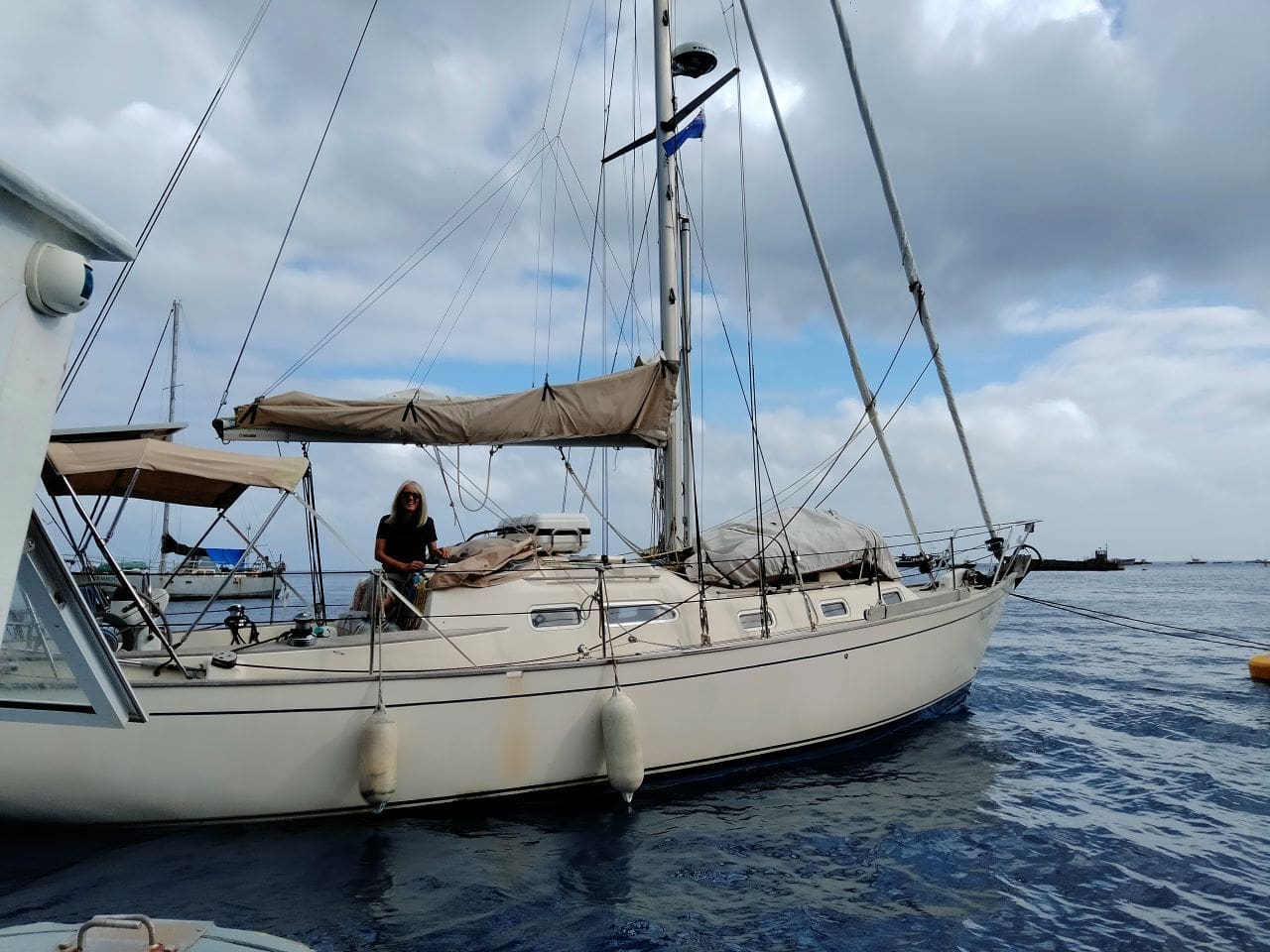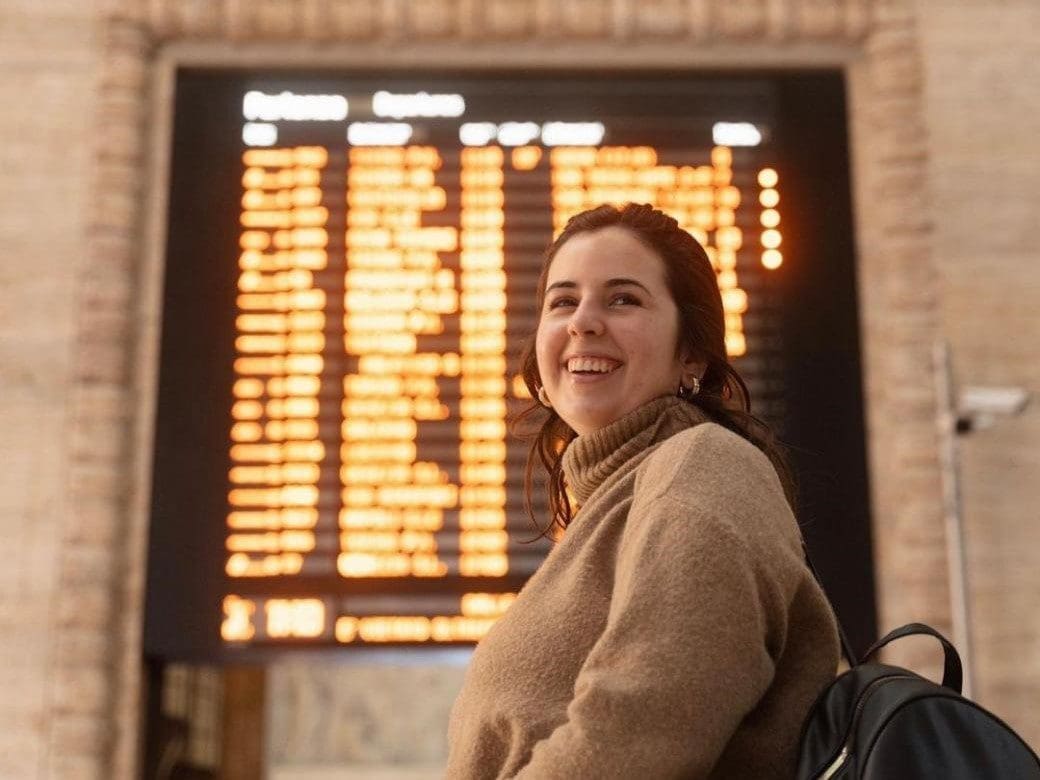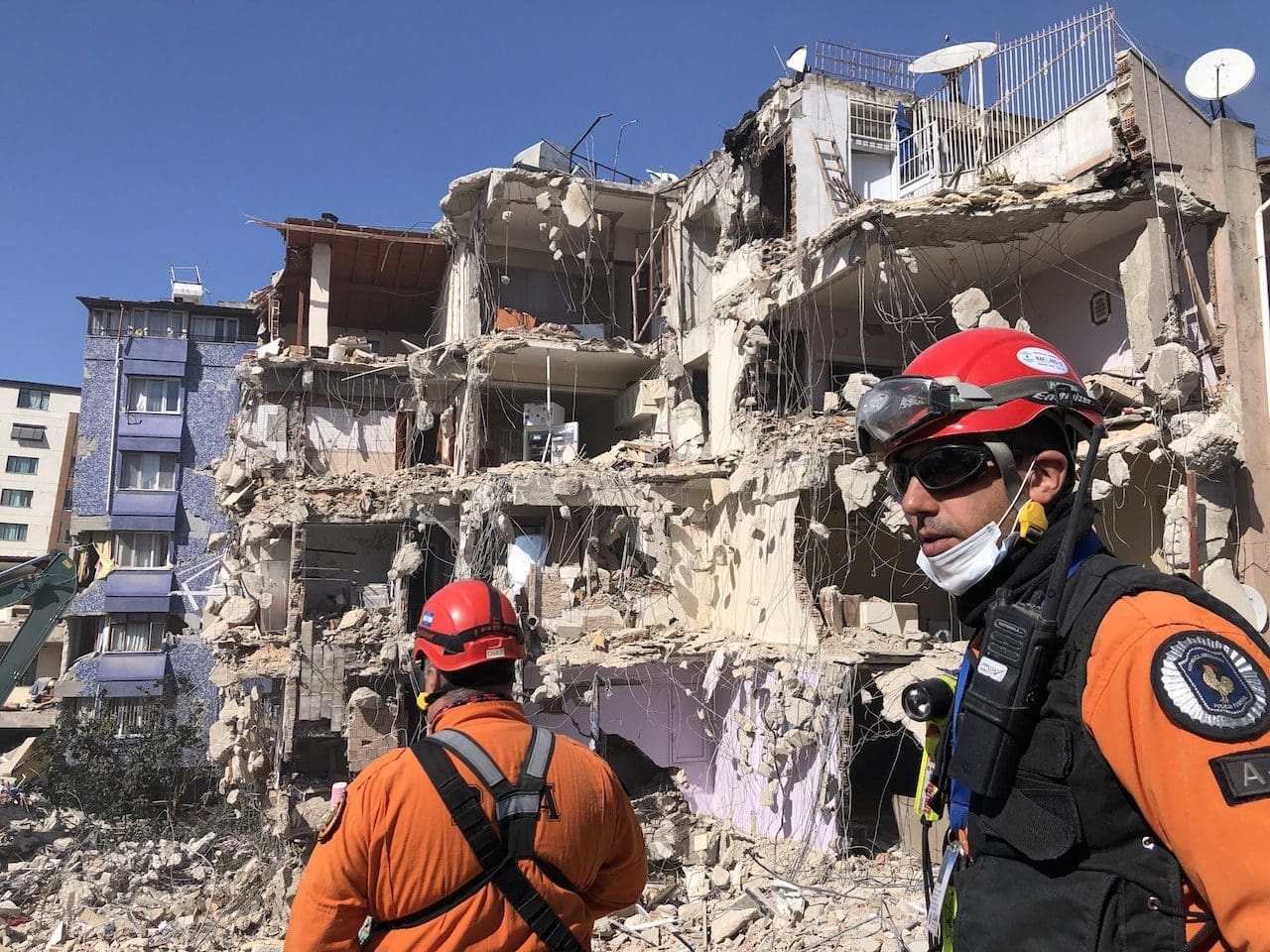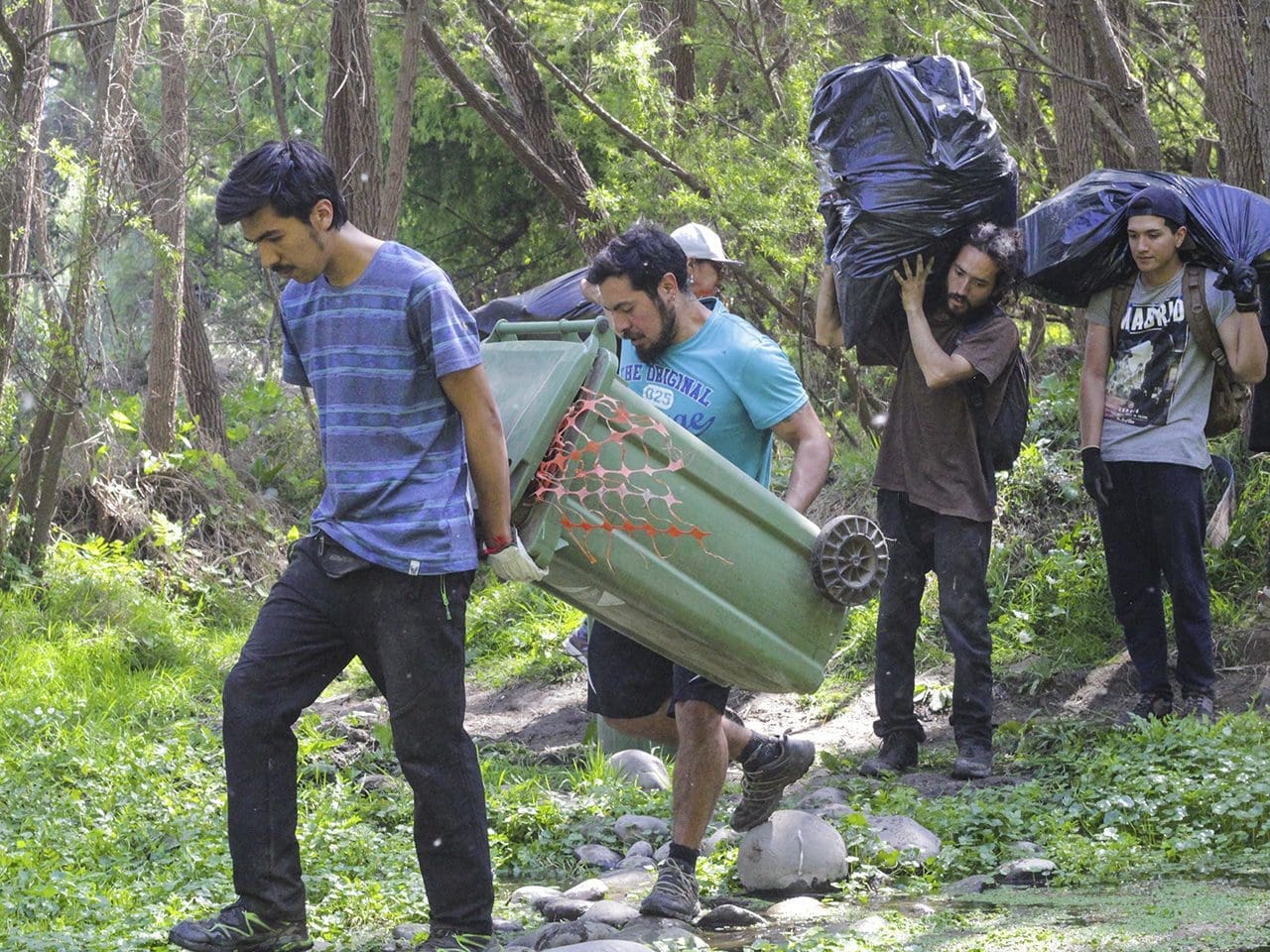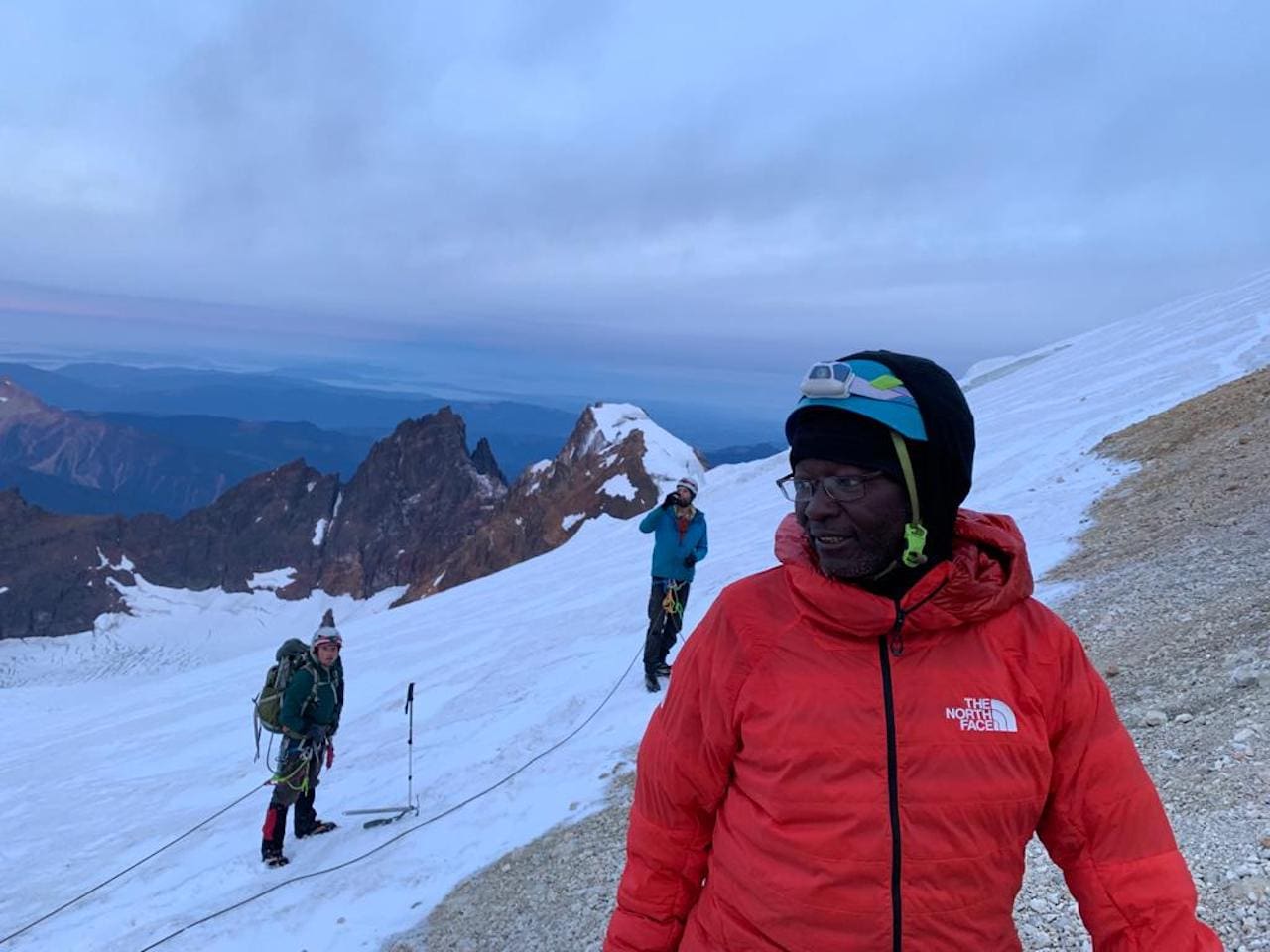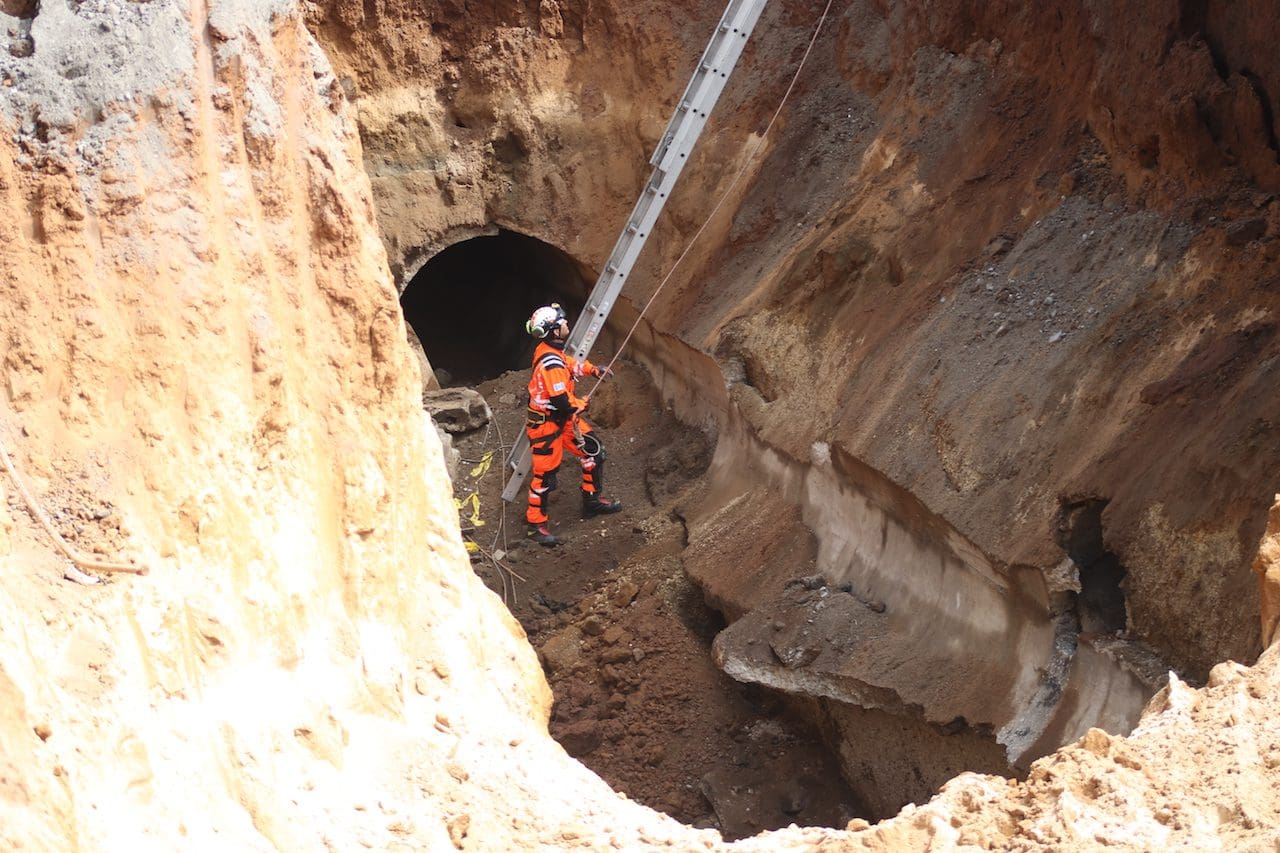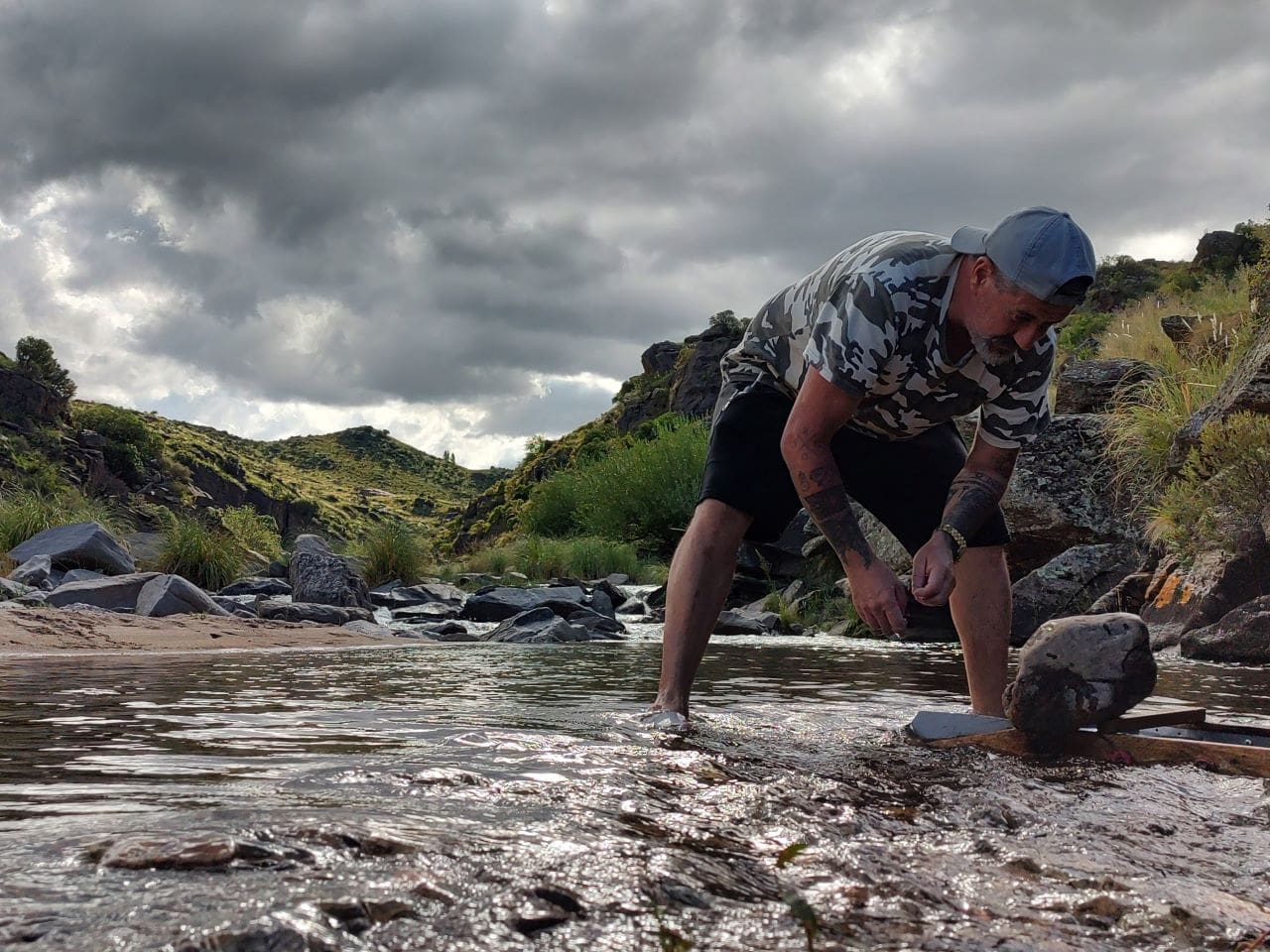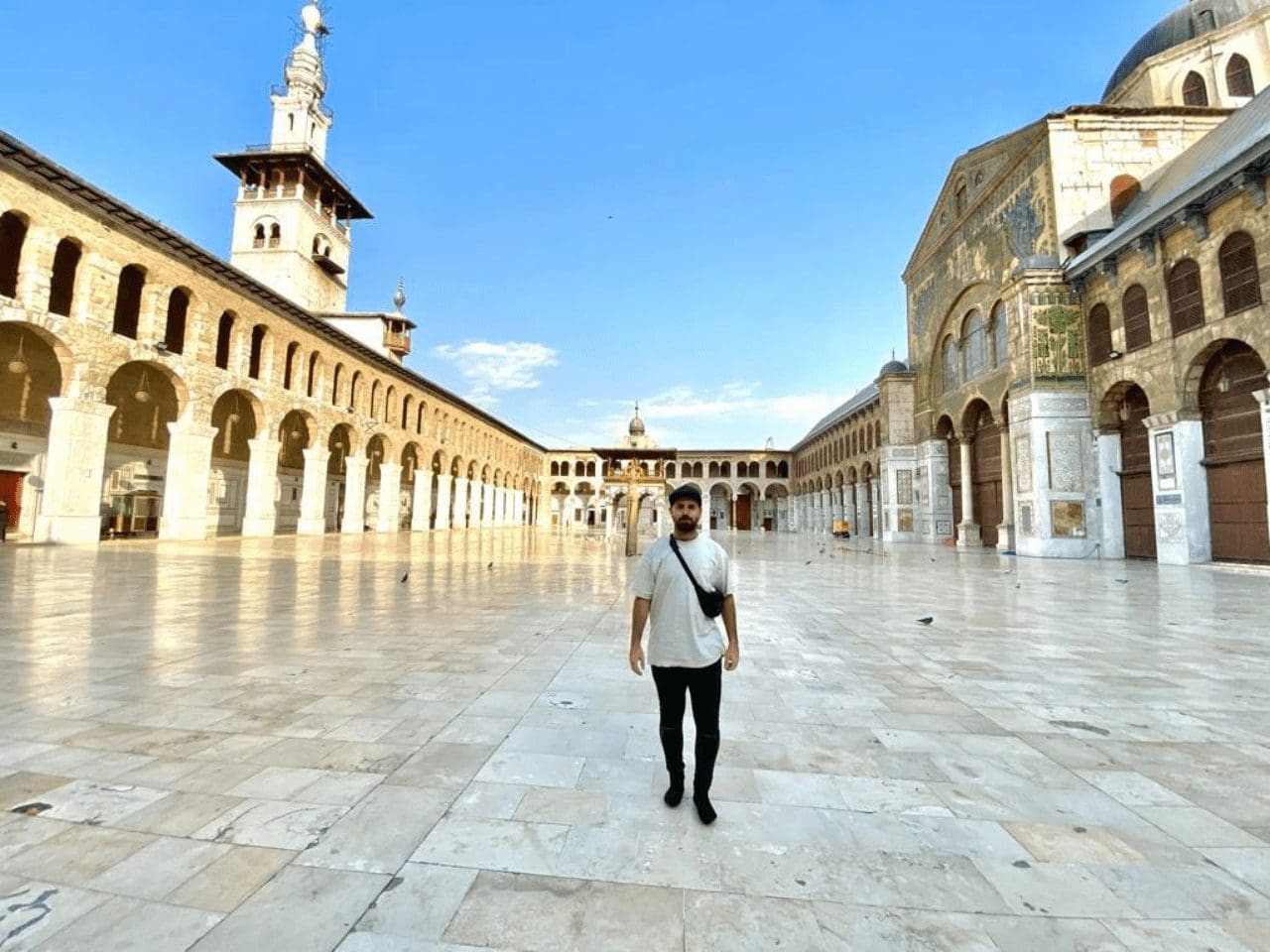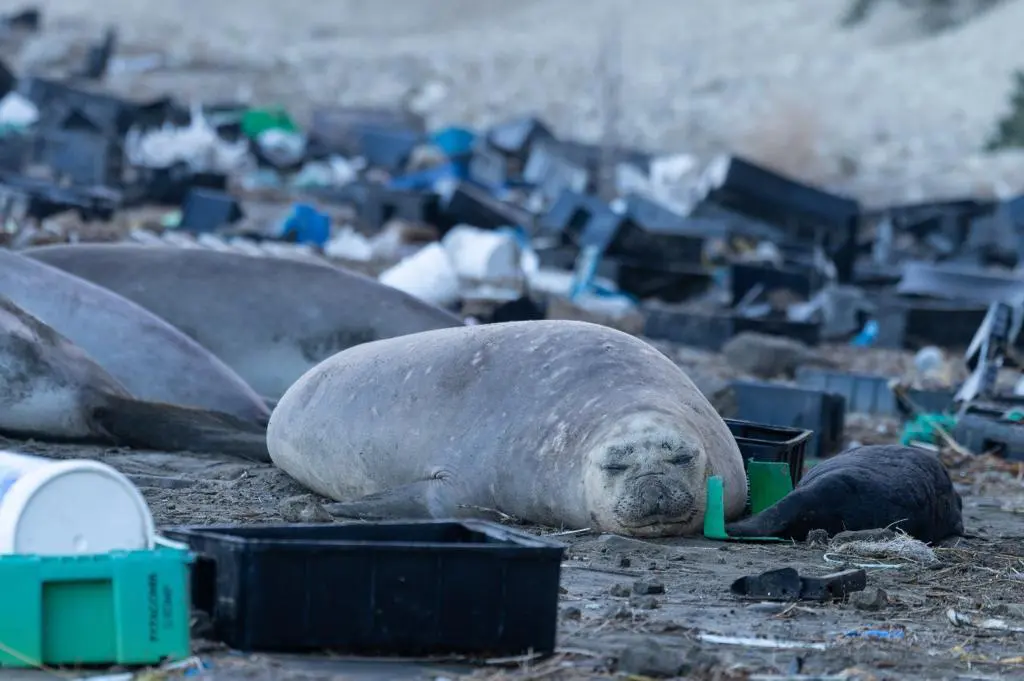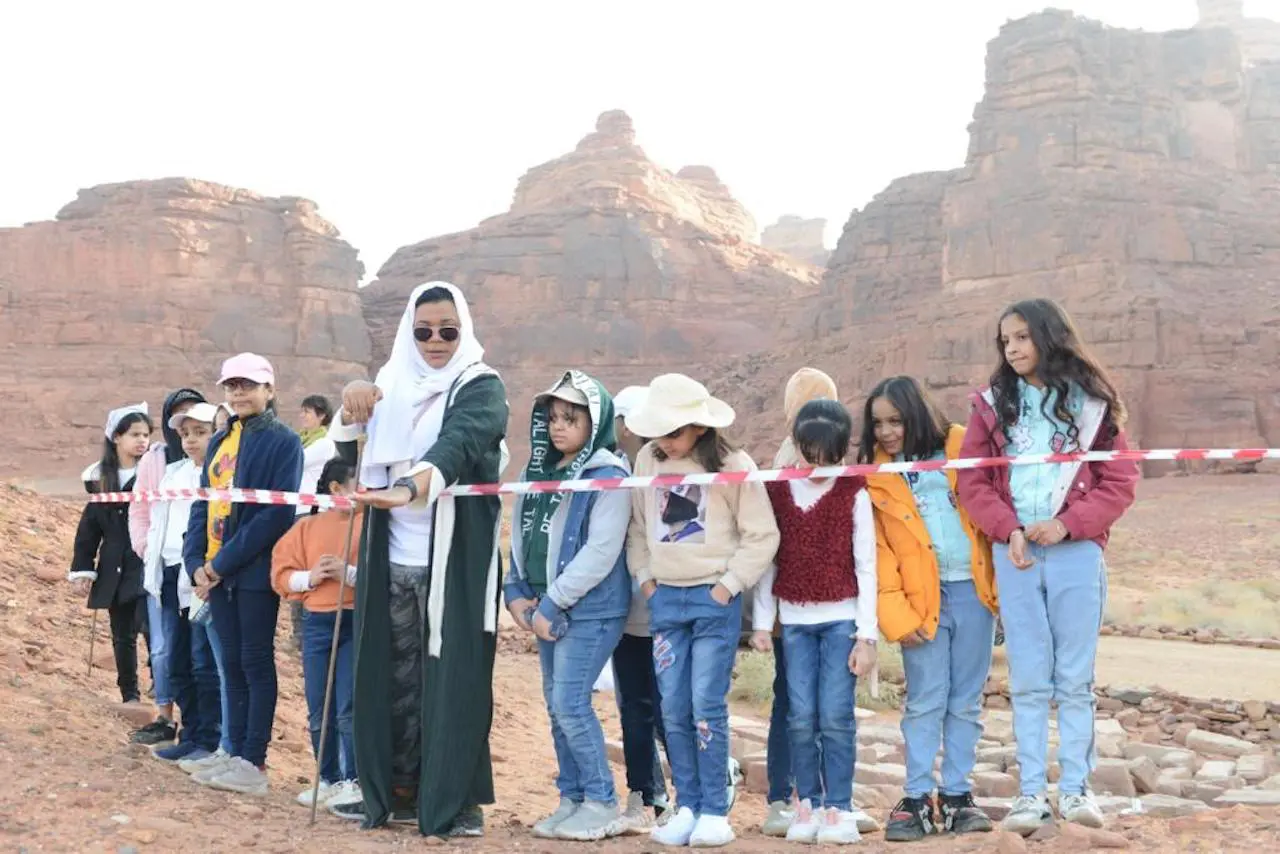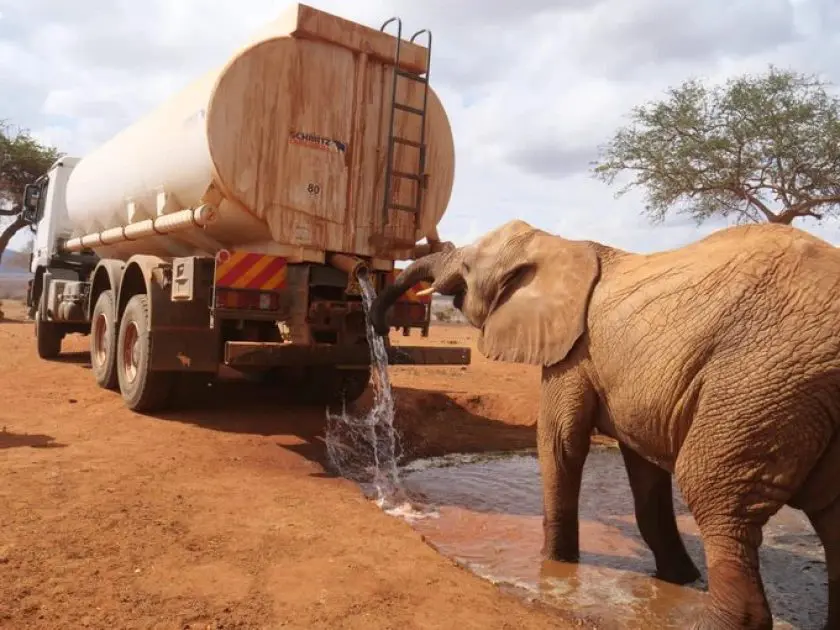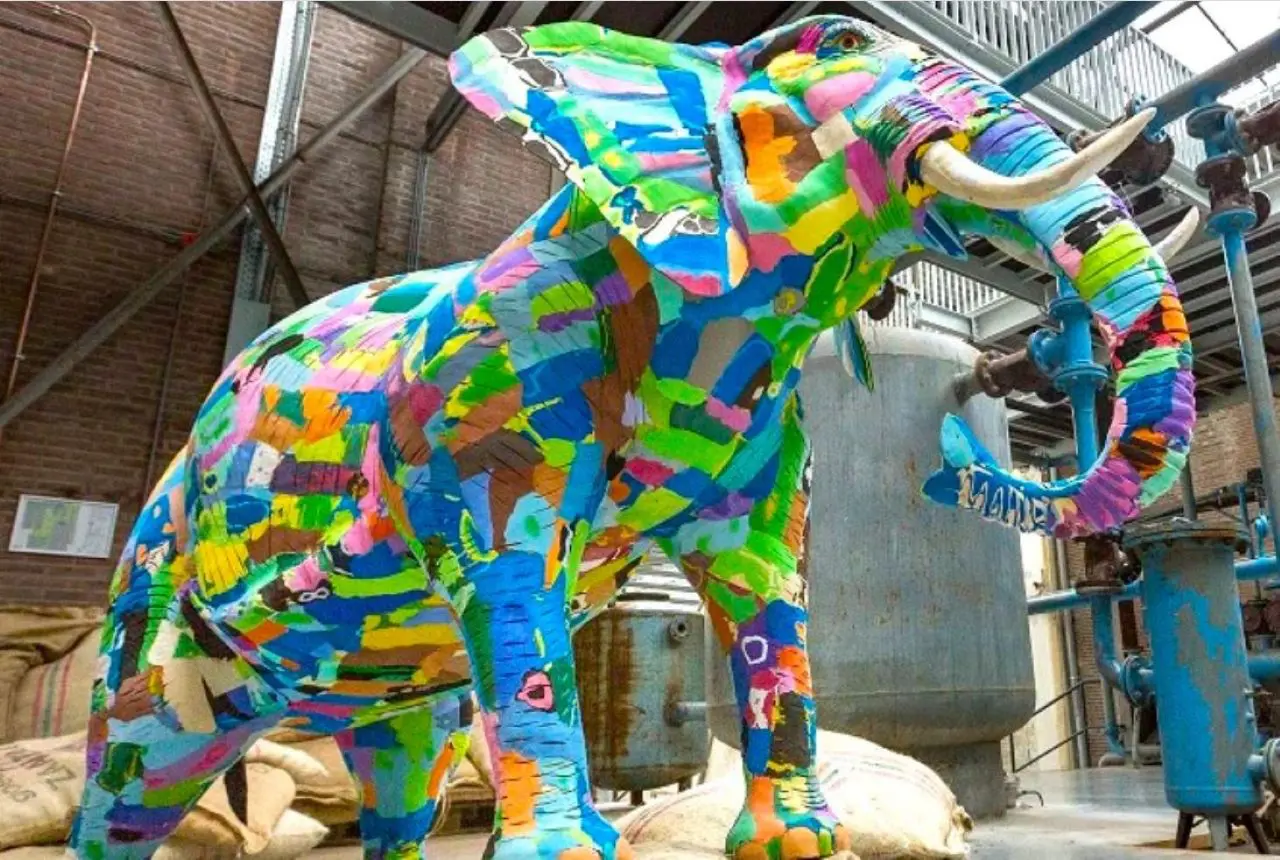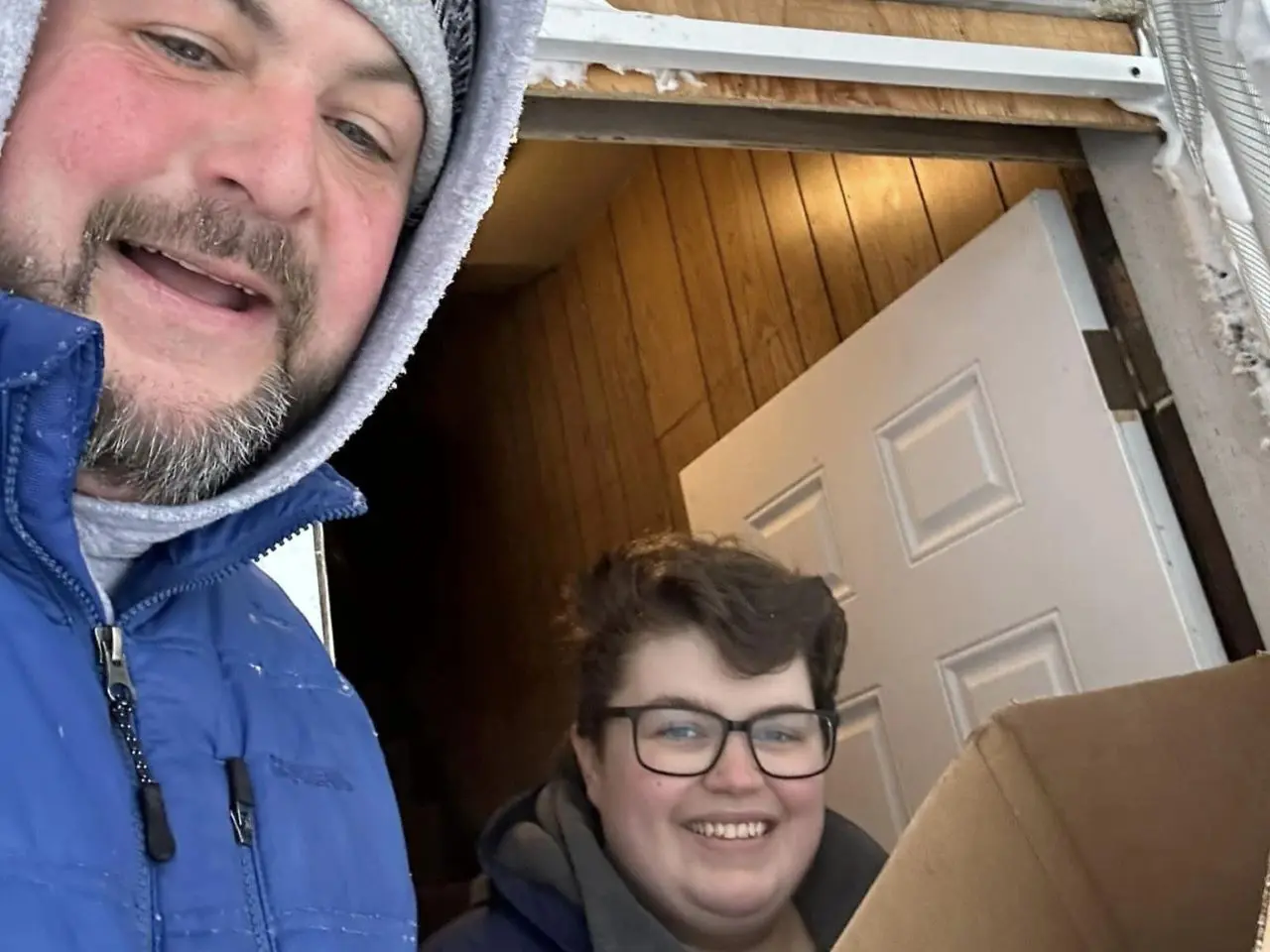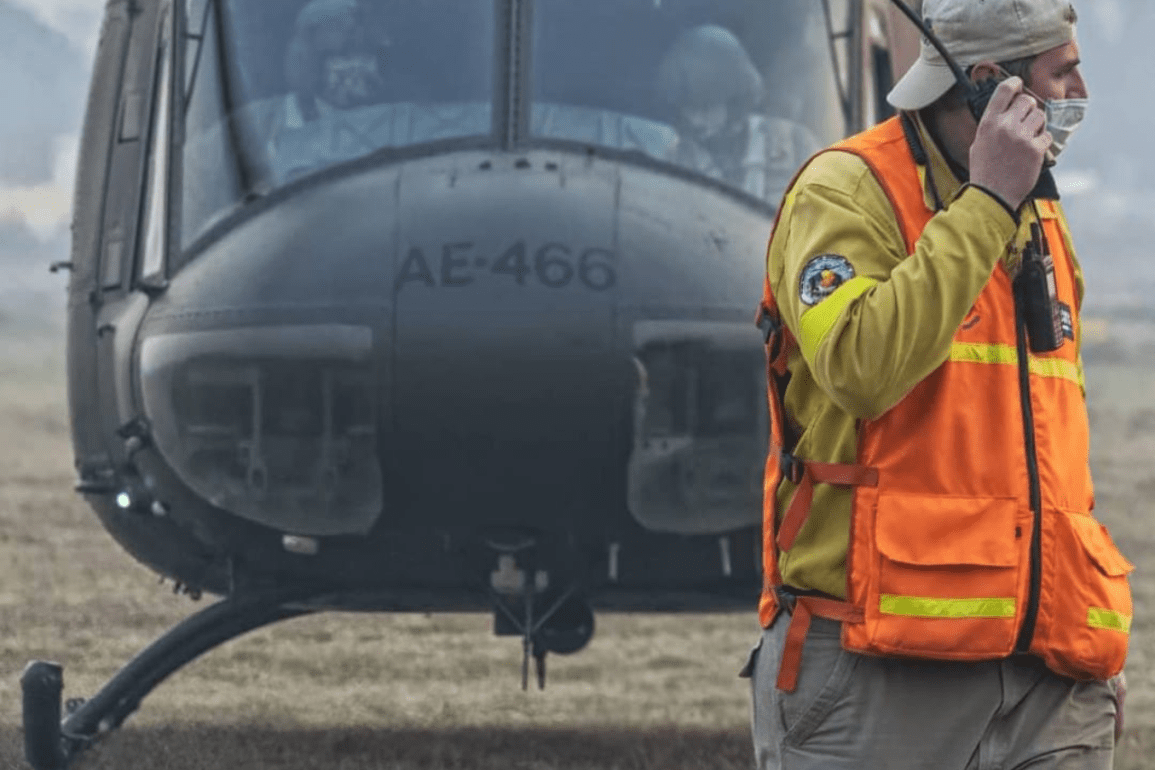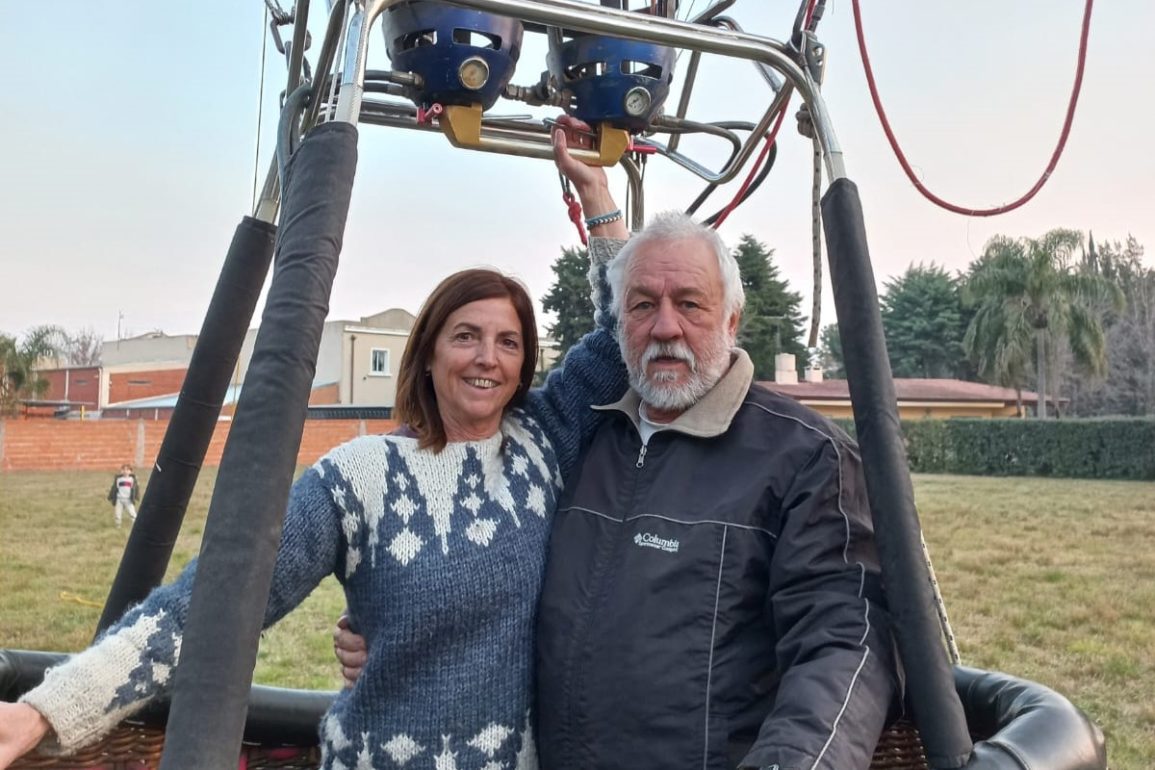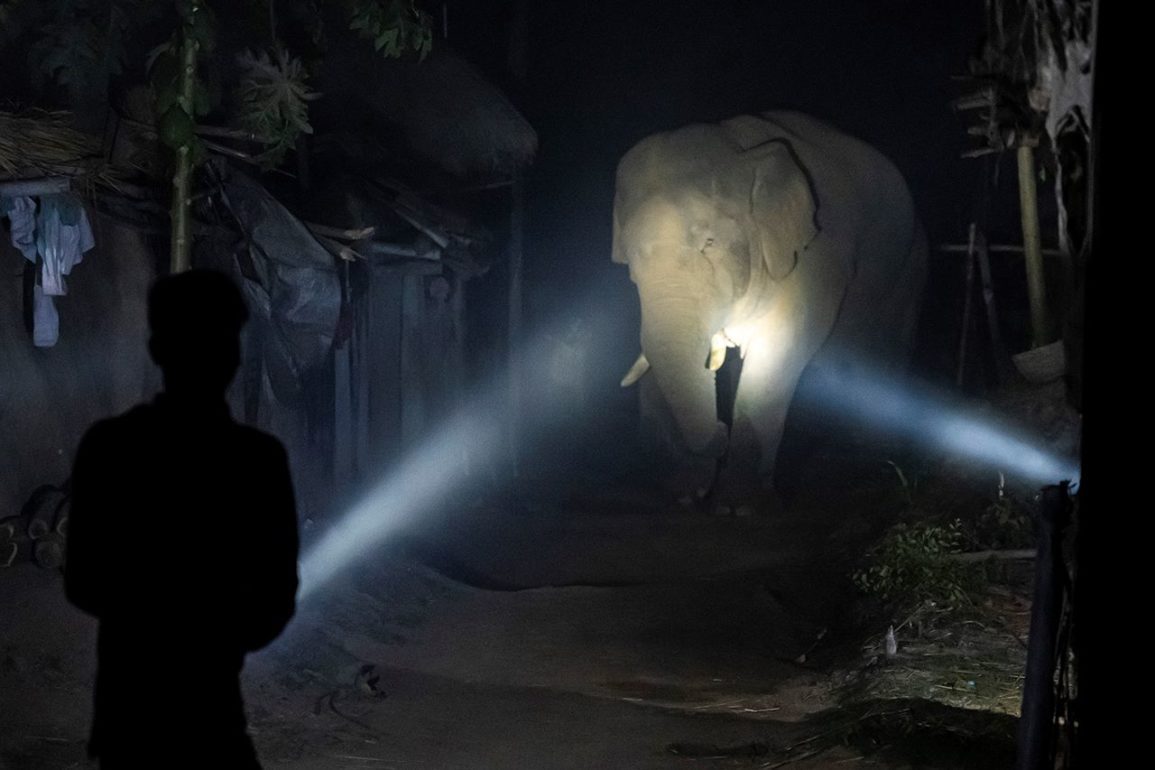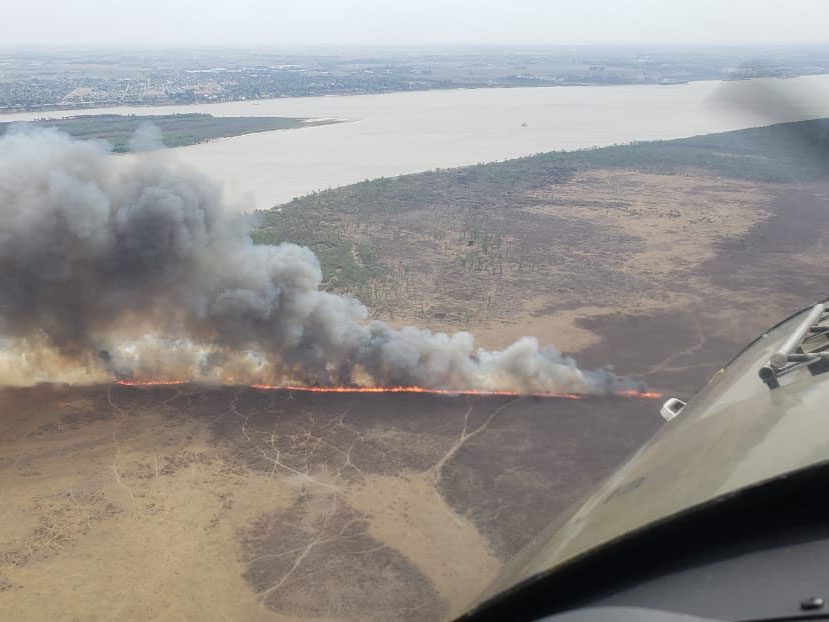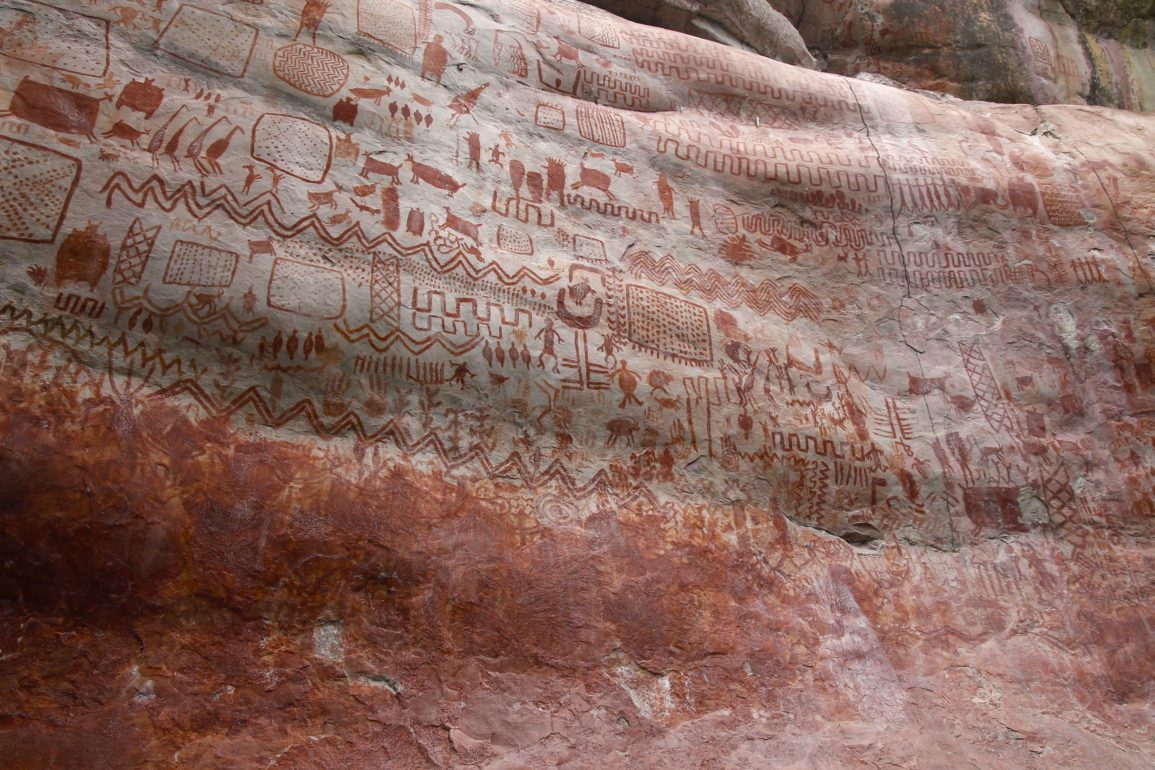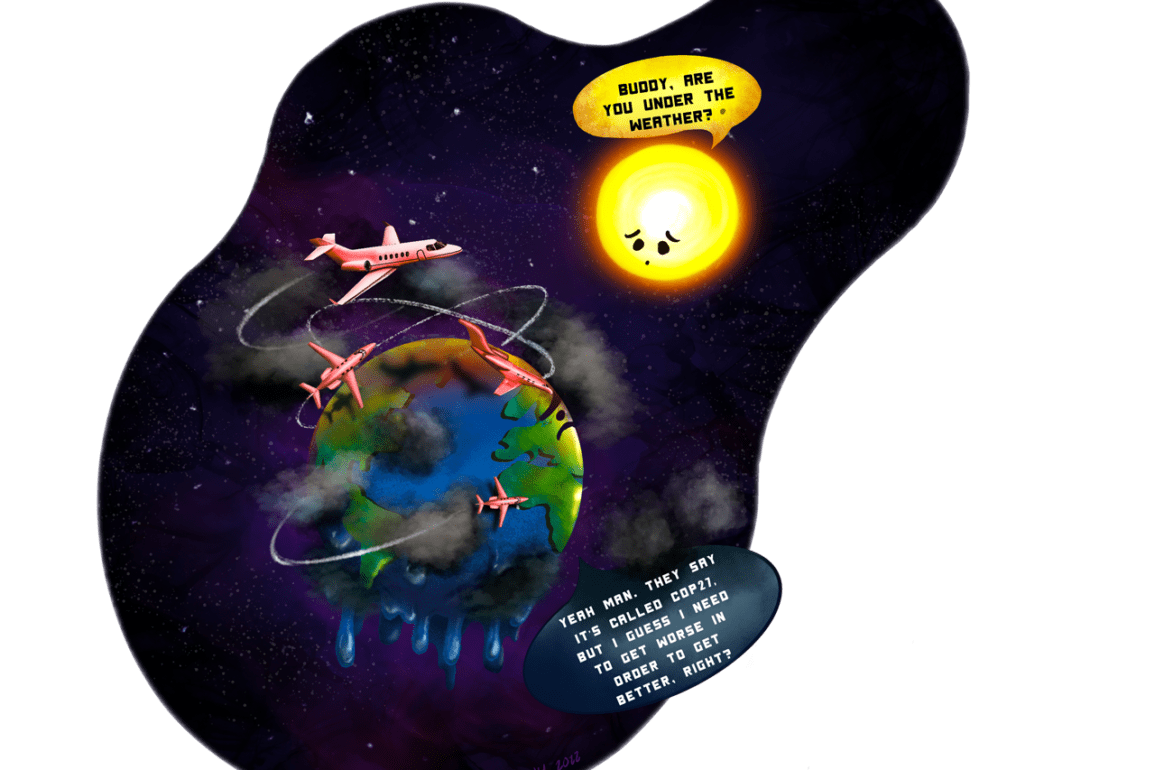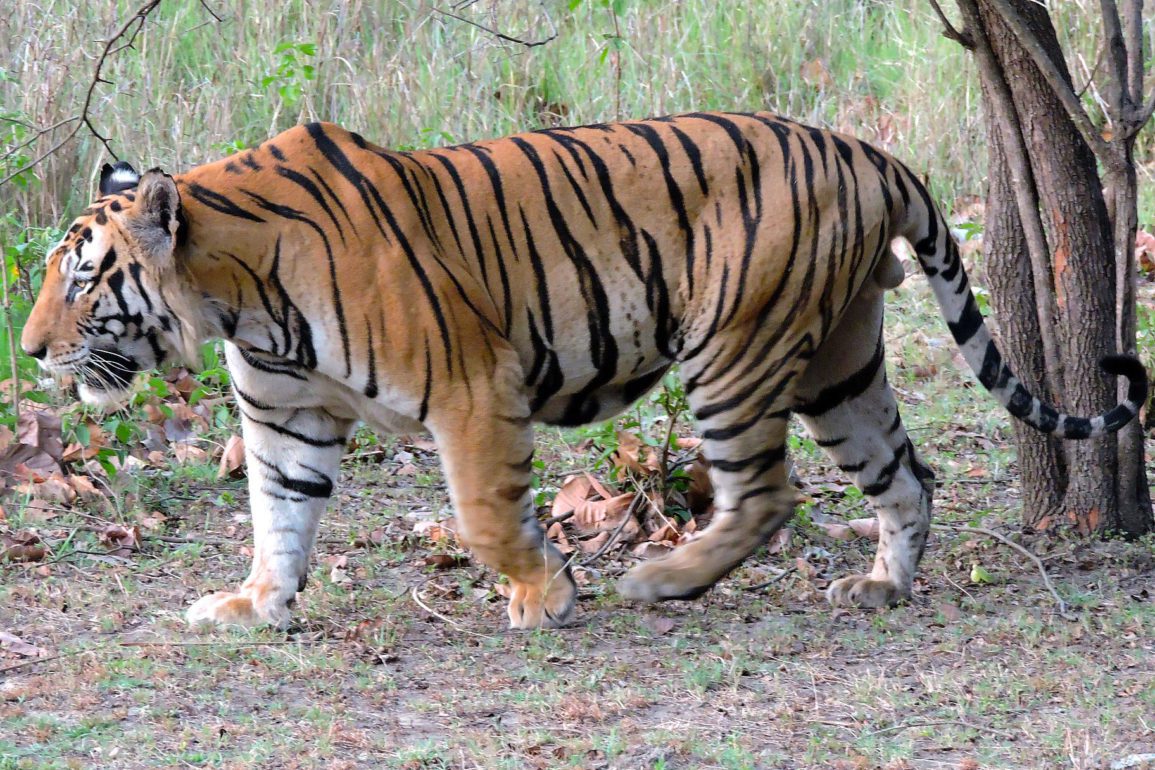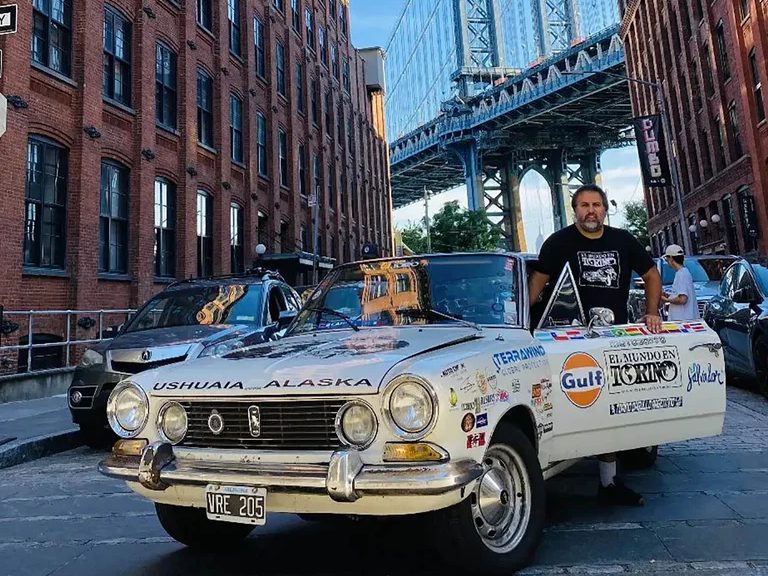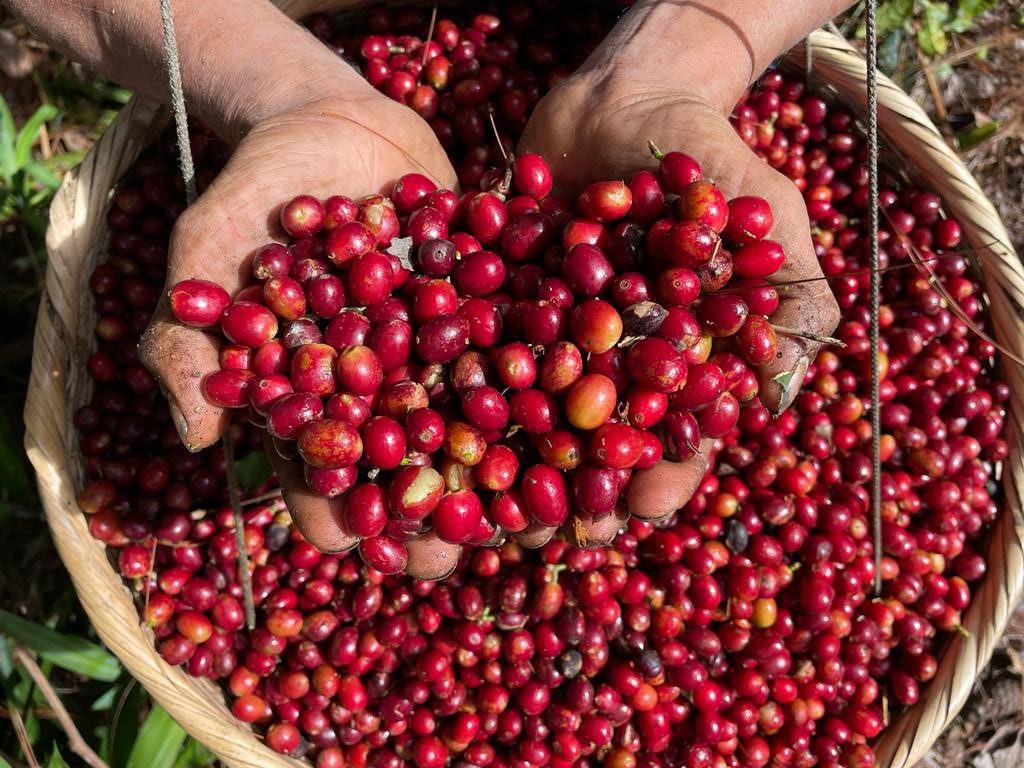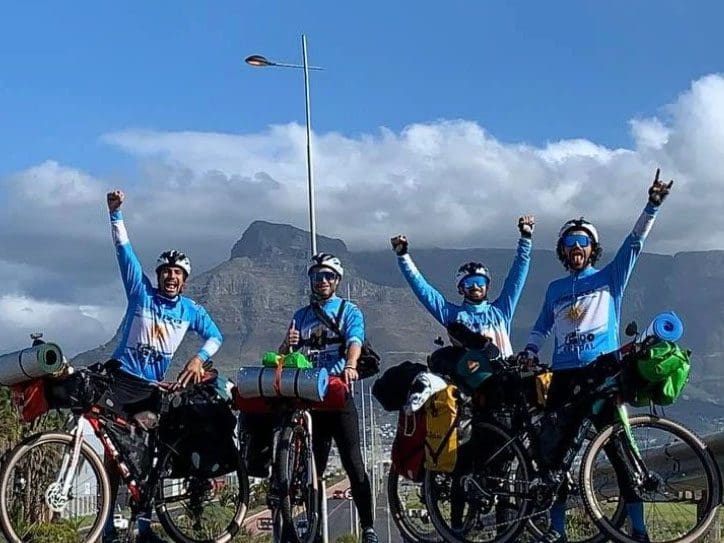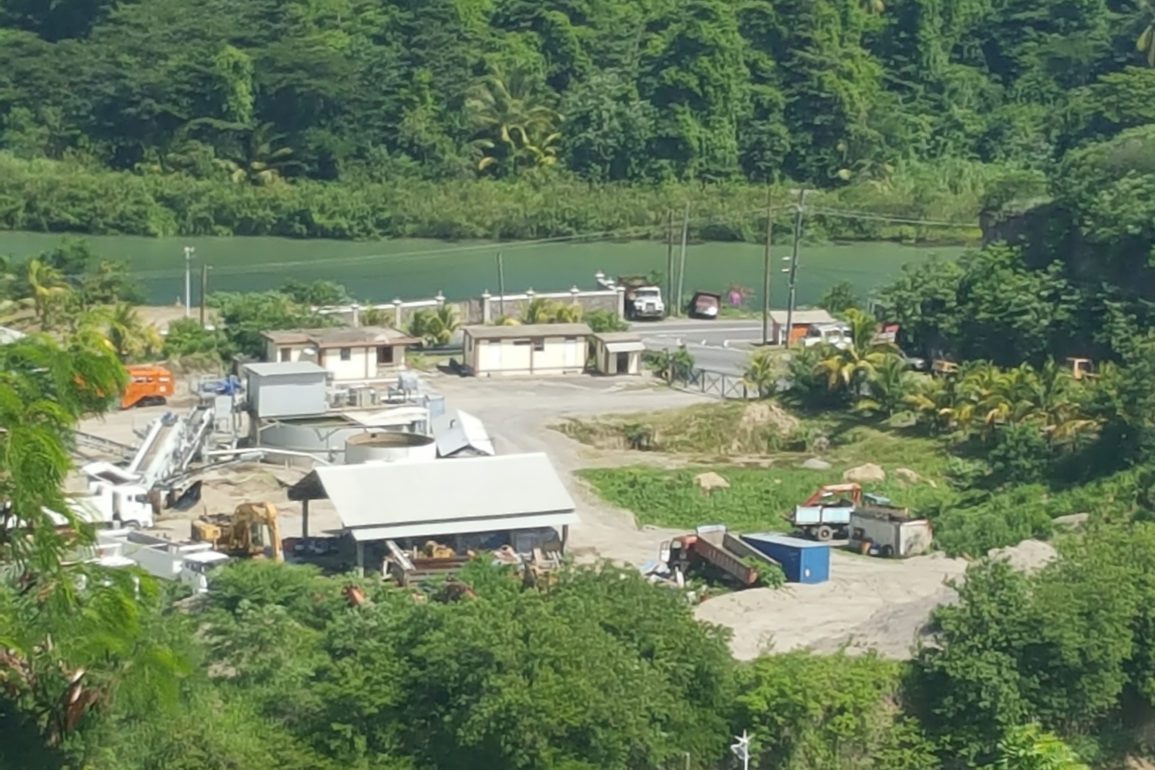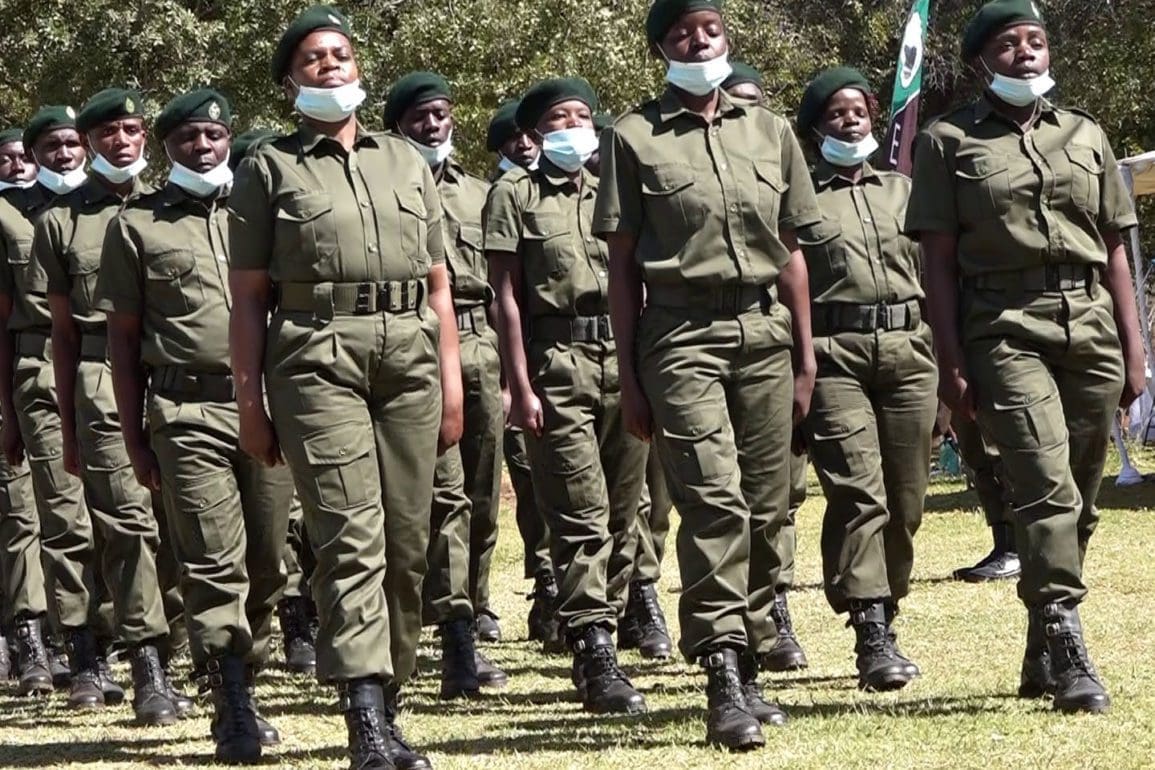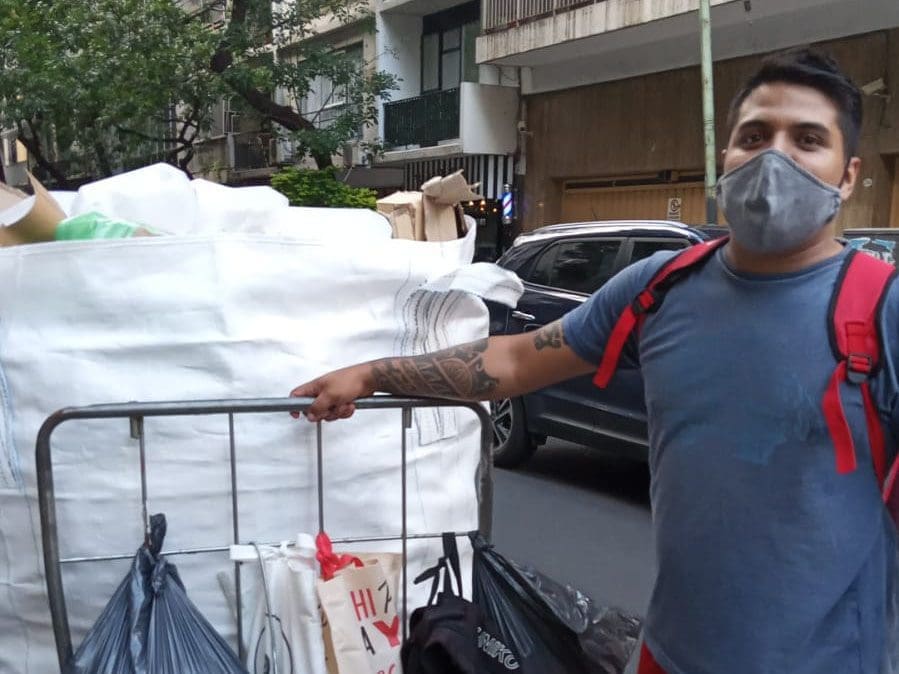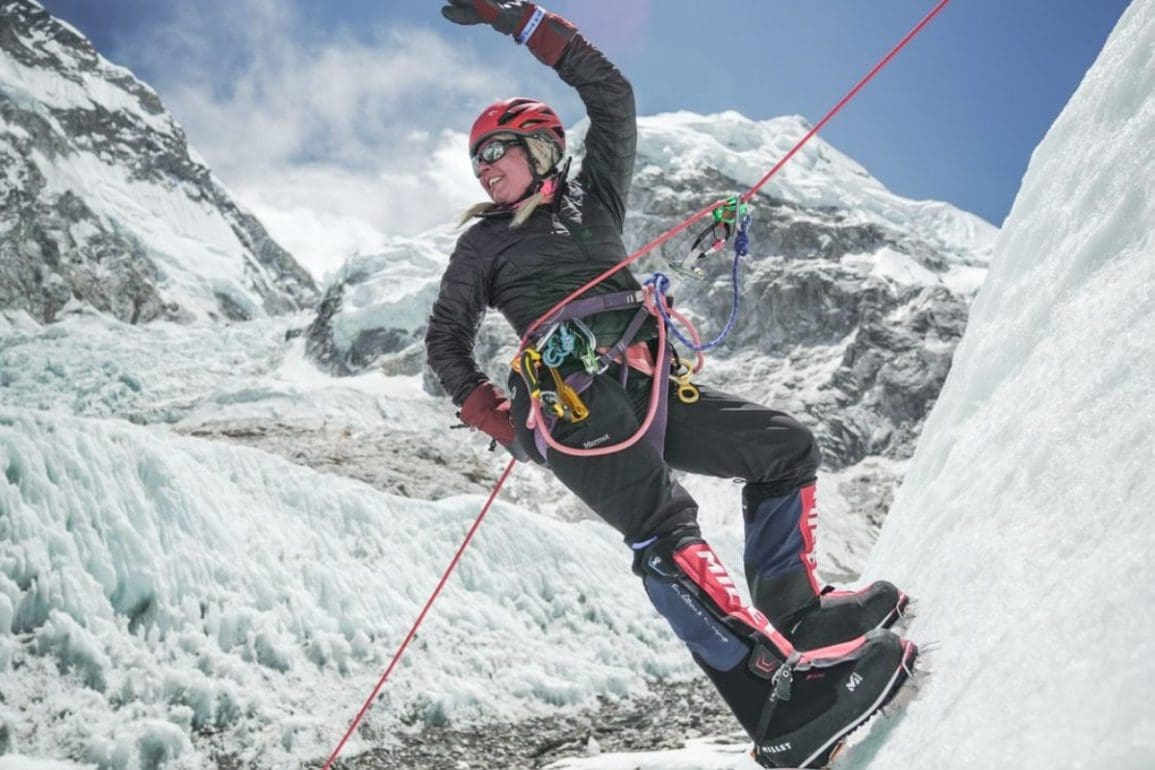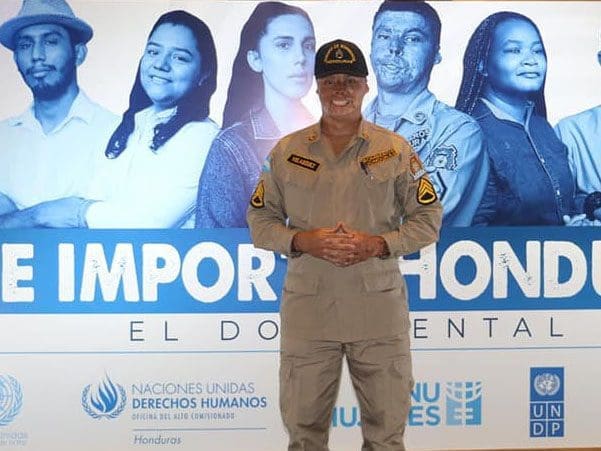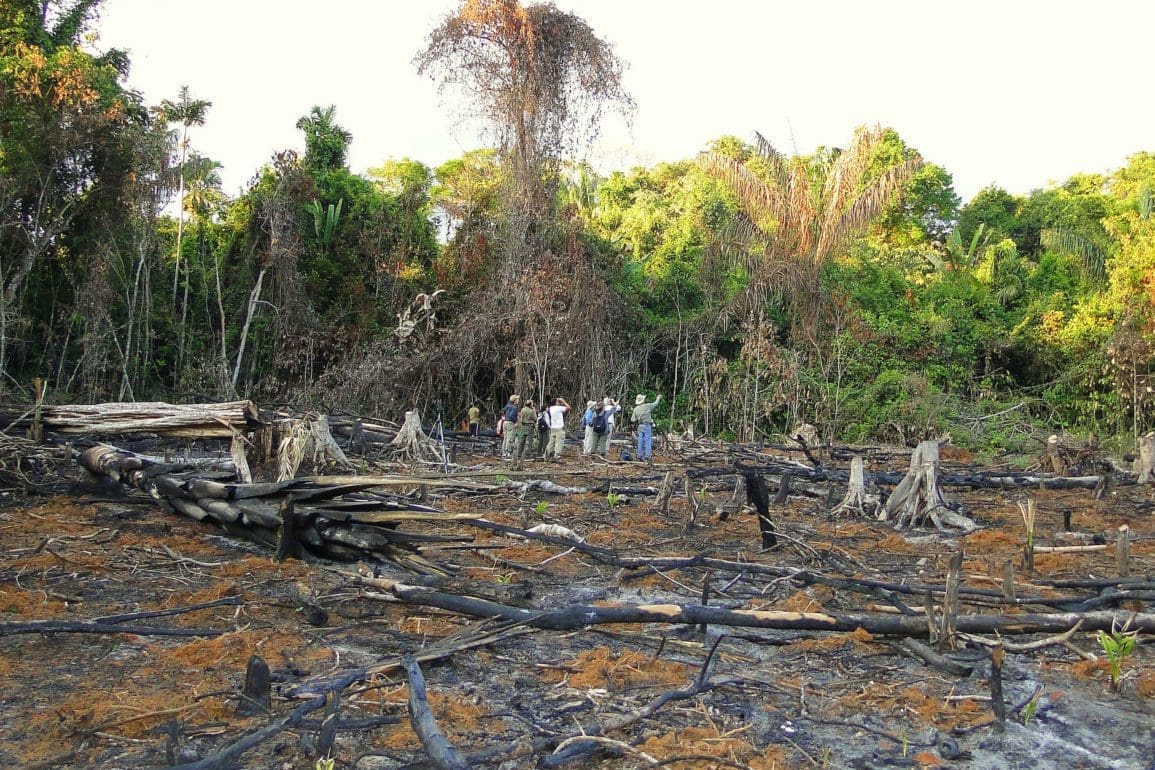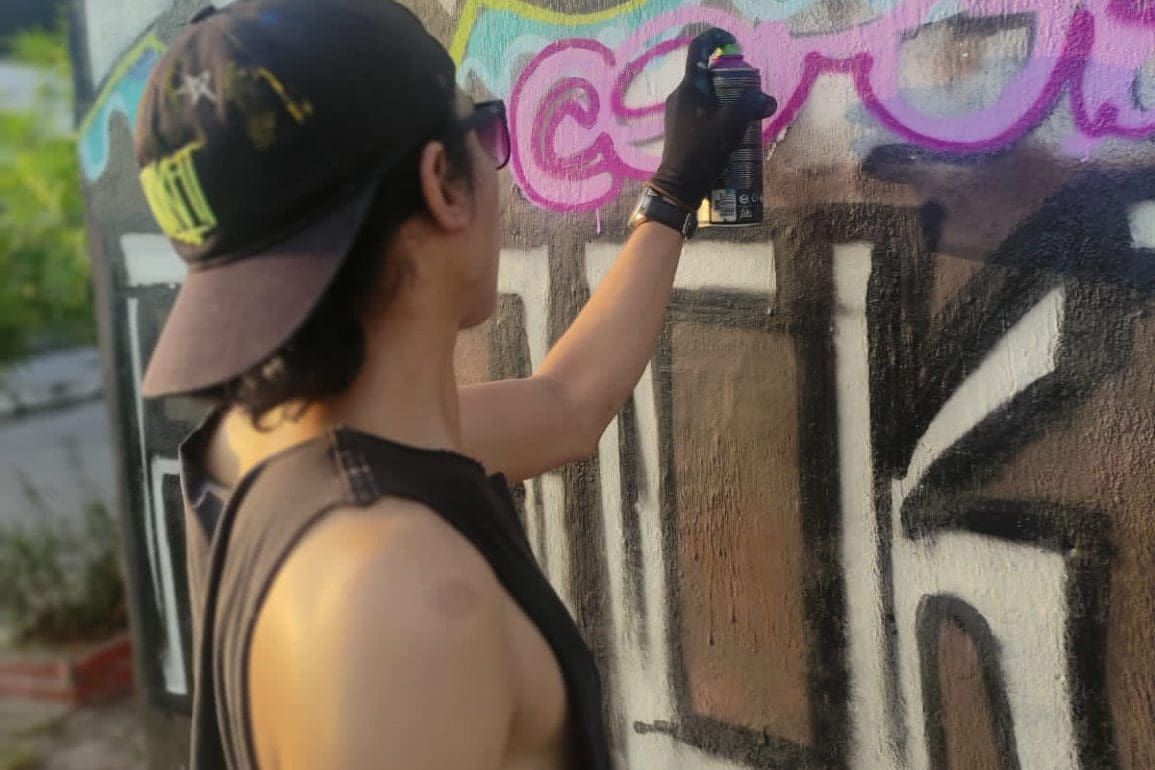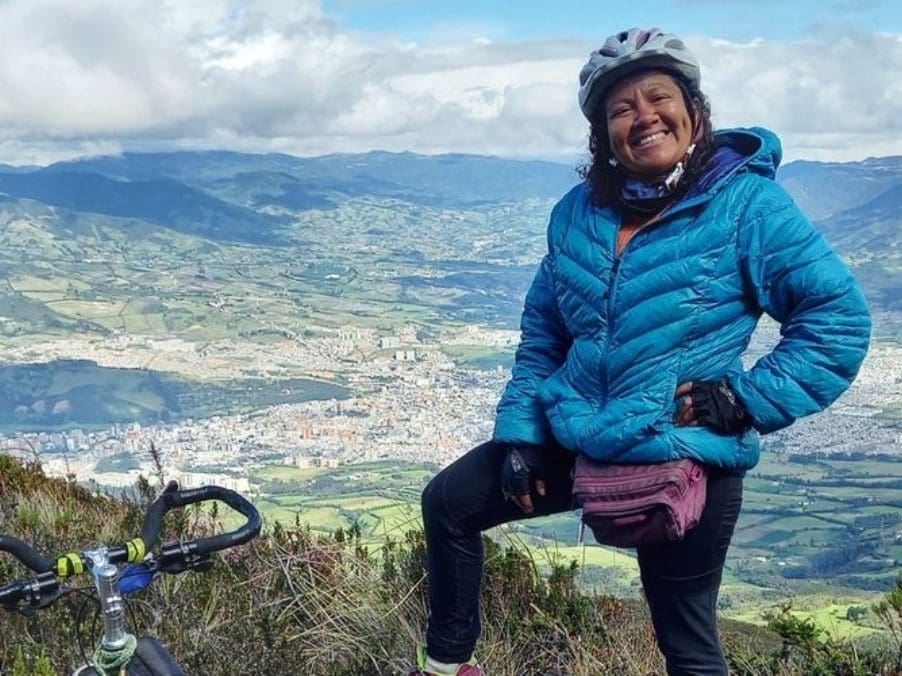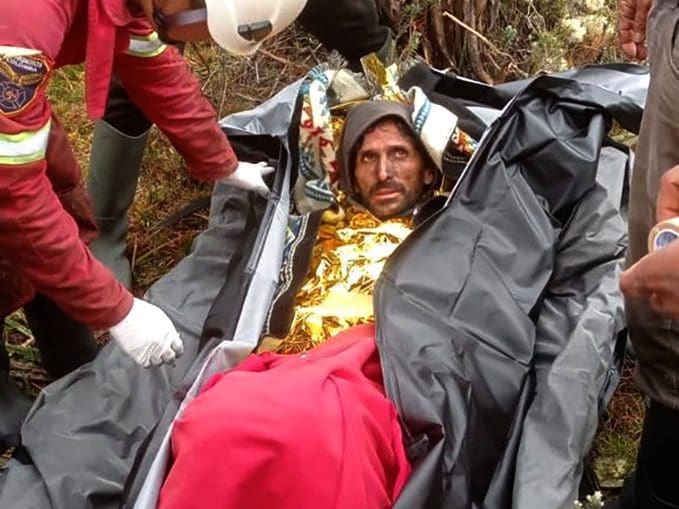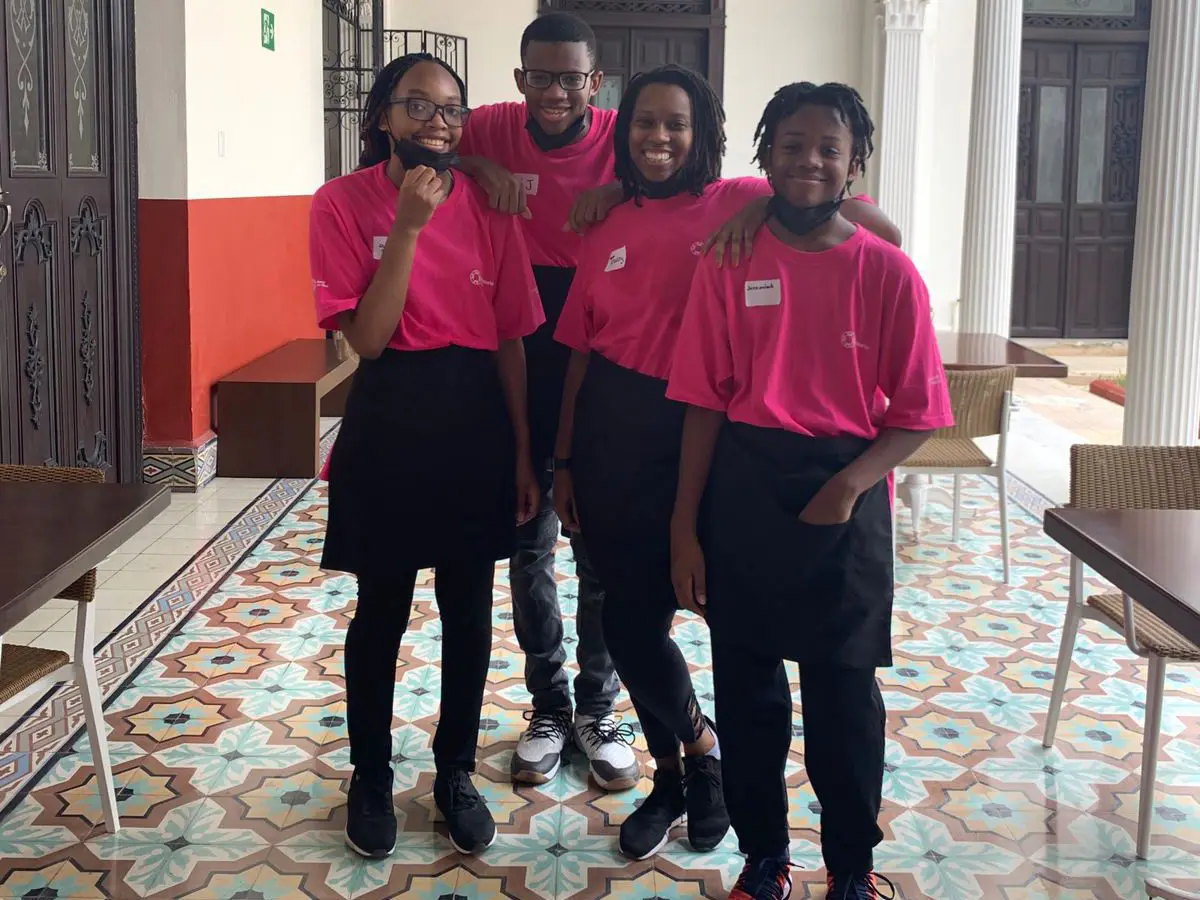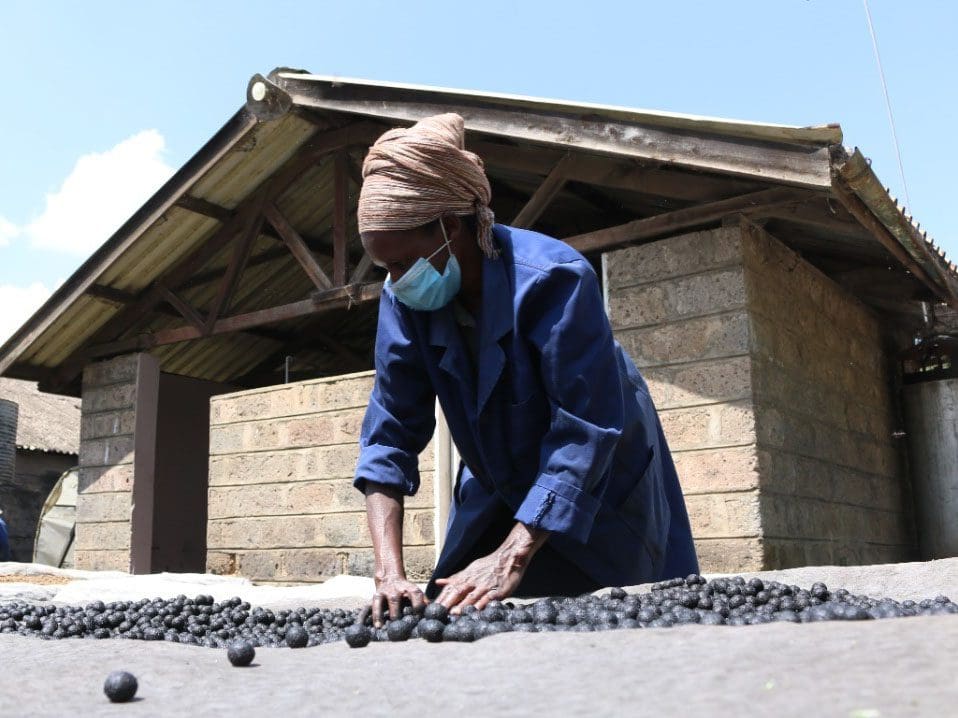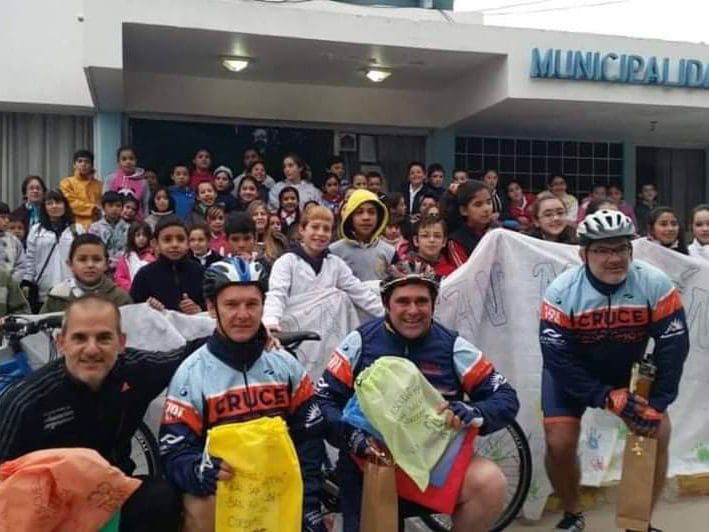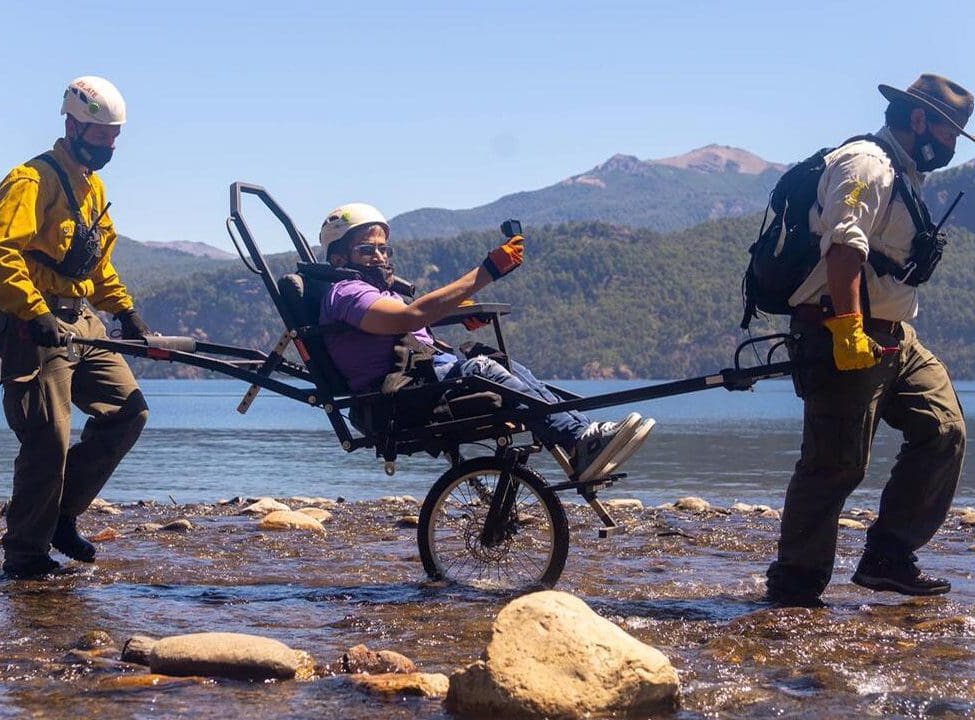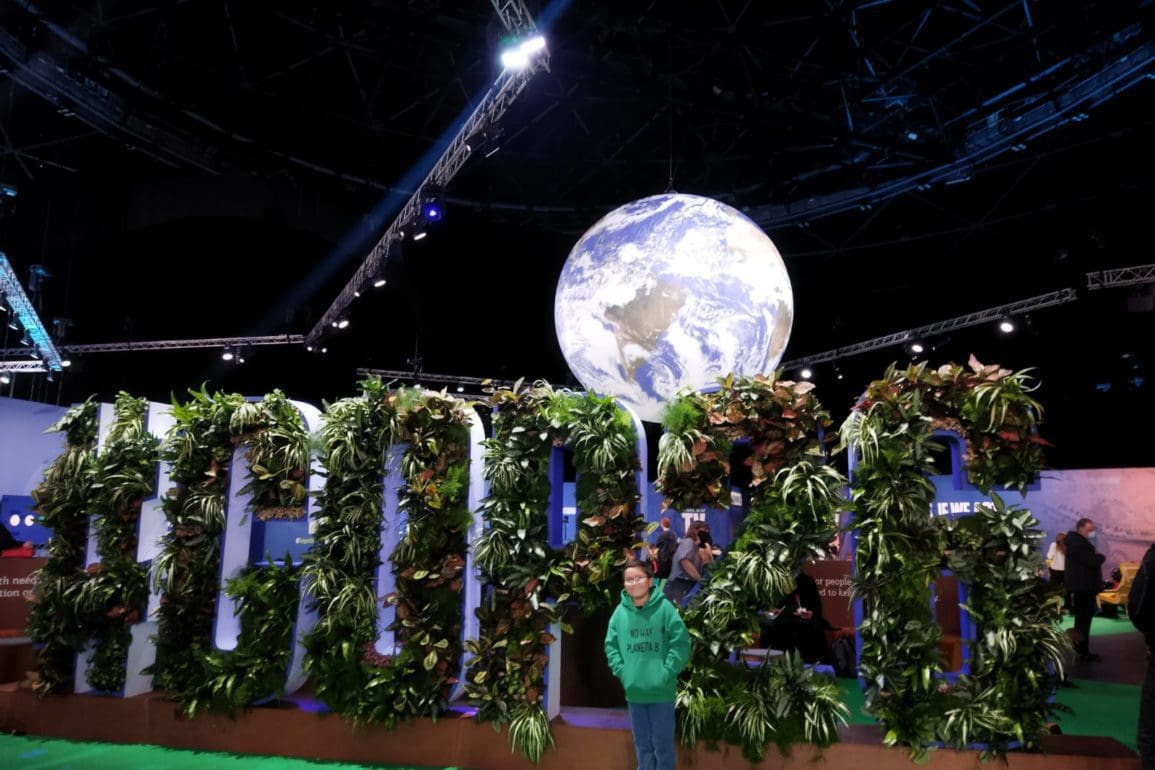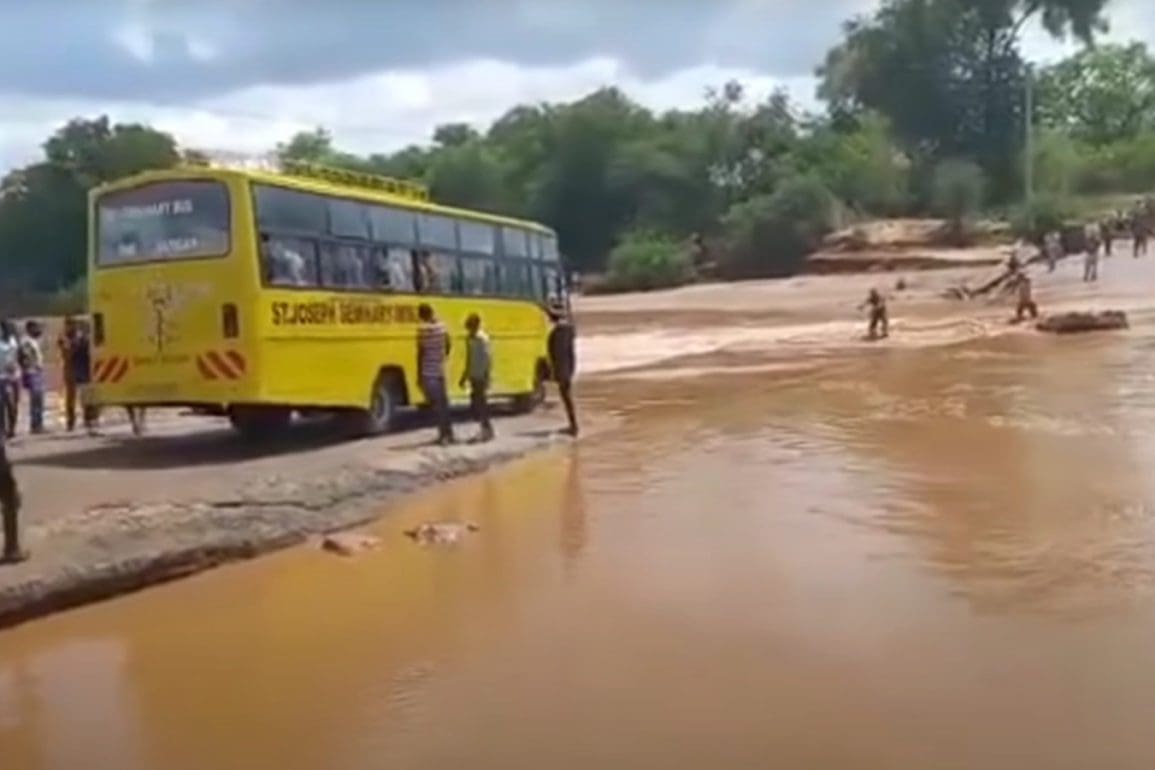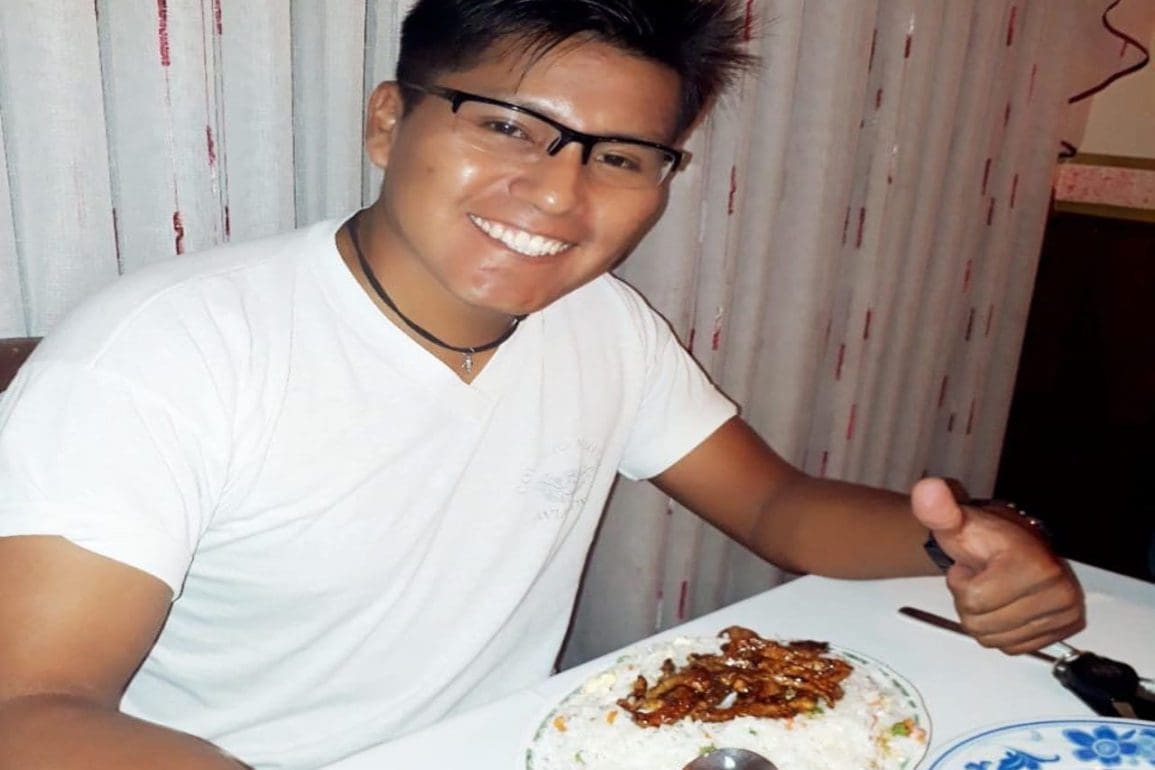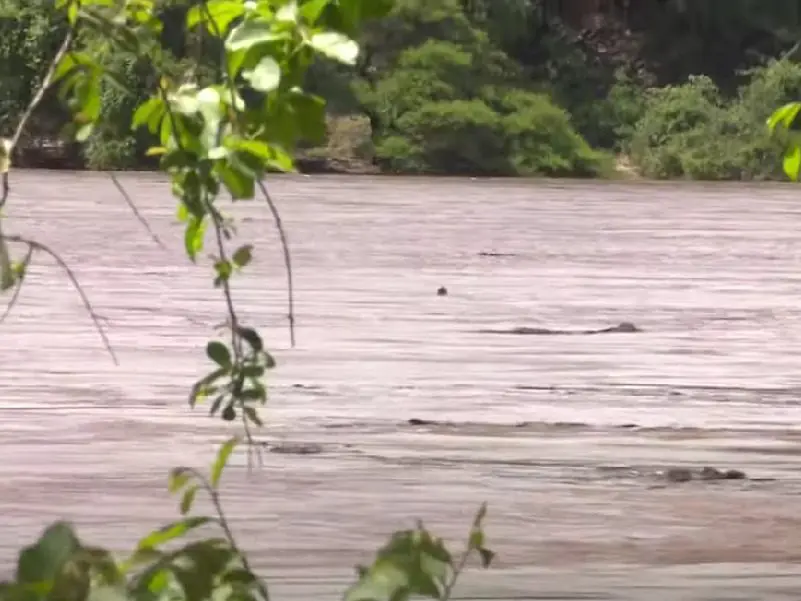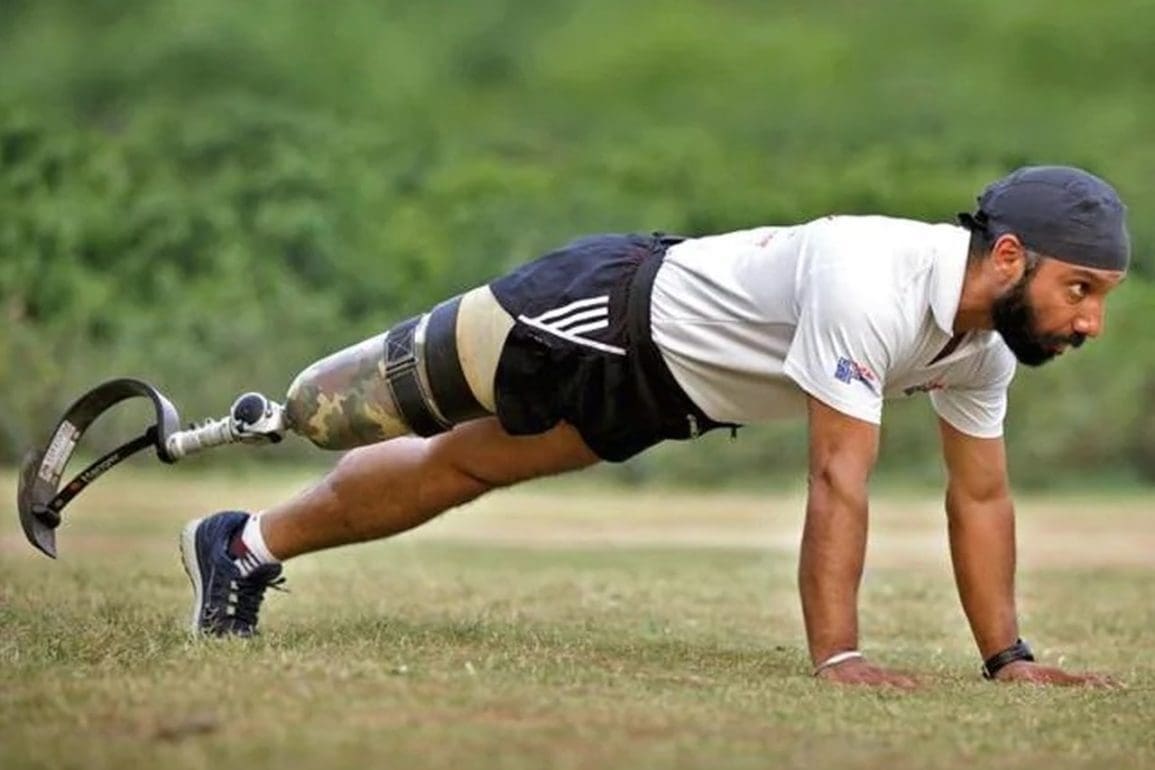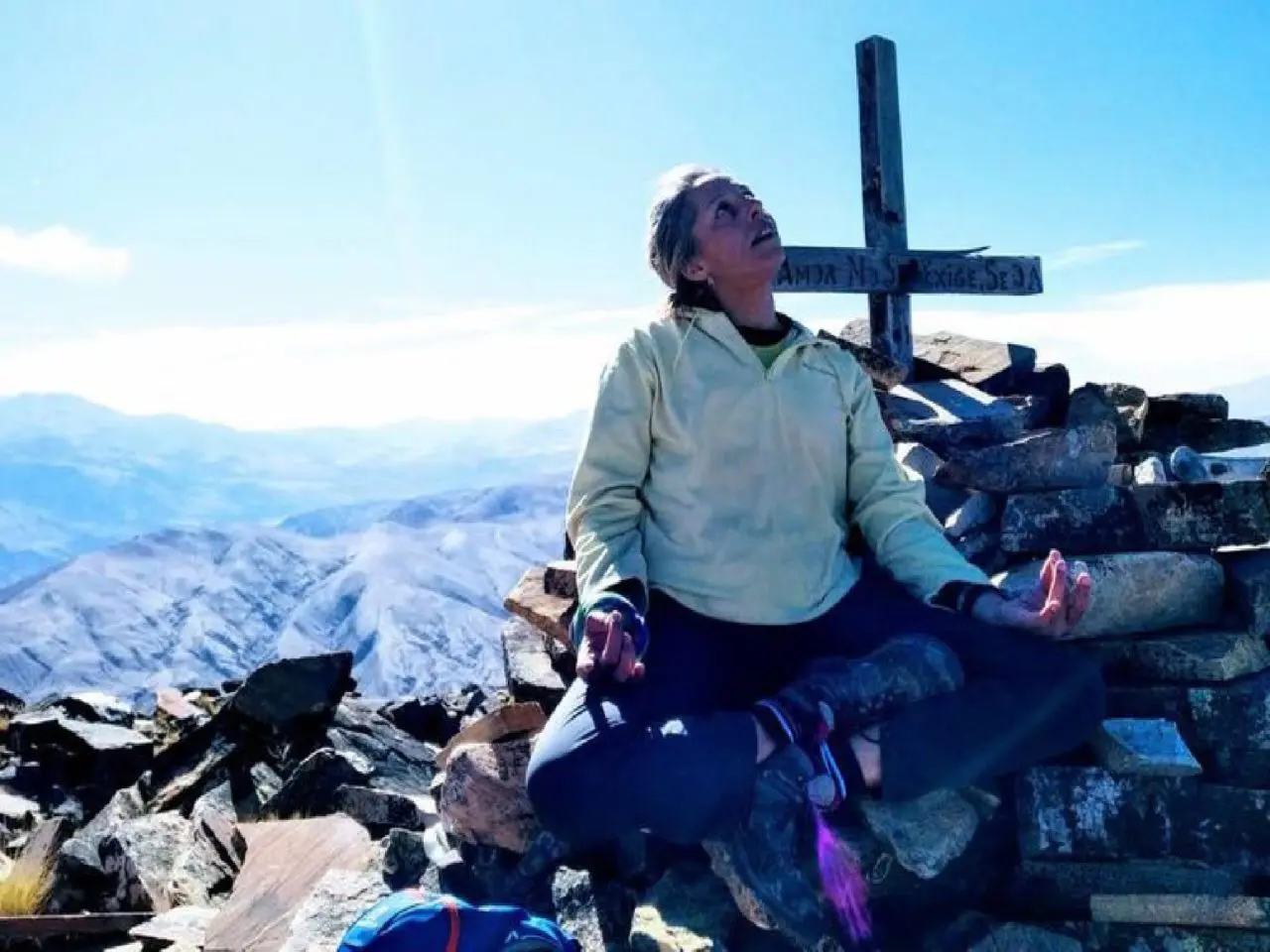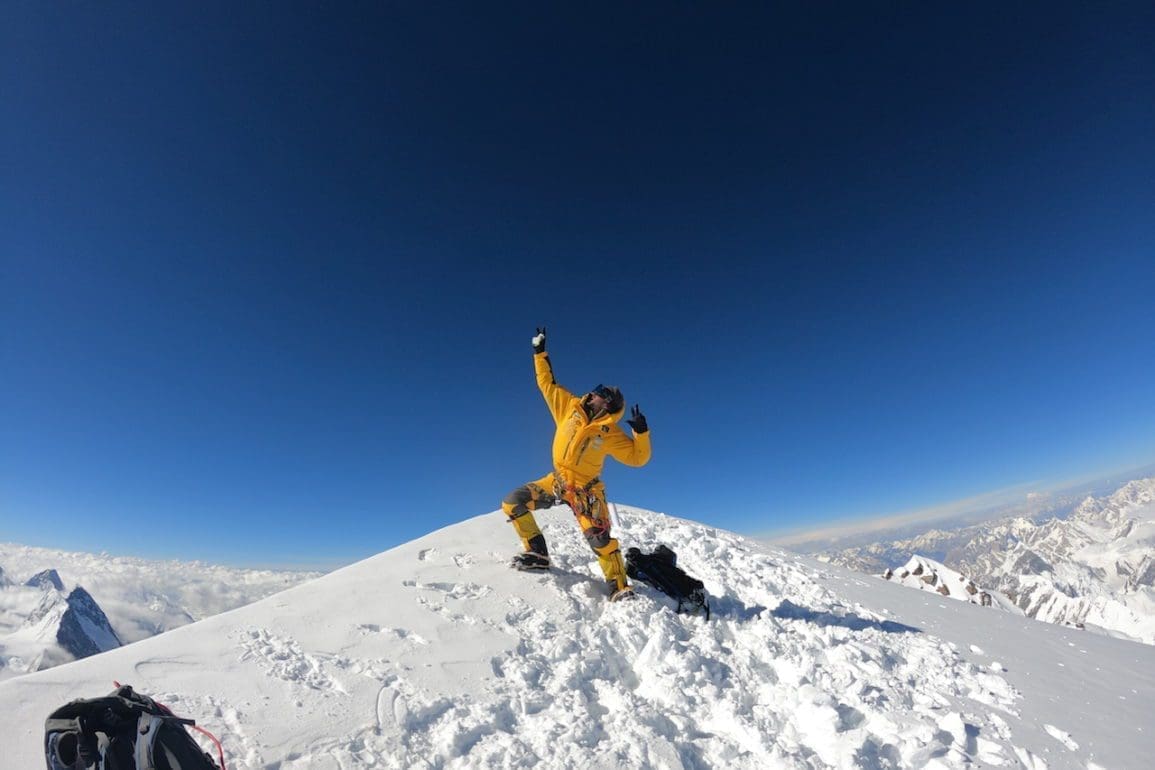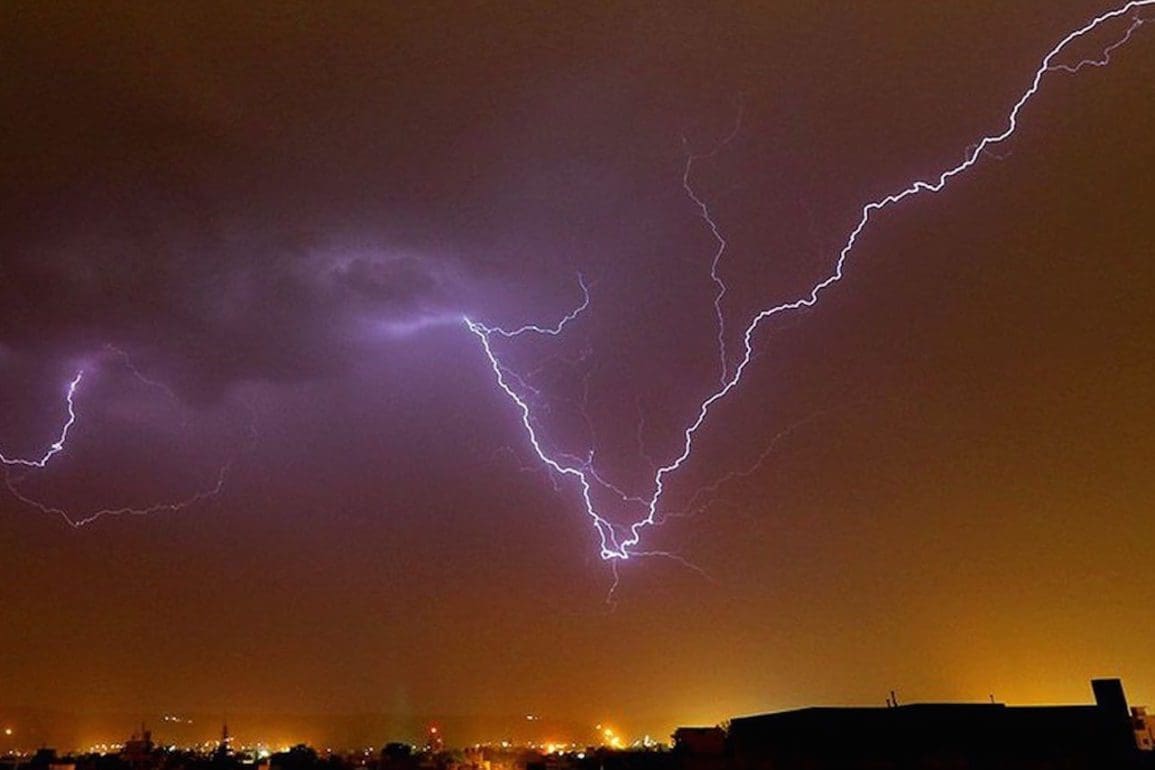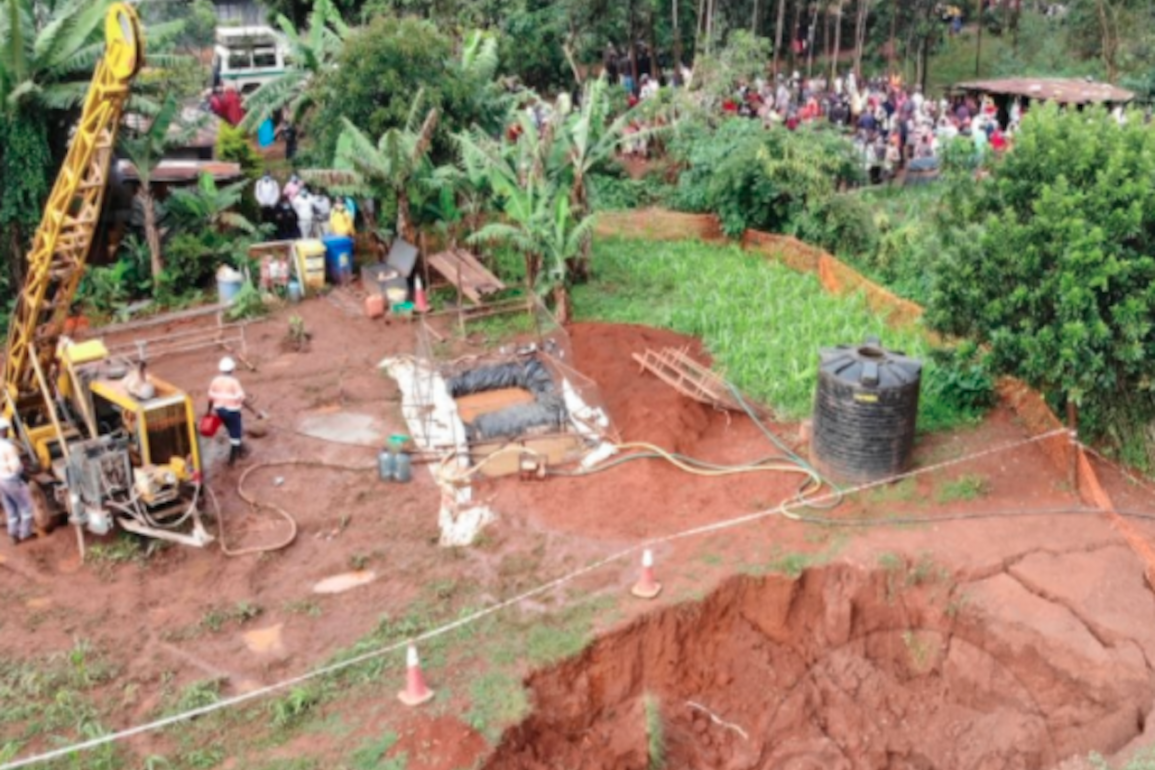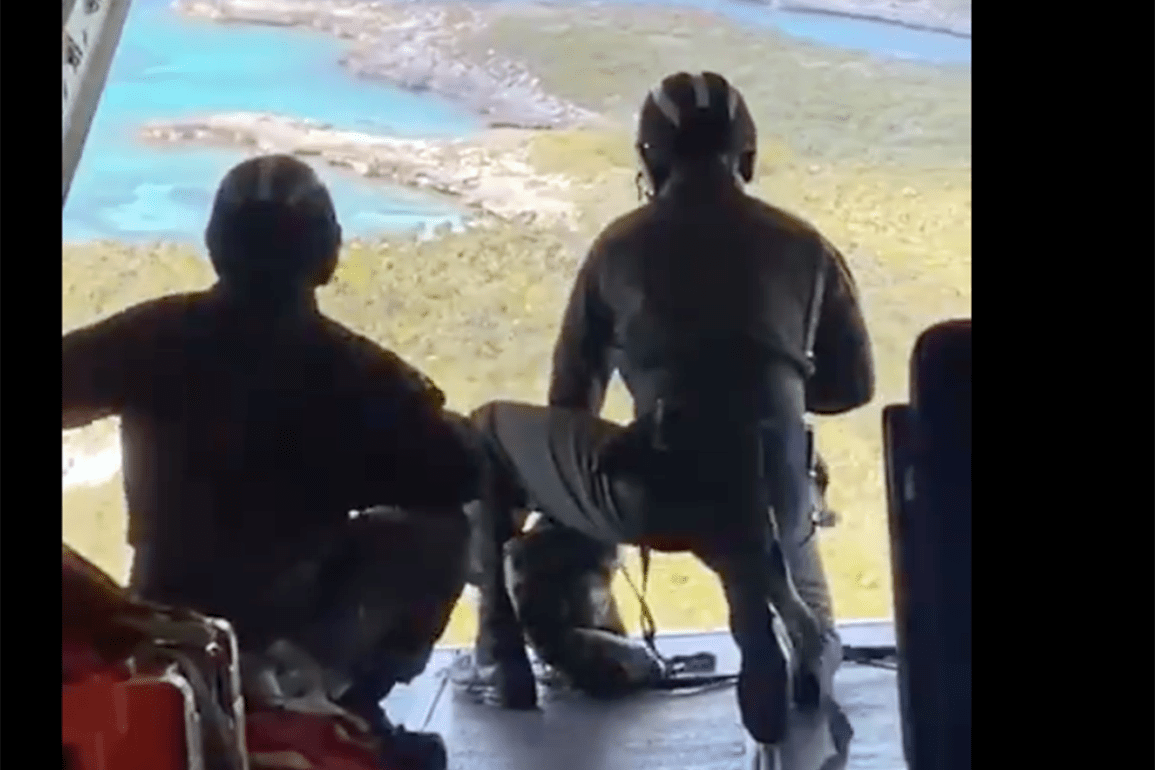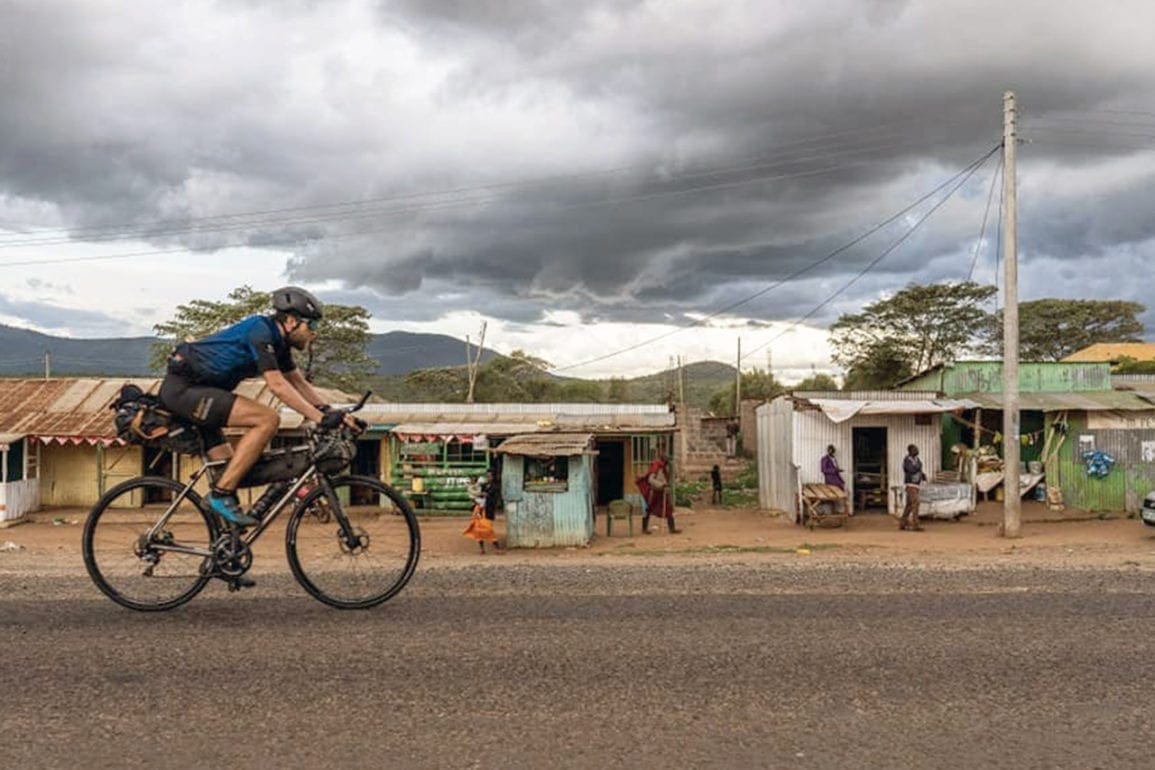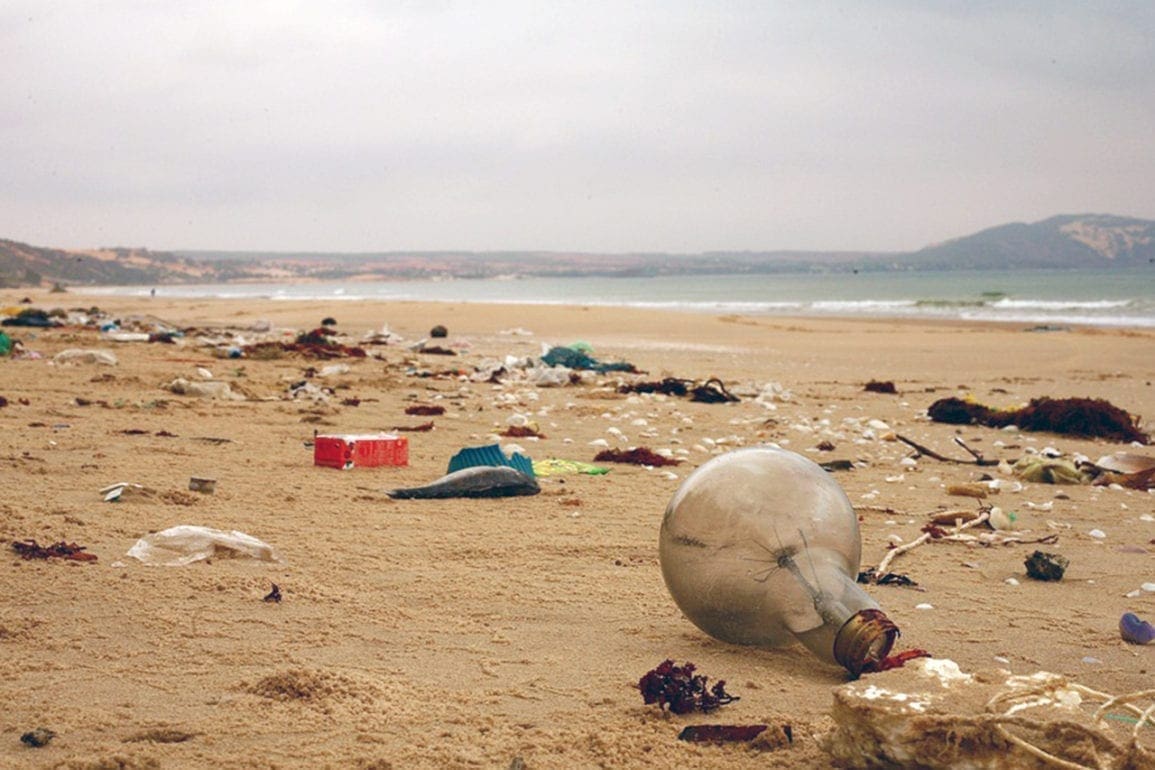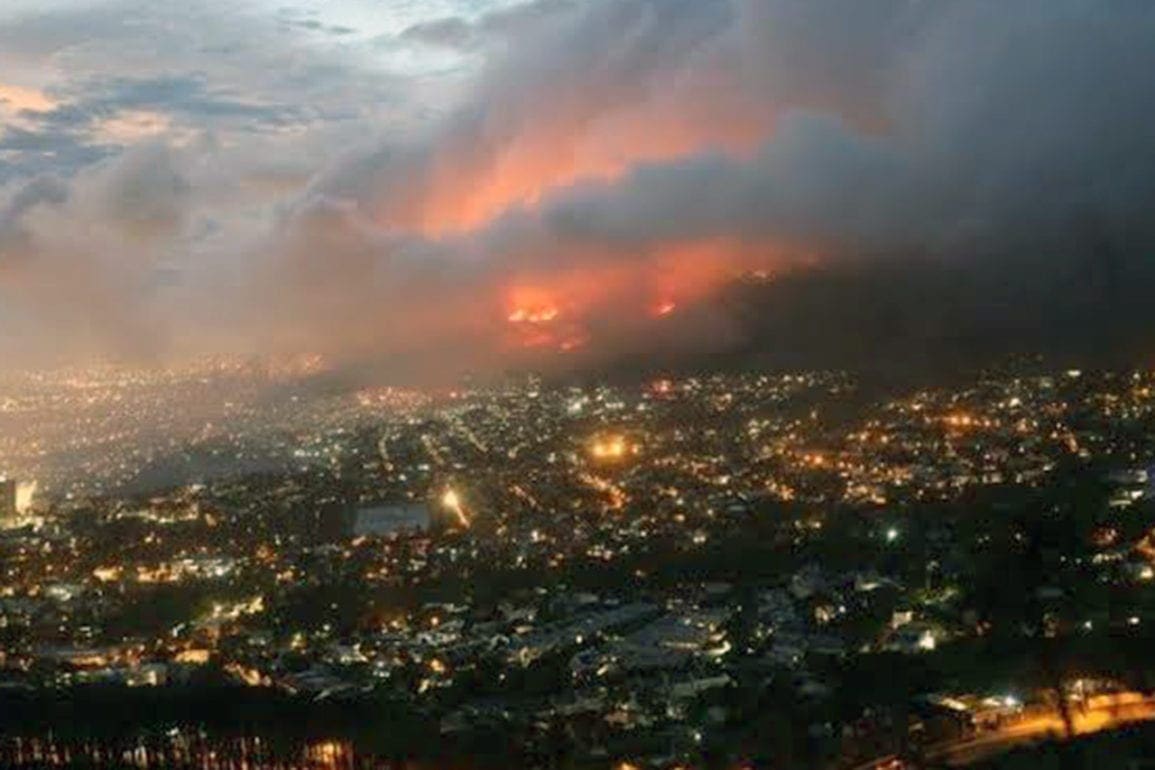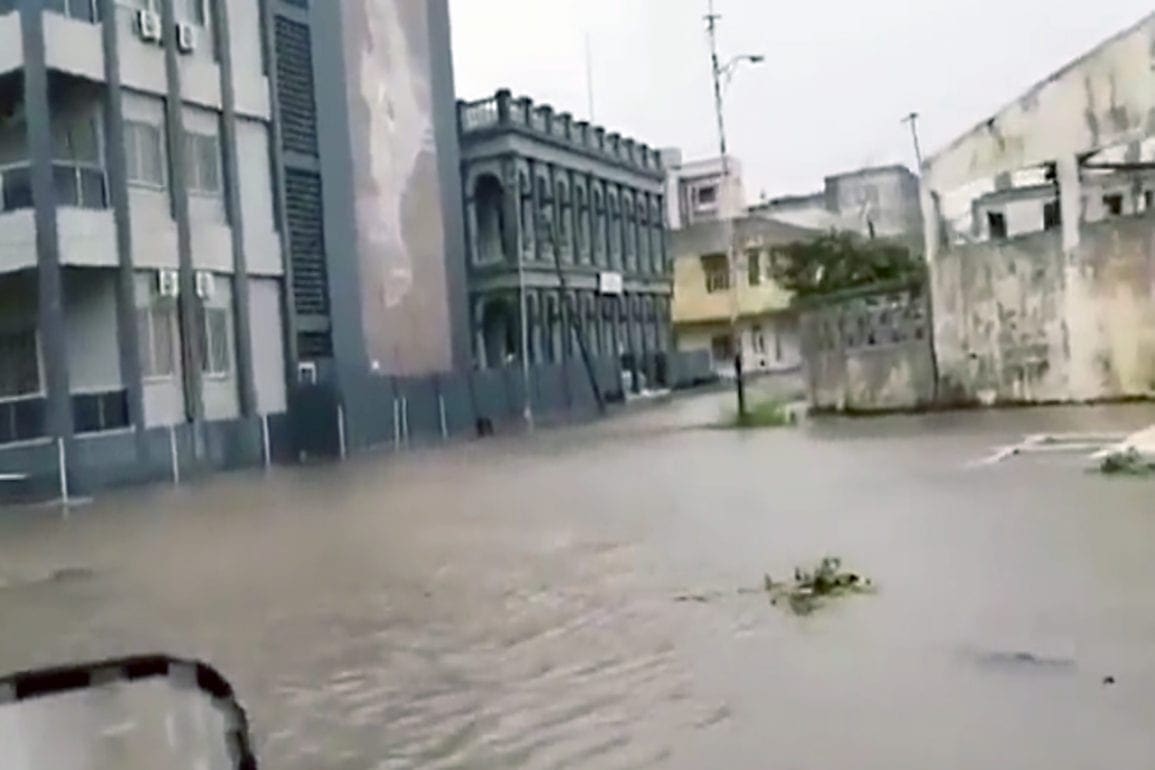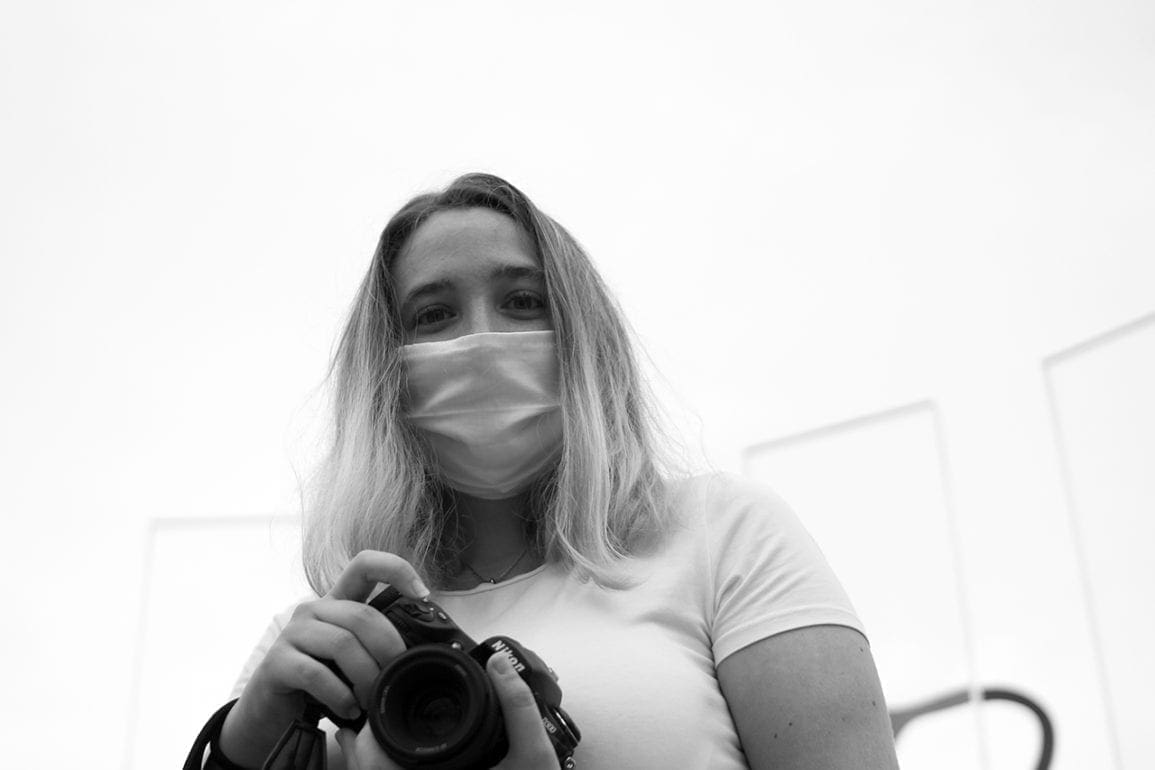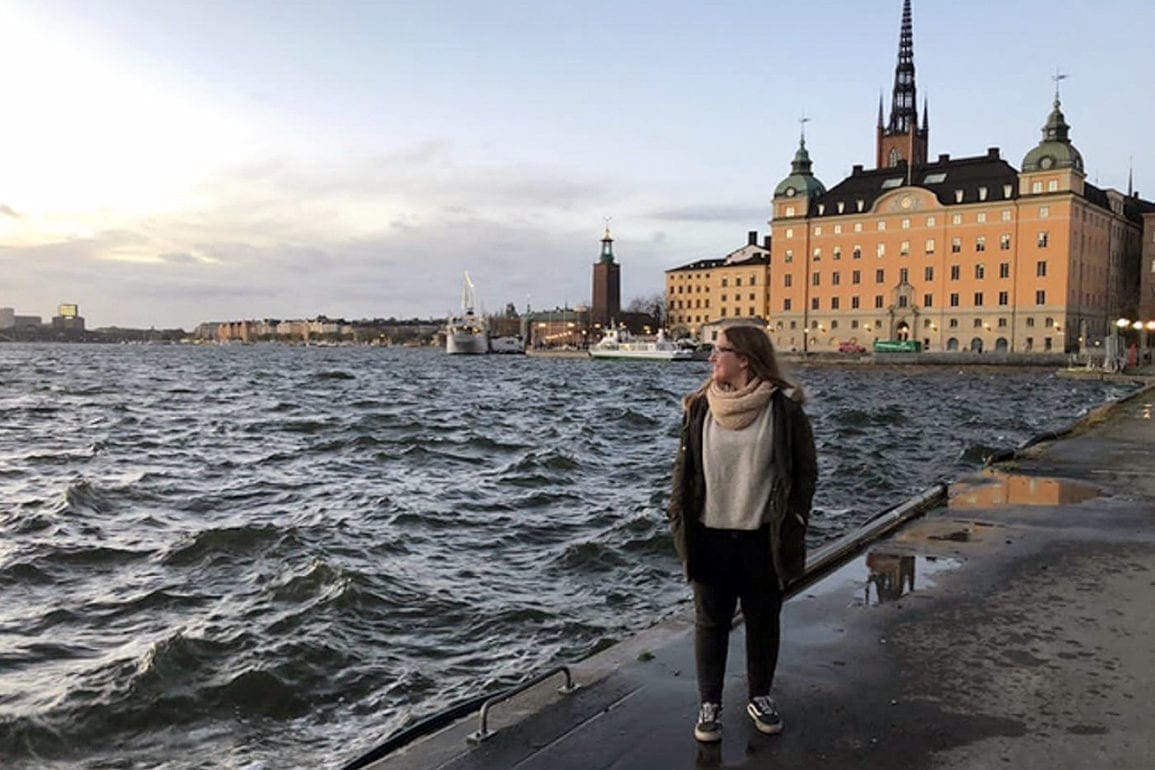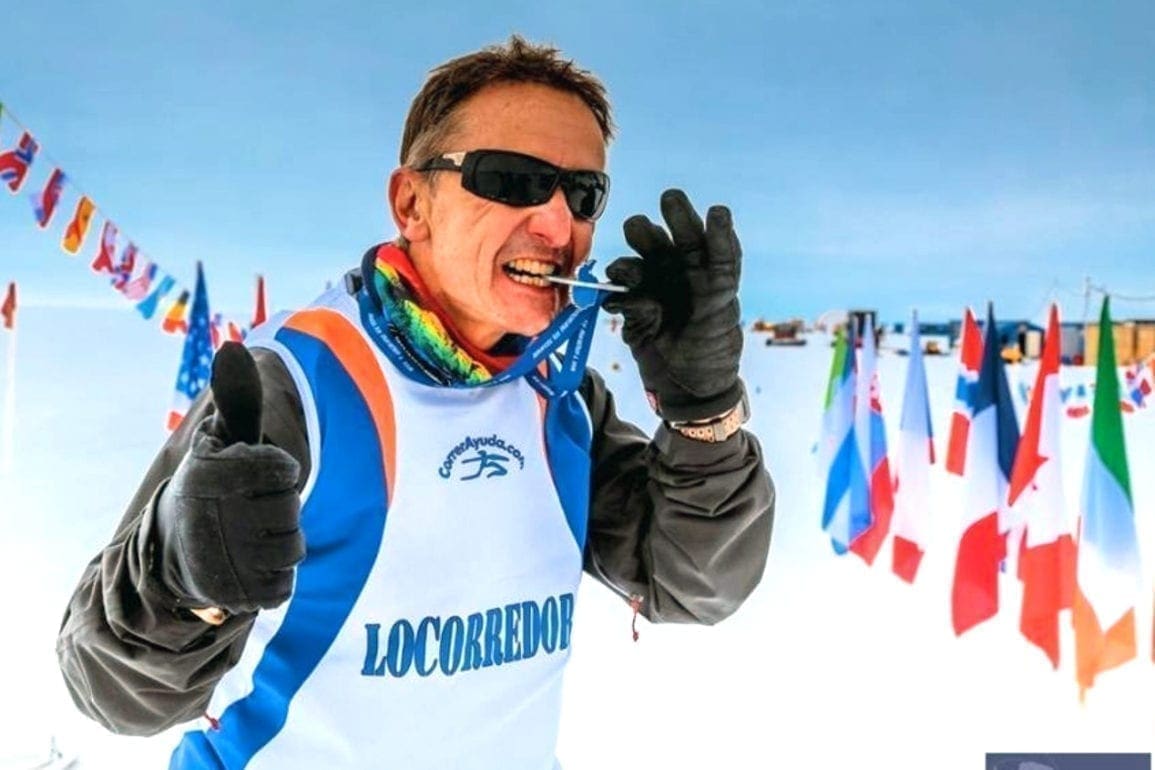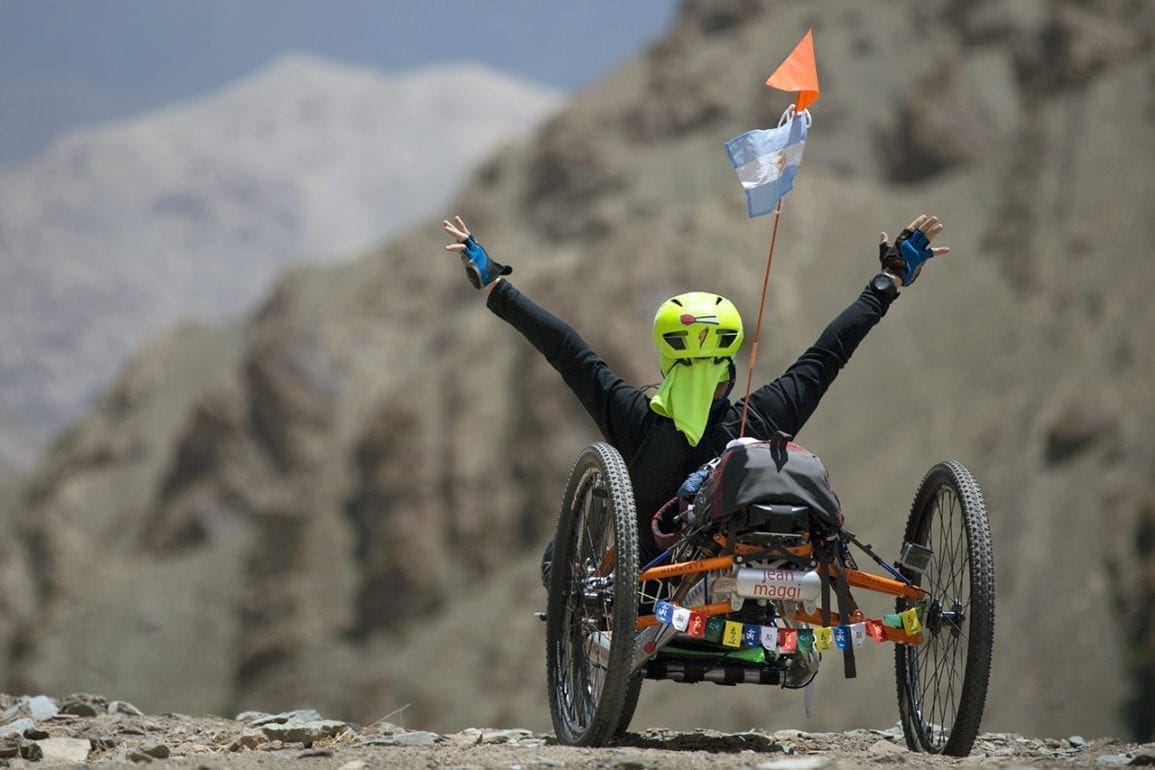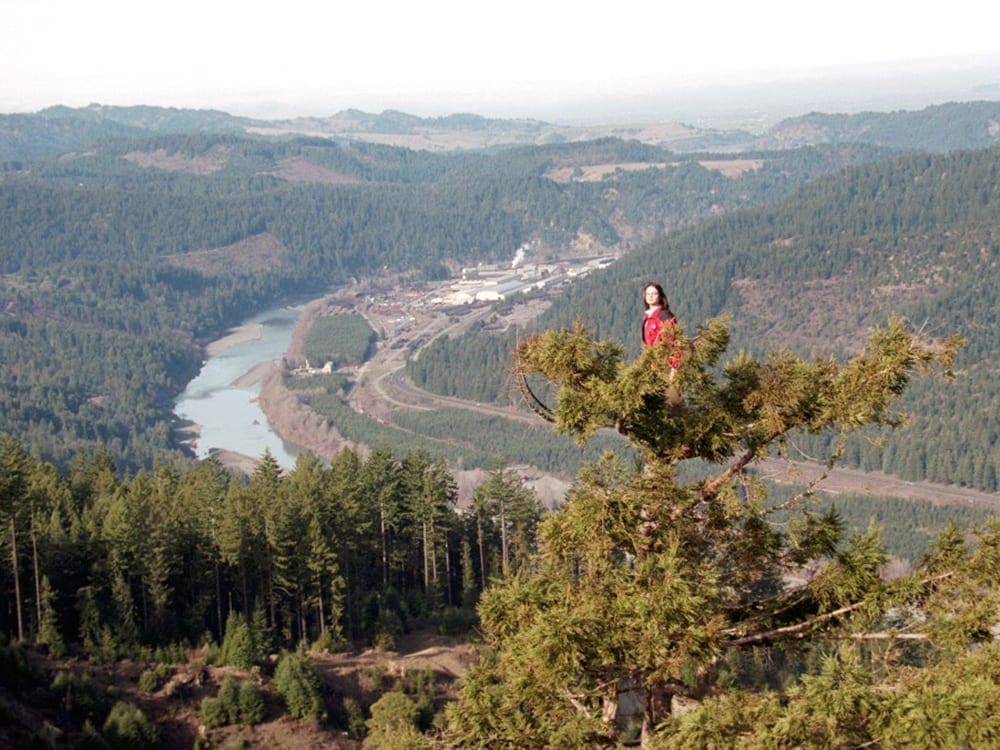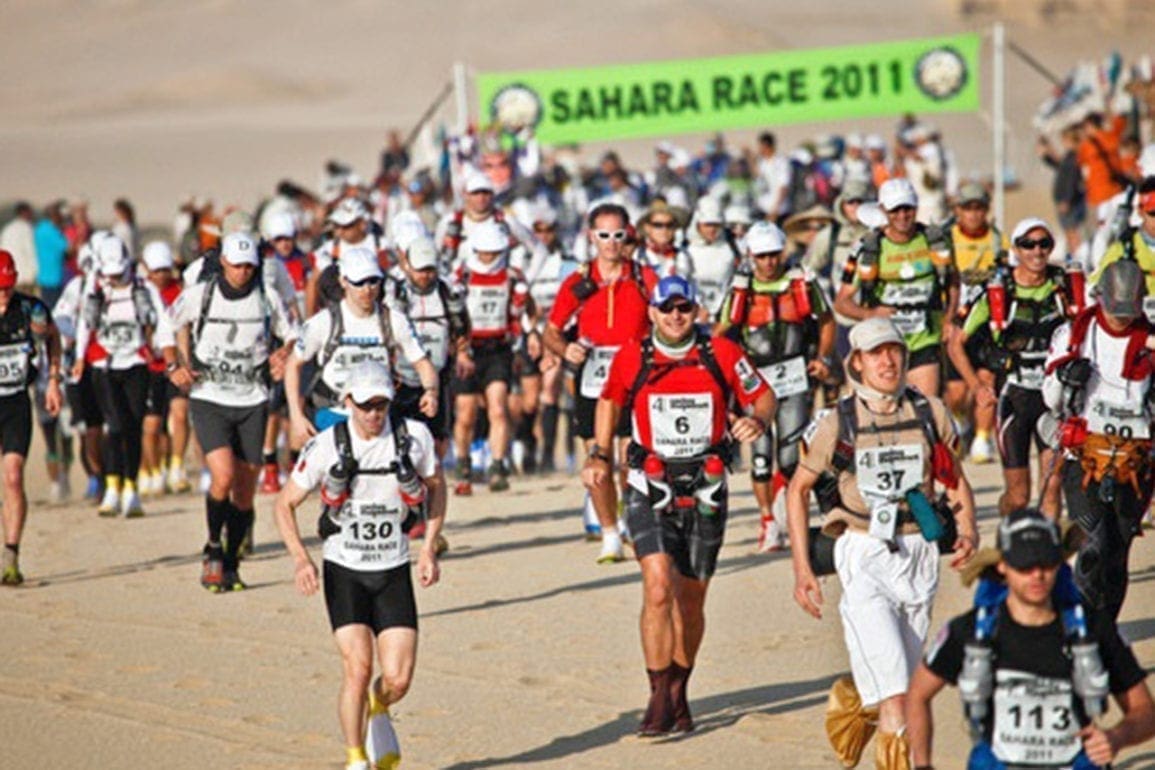Former policeman now saves lives as a high-altitude rescuer on Aconcagua mountain
In the dead of night, the emergency bell rang, and a guide informed us that one of his group members was unresponsive. We braved the dangerous steps and strong winds to reach his tent. Inside, we found the climber unconscious.
- 5 months ago
February 22, 2024
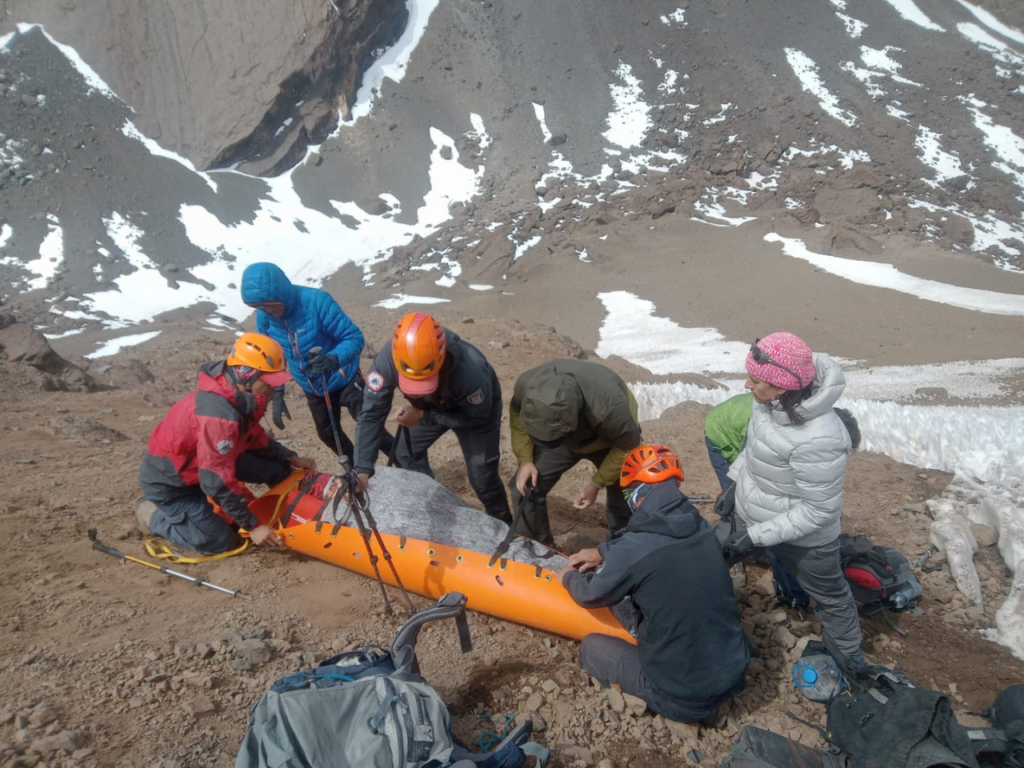
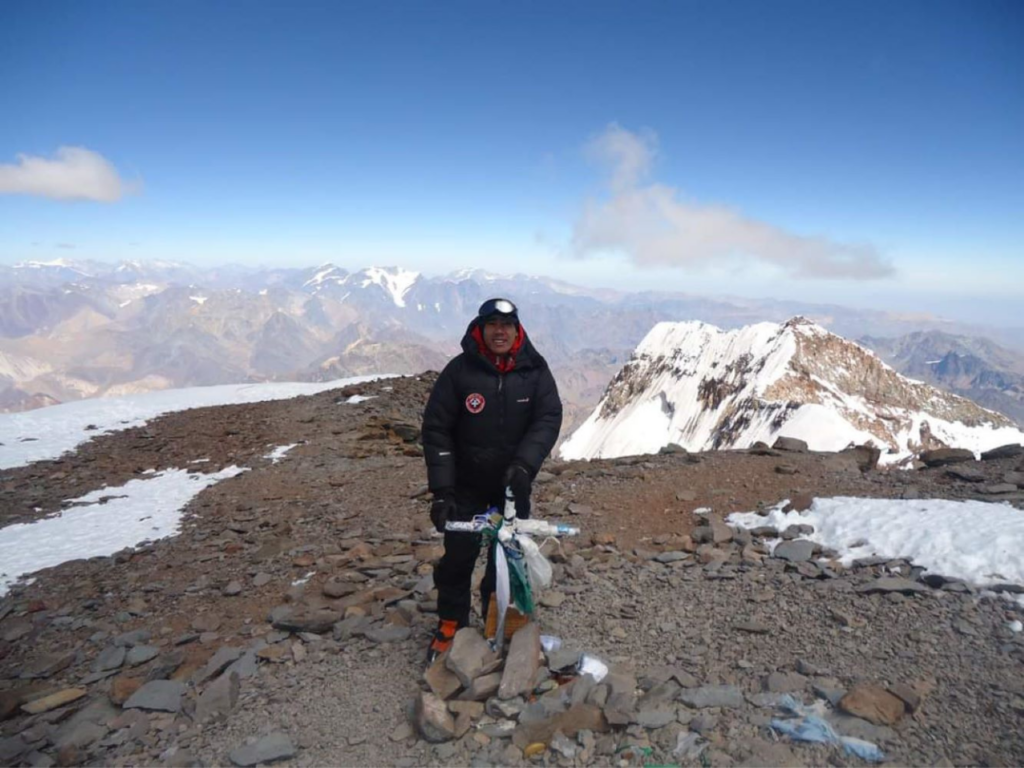
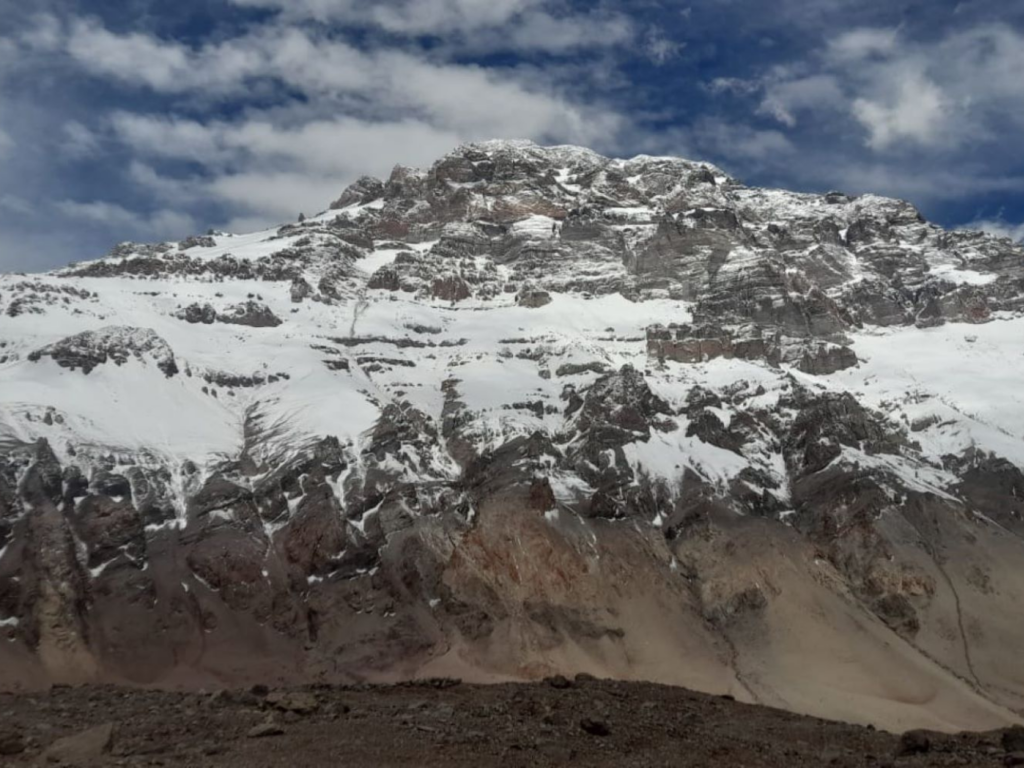
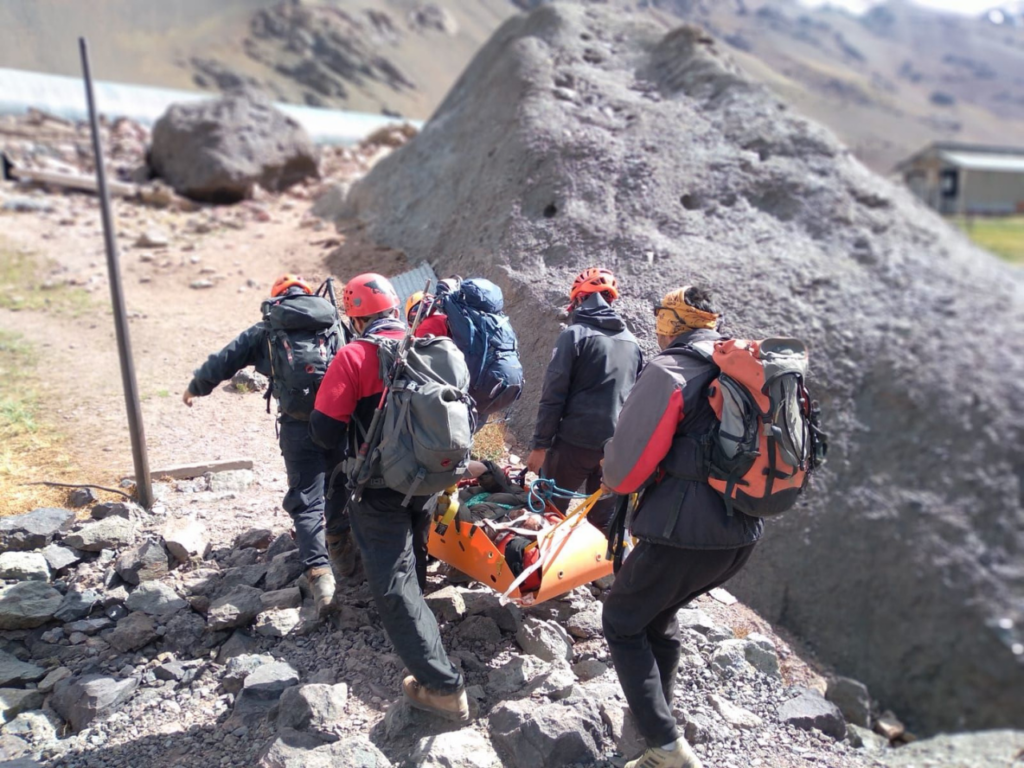
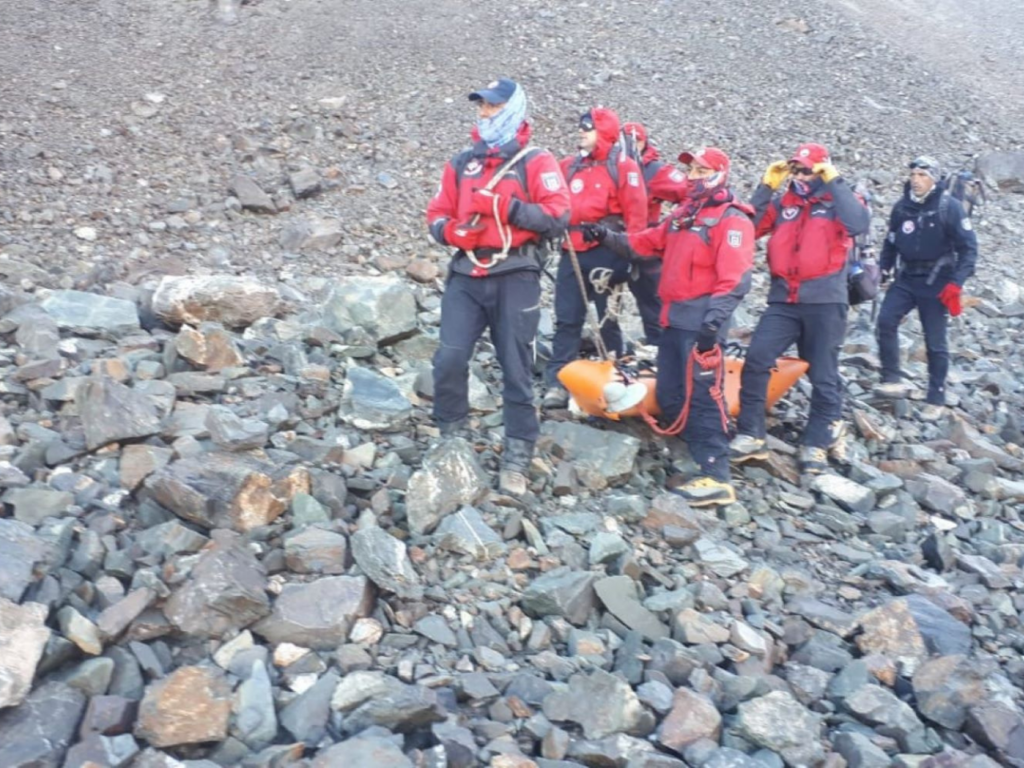
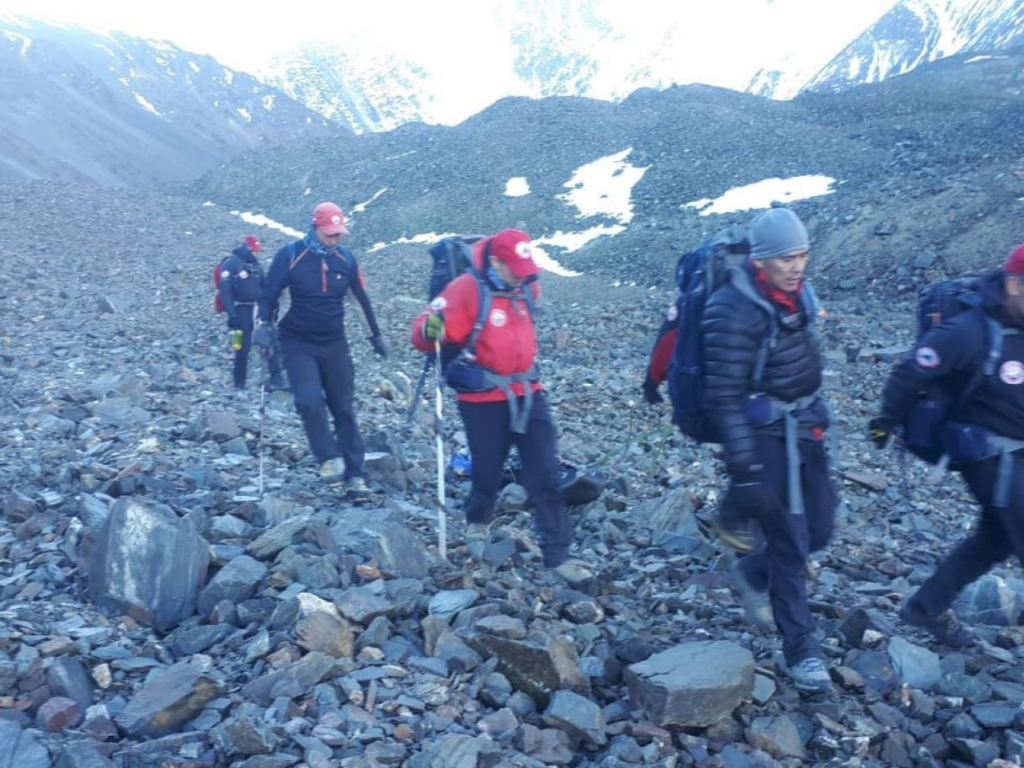
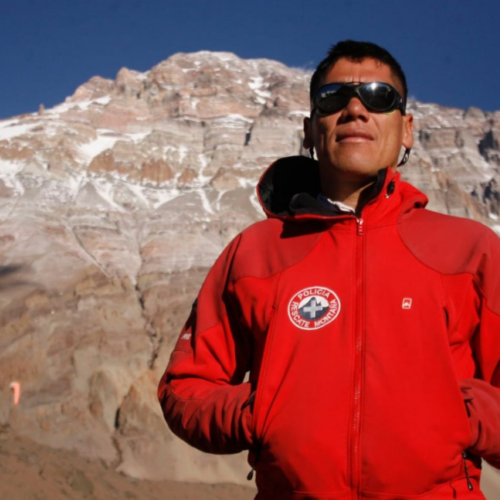
MENDOZA, Argentina — As part of the mountain patrol, my team and I assist at the world’s highest hospital, aiding thousands of climbers. Equipped with climbing gear, medications, first aid kits, shelter, oxygen, and hot drinks, we conduct rescues on foot in the mountains.
We often spend entire nights sleeping outdoors at altitude, seeking shelter behind stones, and feeling the extreme cold on our bodies. The nights are long, and we only doze, our thoughts drifting to our loved ones who give us the strength to carry on. There are moments of heartbreak when we come across a mountaineer’s lifeless body on the ground. However, just last month, we successfully rescued climbers stuck at 4,124 meters. Saving lives is incredibly fulfilling.
Read more travel & adventure stories at Orato World Media.
Captivated by rescue work, I decided to join the mountain patrol
I served as a police officer for 25 years, but my life took an unexpected turn in 2010 when I decided to explore the Aconcagua Peak with my patrol colleagues. Despite spending my life in the mountains, I had no prior knowledge of mountaineering. I approached the peak timidly, driven by curiosity as if I had received a calling.
I vividly remember that day. As I ascended the mountain, peace filled my body with each step. The sun cast a bright yellow hue on the immense stones, and as I climbed, the sounds faded, replaced by nature’s whispers. However, the weather changed suddenly, with clouds obscuring visibility. The wind blew fiercely, and the temperature dropped rapidly, accompanied by falling snow. It was then that I truly began to listen to the mountain, falling in love with its majesty and feeling called to work there.
Unfortunately, I didn’t reach the summit on that climb due to a lack of acclimatization. However, I knew I would attempt it again. While we needed assistance, I felt captivated by the rescue work, especially the dedication required to save mountaineers in pursuit of their dreams. I knew I had to become part of that.
After that experience, I returned and decided to join the Rescue Patrol. I underwent rigorous training in addition to being a member of the police force. However, with perseverance and hard work, I achieved my goal. As a result, I support the guard operations at Aconcagua Park in two areas: Plaza de Mulas at 4,370 meters, and the Nido de Cóndores advance camp at 5,535 meters. We remain constantly vigilant, waiting for rescue calls.
Life on the mountain patrol: “Equipped with climbing gear, medications, first aid kits, shelter, oxygen, and hot drinks, we make our way.”
We carry out rescues in the mountain on foot, using the helicopter only used for sighting patrols and transporting individuals to the hospital at Nido de Cóndores. This hospital is the sole location with a heliport due to altitude limitations.
Most searches start at night when climbers do not return to their camps. Upon receiving an alert, we initiate the operation immediately. Keeping track of time is key as the temperature drops drastically, reaching more than 30 degrees below zero in some areas. Equipped with climbing gear, medications, first aid kits, shelter, oxygen, and hot drinks, we make our way.
The body’s ability to acclimatize at higher altitudes, where there is less oxygen and lower atmospheric pressure, is crucial. Our bodies work harder to function at that height. Some climbers do not adapt quickly to the altitude, and continuing their ascent becomes dangerous. Pushing on can lead to heart failure, lung edema, cerebral edema, or even death. Therefore, remaining alert is essential.
One of my early rescues took place in the 2013 season at Nido de Cóndores. In the dead of night, the emergency bell rang, and a guide informed us that one of his group members was unresponsive. We braved the dangerous steps and strong winds to reach his tent.
Inside, we found the climber unconscious. After assessing his condition and consulting with the medical team, we realized he suffered from advanced cerebral edema. Following the doctors’ instructions, we administered medication and swiftly evacuated him. As we waited for the helicopter, every minute felt like an eternity. When it finally arrived, we carefully transported him on a stretcher. As the sun began to rise, painting the sky and earth red, the helicopter disappeared into the horizon, and I breathed a sigh of relief, knowing we had saved a life.
A grueling rescue: “We came across the mountaineer’s lifeless body on the ground”
During rescues, we have spent entire nights sleeping outdoors at altitude. We shelter behind stones feeling the extreme cold on our bodies as the wind and snow hit our faces. The nights are long and raw, and we only doze, our thoughts associated with our loved ones who give us the strength to continue. When possible, we ask victims to slowly walk down with us. It is best to keep them moving to prevent their bodies from cooling down too much.
One of the most impactful experiences for me has been retrieving the bodies of deceased climbers. I remember a case where we had to reach the highest level at 6,700 meters. The climb was grueling, with extreme weather conditions and icy winds. For every three steps, we had to stop and rest due to the minimization of breathable oxygen.
Reaching the designated area was a monumental struggle. I felt defeated, disoriented, and on the brink of fear as clouds obscured my vision. However, we pressed on in silence, battling inner doubts and questioning our presence there. The mountain teaches you to know your limits and not to push beyond them. Those who underestimate themselves often do not return.
Suddenly, we came across the mountaineer’s lifeless body on the ground. Despite the sadness, I found the strength to carry on, urged by the mountain. Bringing him down felt like a monumental task, but we succeeded in delivering his body to his family.
Rescue team saves climbers at 4,124 meters on Aconcagua
In our last rescue on January 30, 2023, we received an alert from a satellite device sent by two Chilean climbers trapped on the central Tres Hermanos hill in Quebrada de Matienzo, Aconcagua Park, unable to descend. We immediately flew over the area in the helicopter but had to suspend operations due to worsening weather. Once conditions improved, we resumed the operation.
While flying over the reported area, we spotted one of the climbers at 4,124 meters and realized he was stuck, unable to continue his descent or ascent. After locating the climber, we descended to 3,800 meters above sea level and attached a special rescue rope or sling to the helicopter.
Once in flight, one of our companions hung from the helicopter to approach and assist the climber. In an almost cinematic feat, we reached one of the mountaineers asking for help. Adrenaline rushed through my body, and I felt my heart pounding. My companion unhooked himself from the sling, secured the climber with the harnesses, and both were airlifted from, hanging from the rope.
Aconcagua, in the Aymara language, means “The Stone Sentinel.” I have reached the summit four times. Each time, words fail to describe my feelings. Tears fill my eyes, and I am left speechless, absorbed by the moment. Breathing slowly, I listen to the sounds of my heart. Each search is unique, offering profound learning experiences. I will continue to rescue climbers during their adventures.
All photos courtesy of UPRAM.
